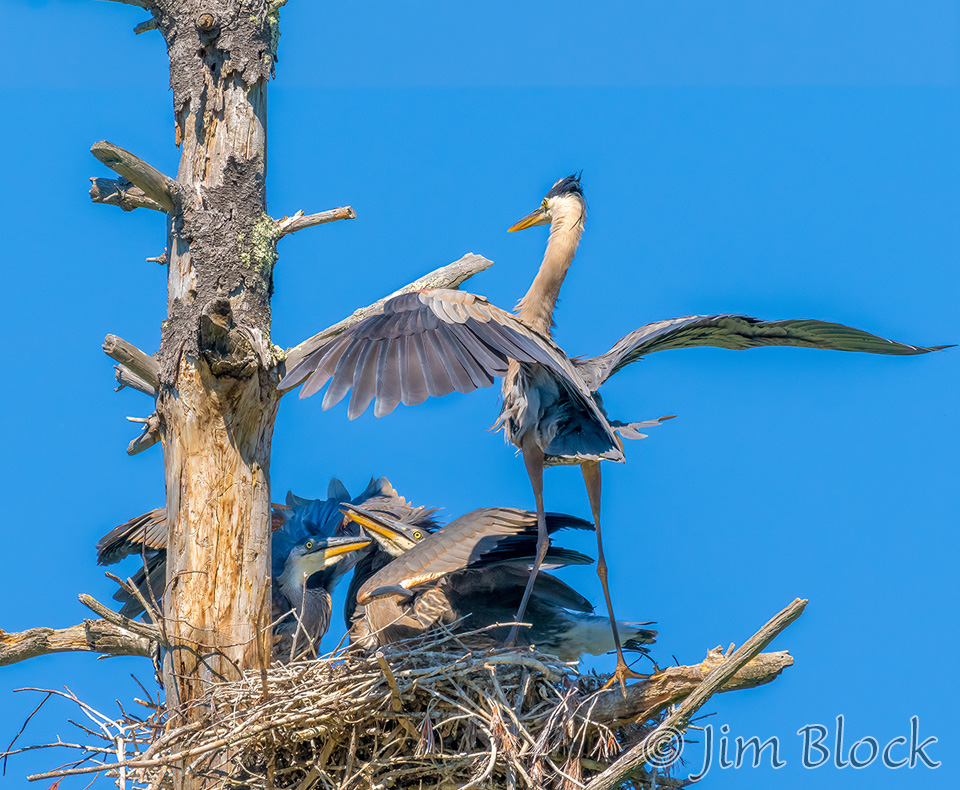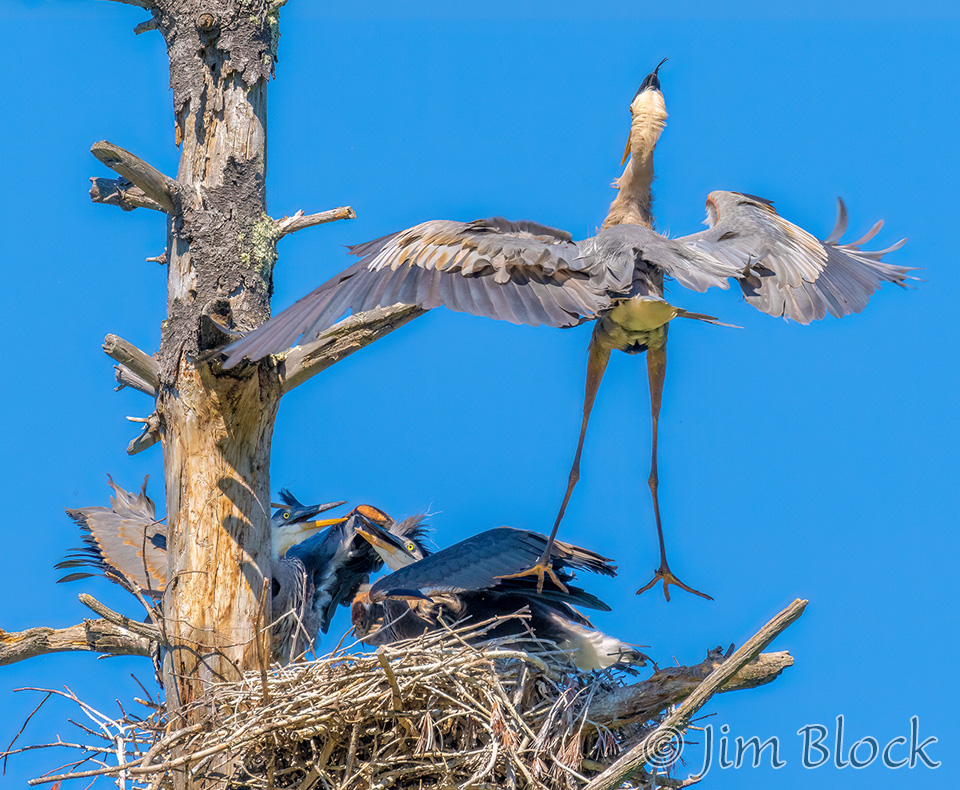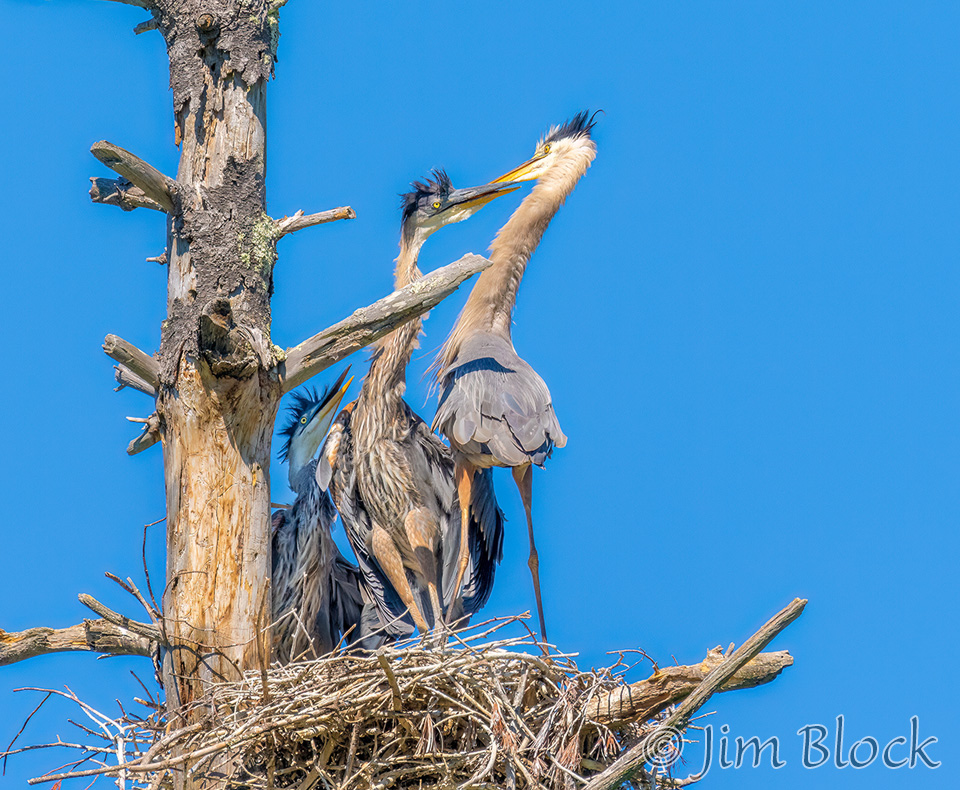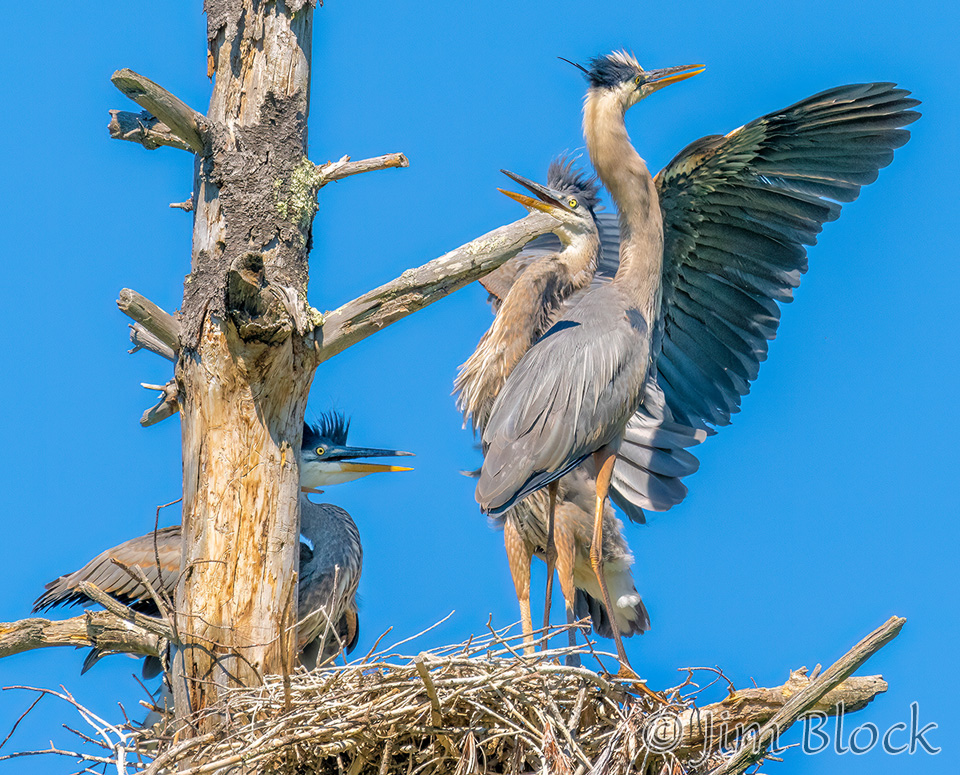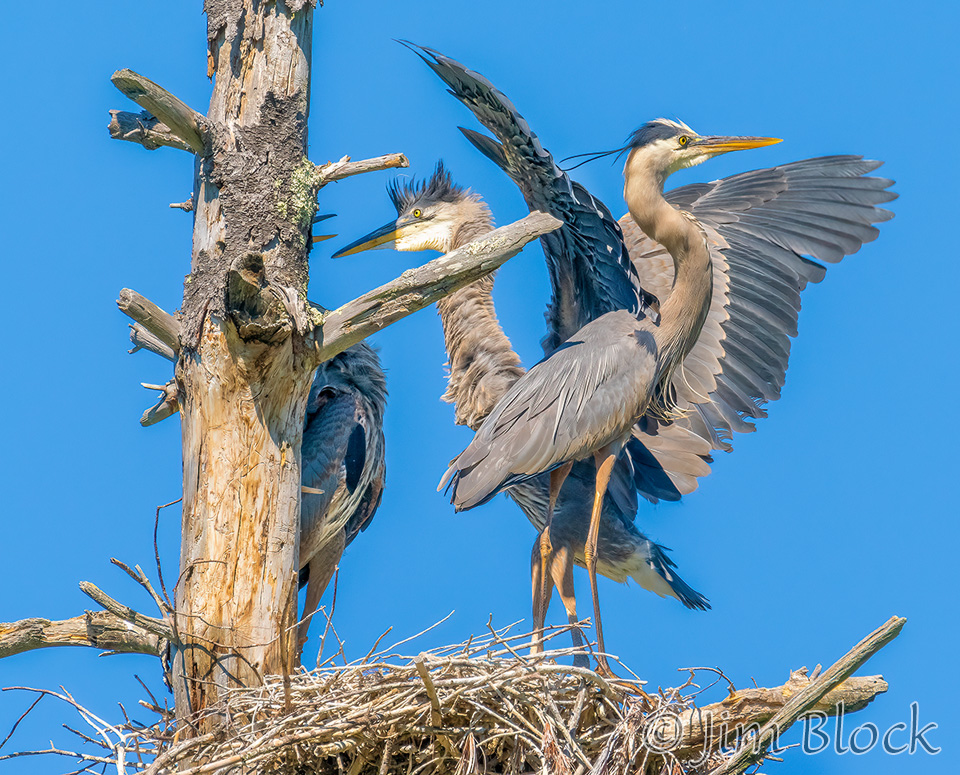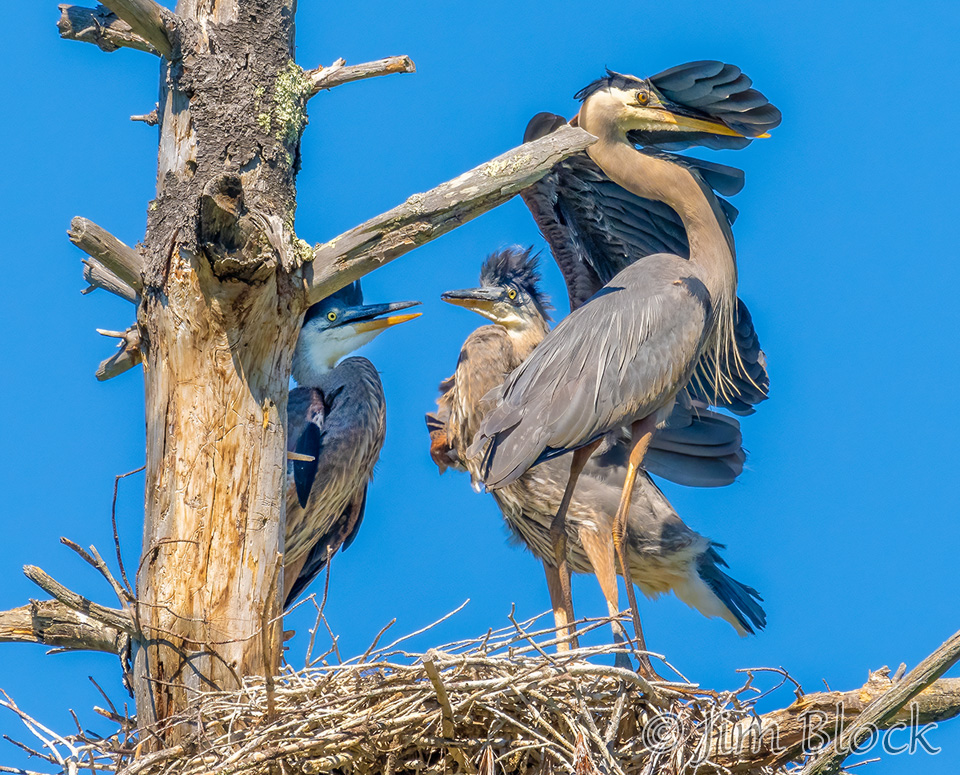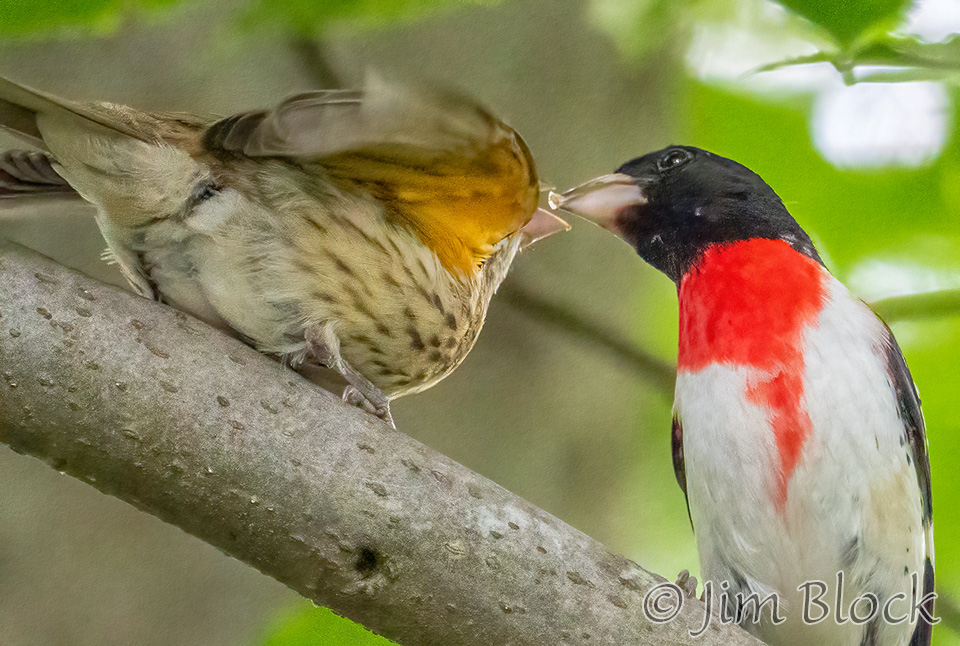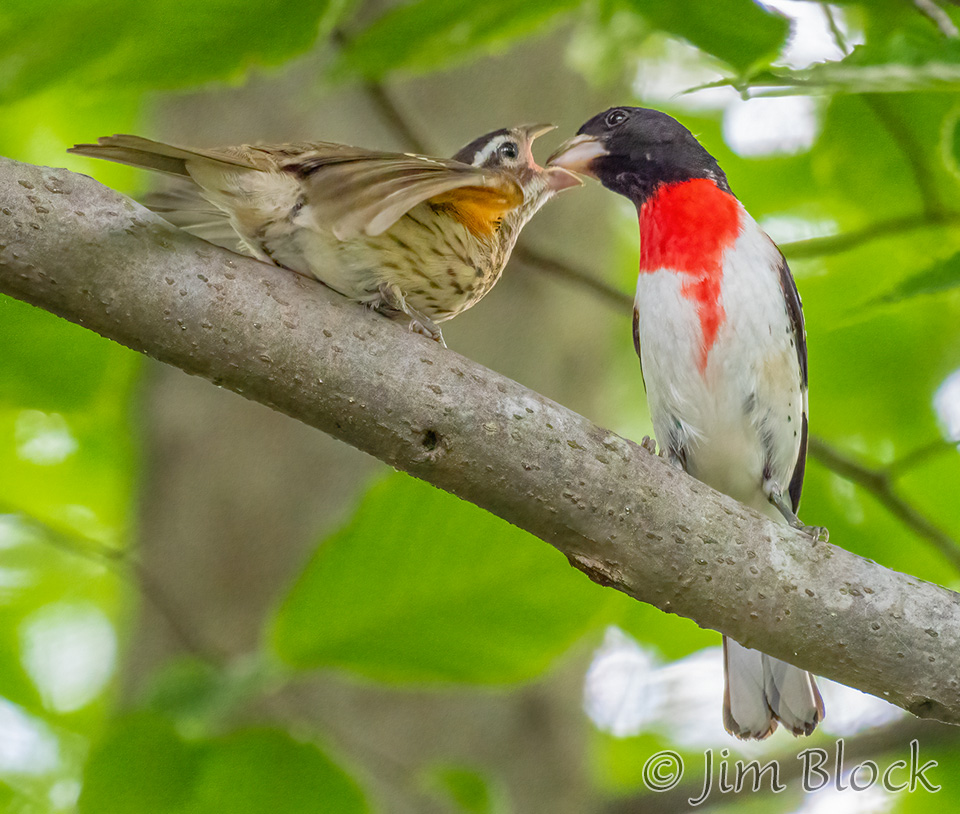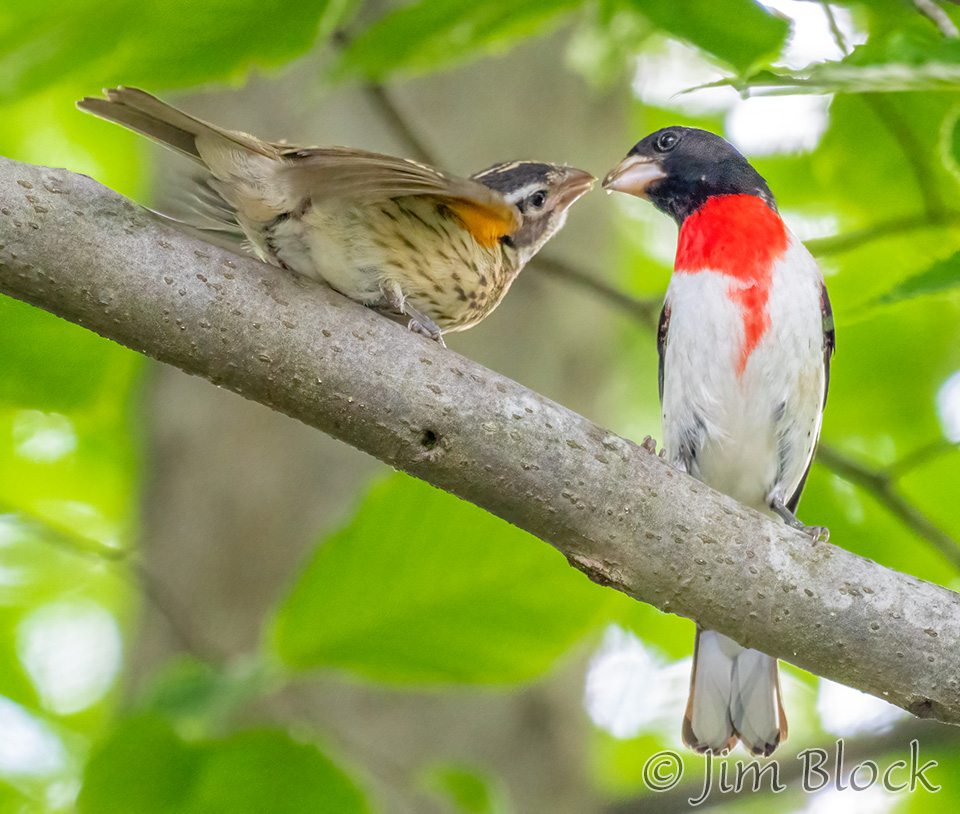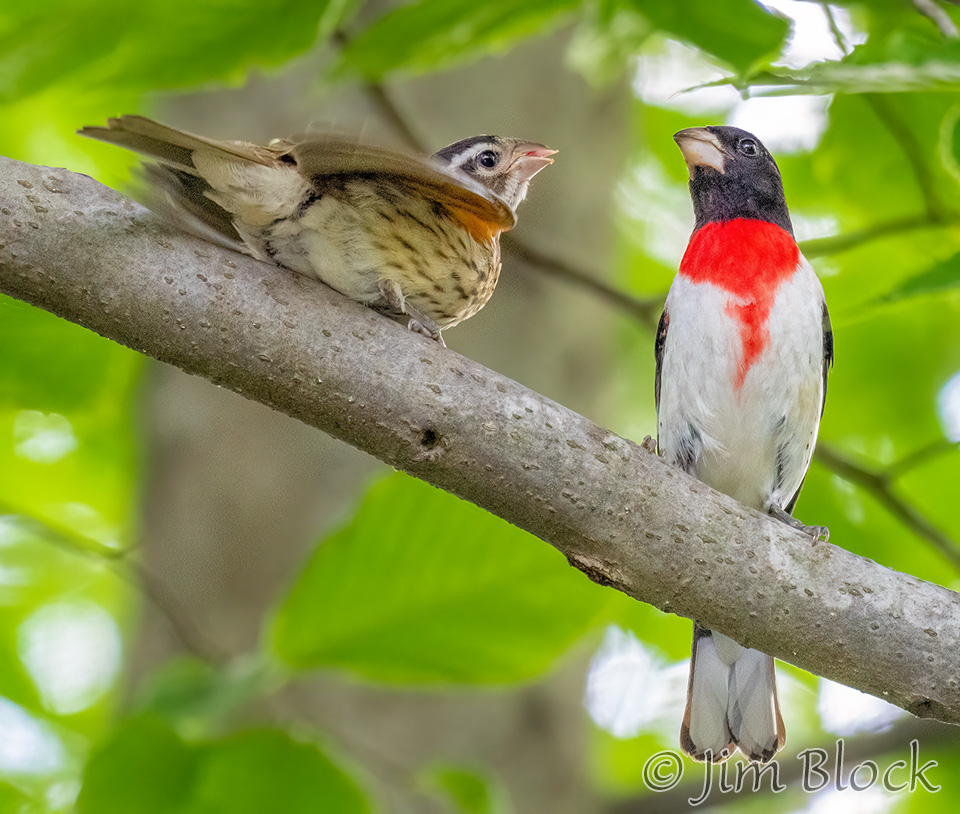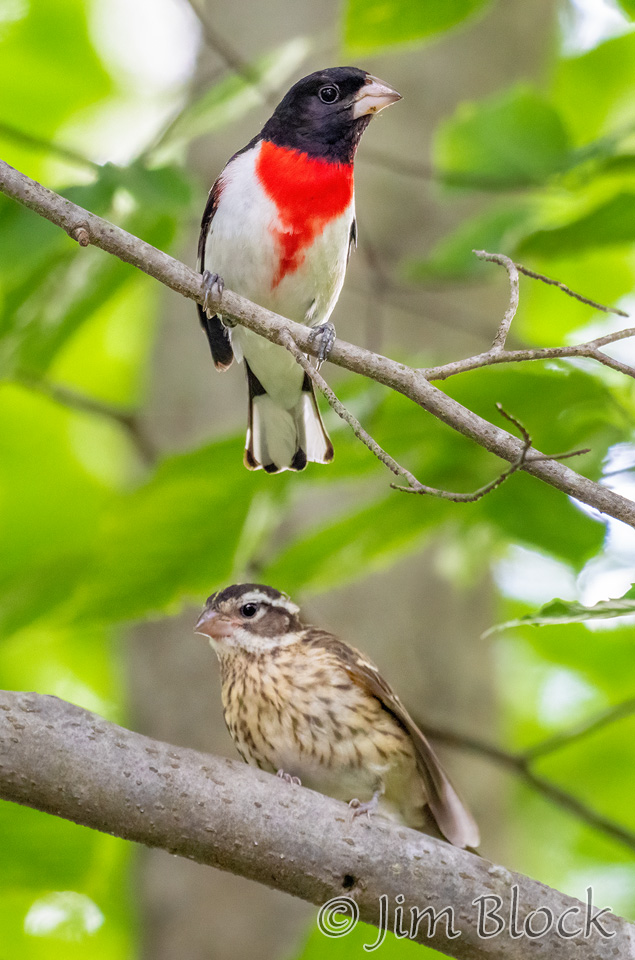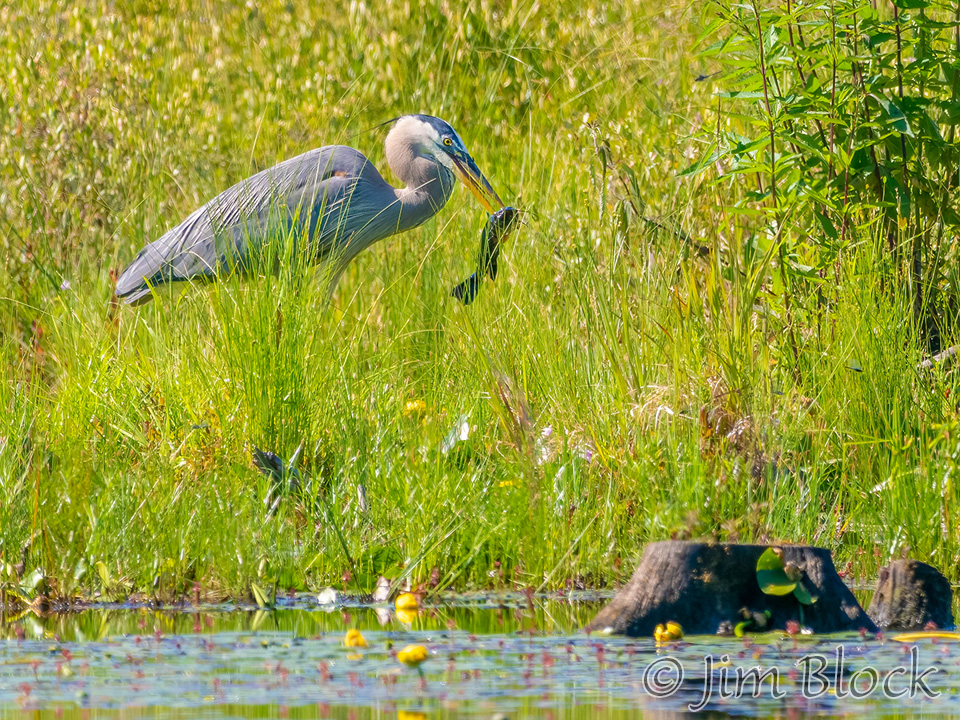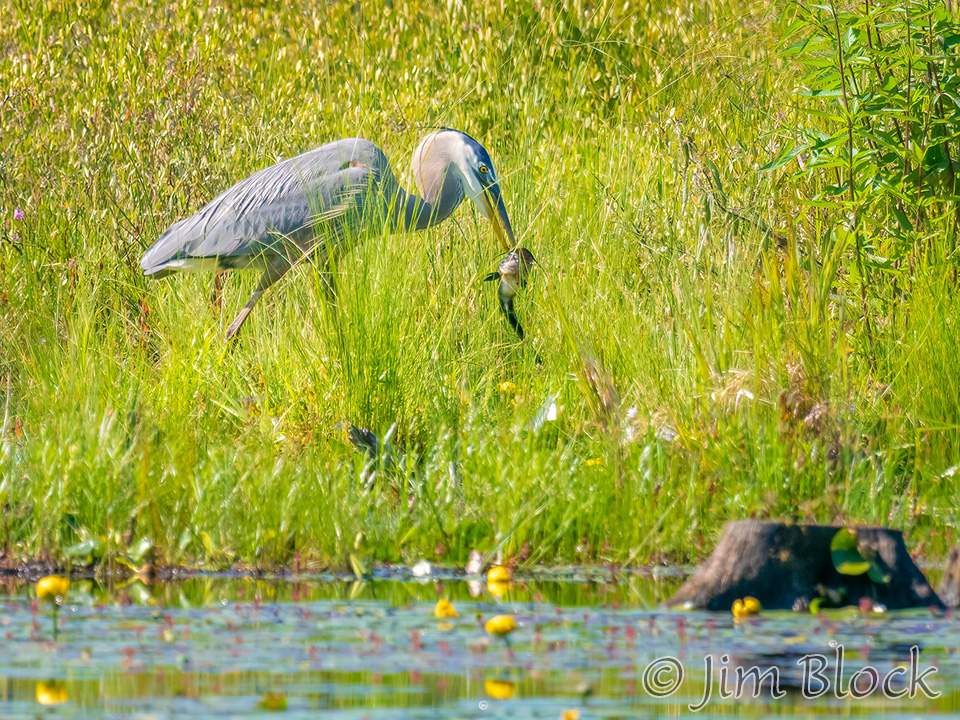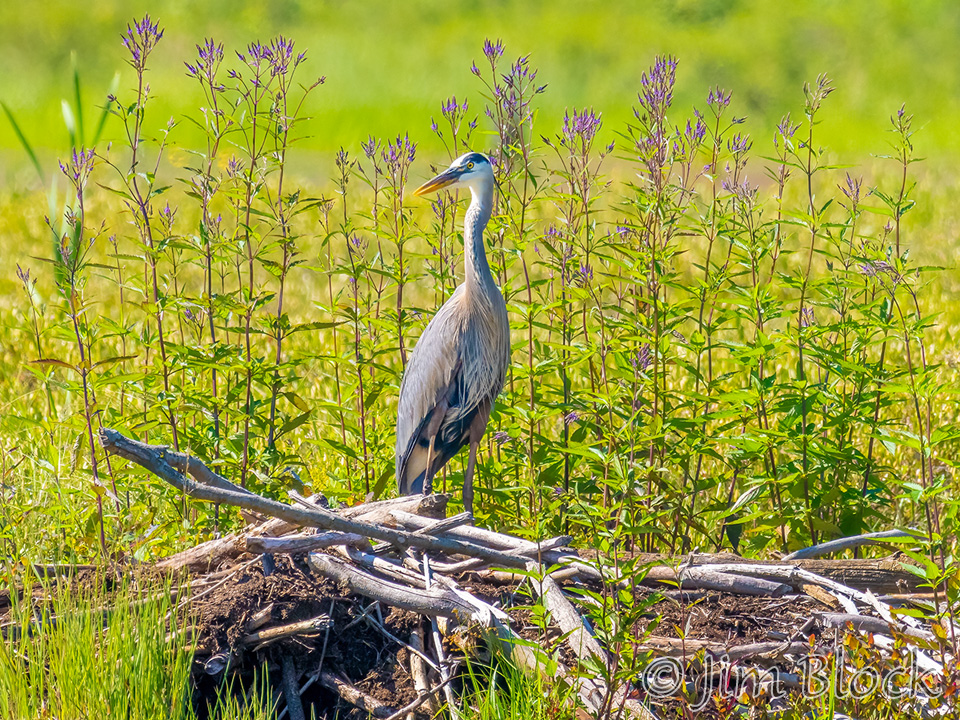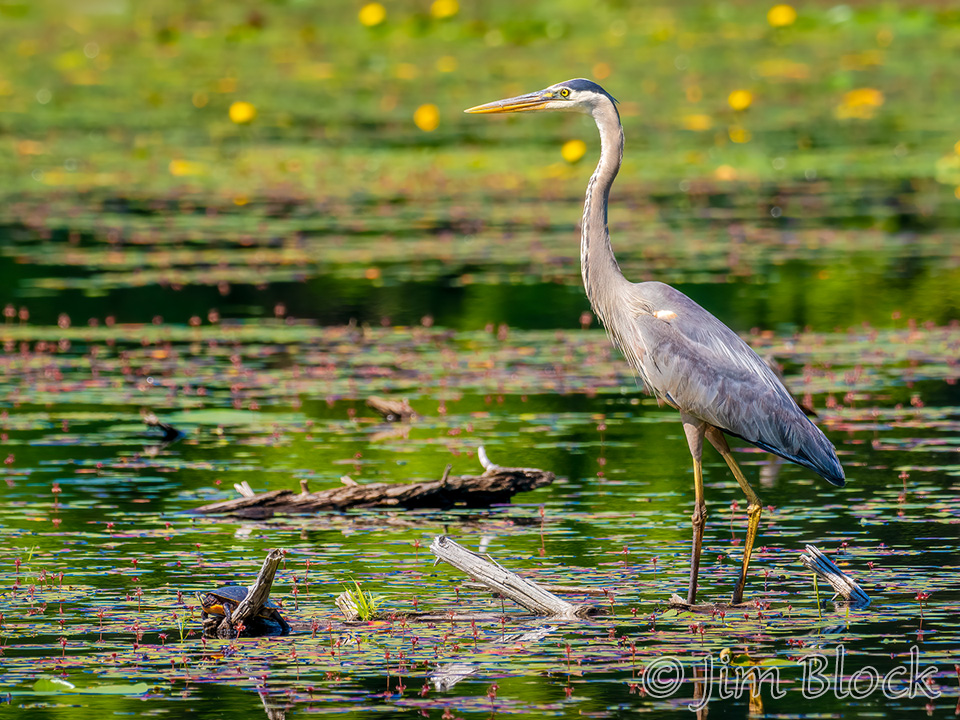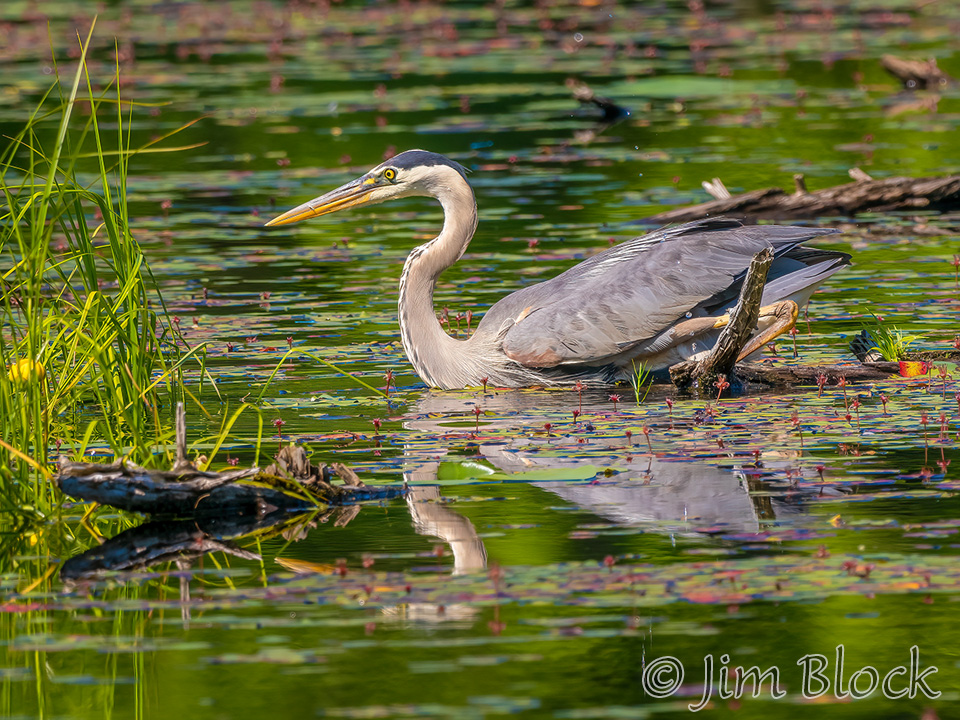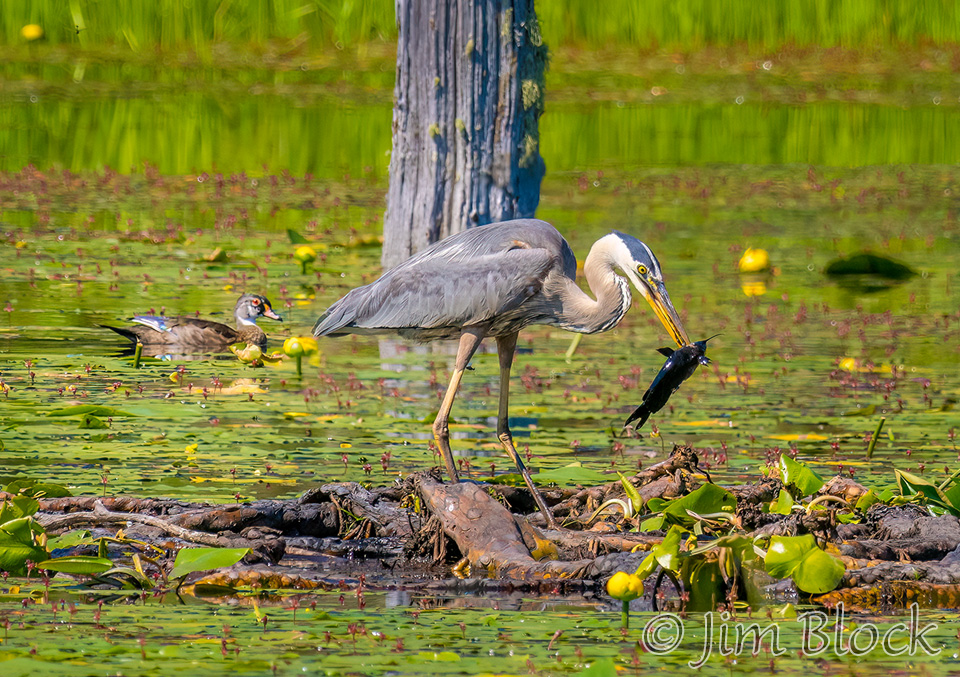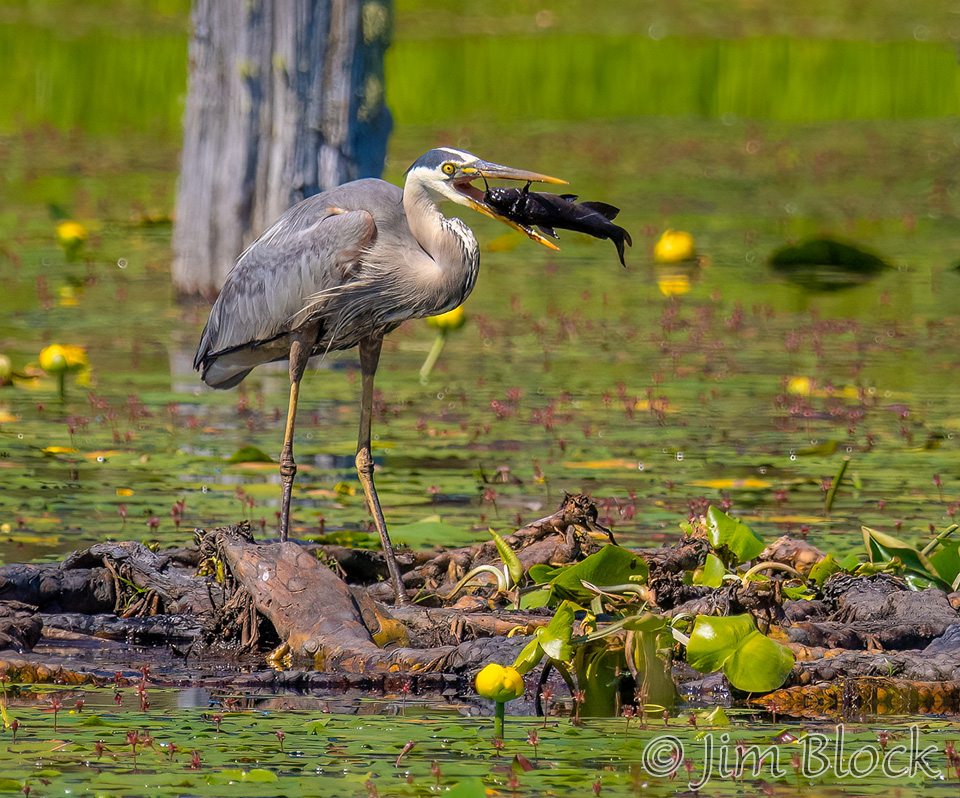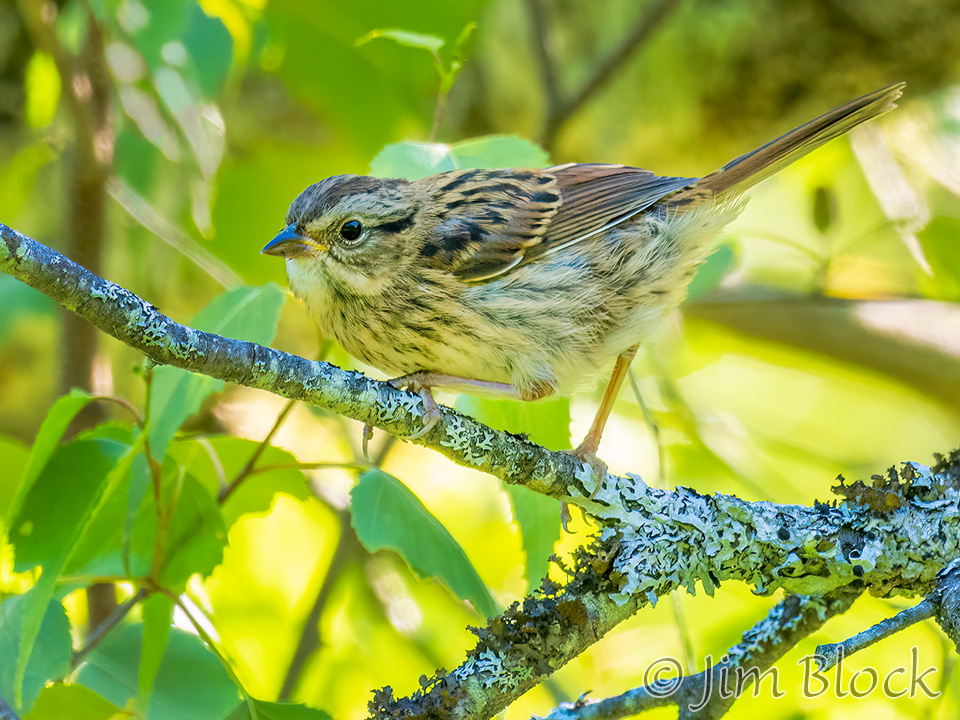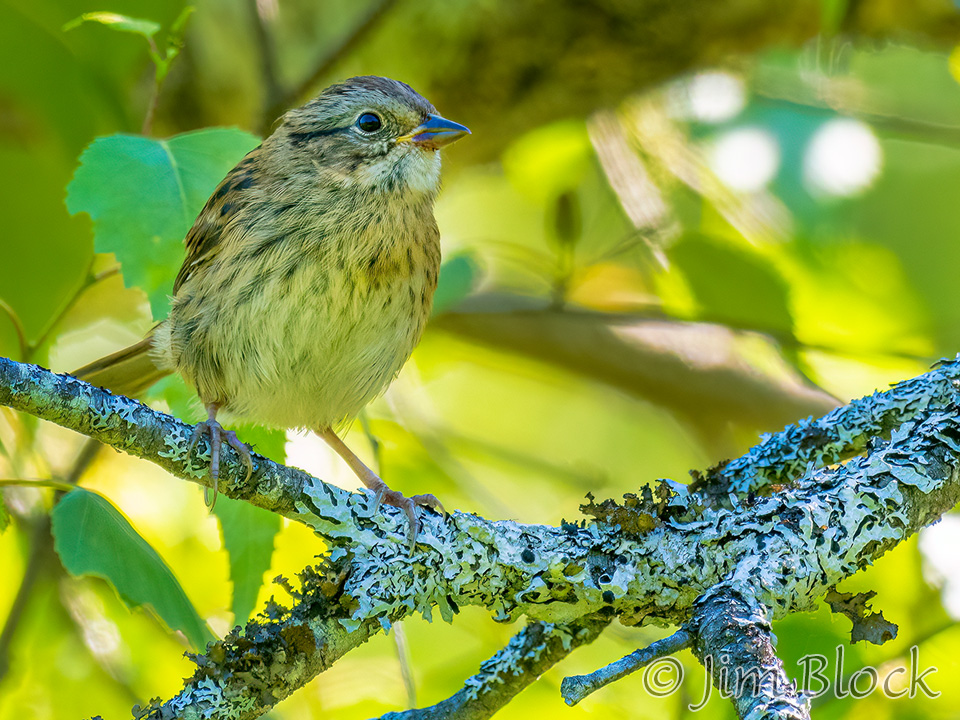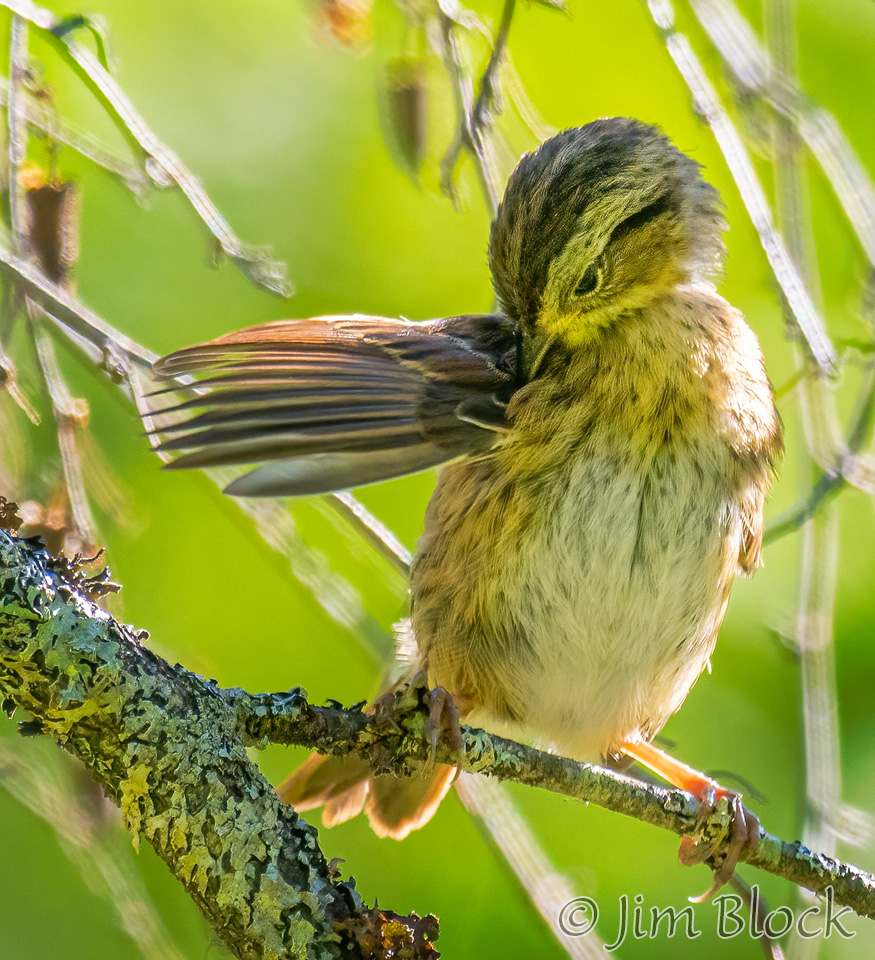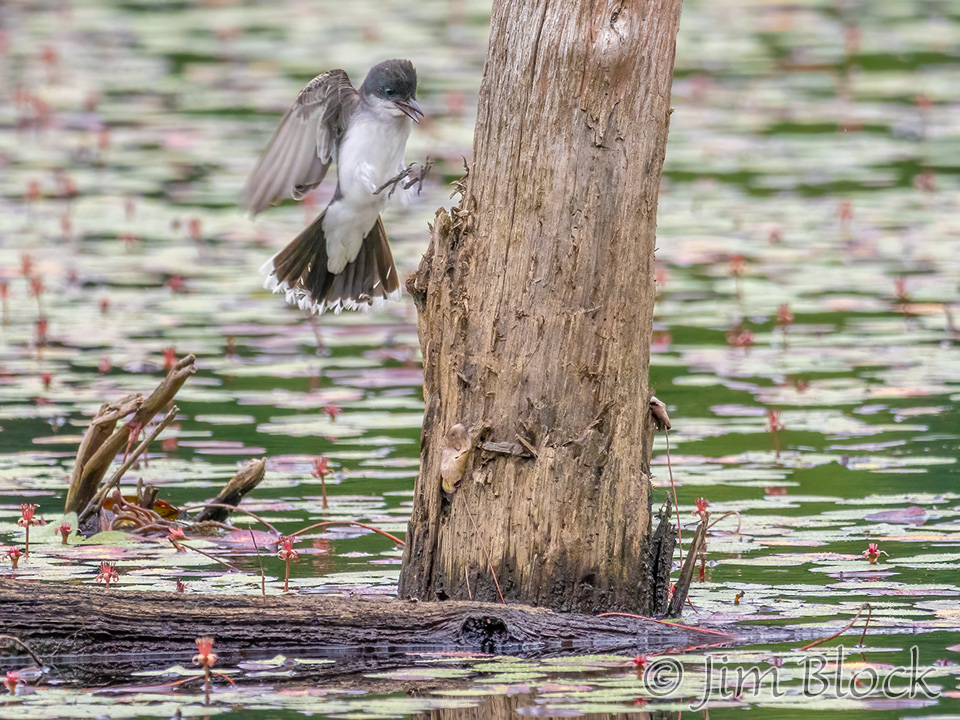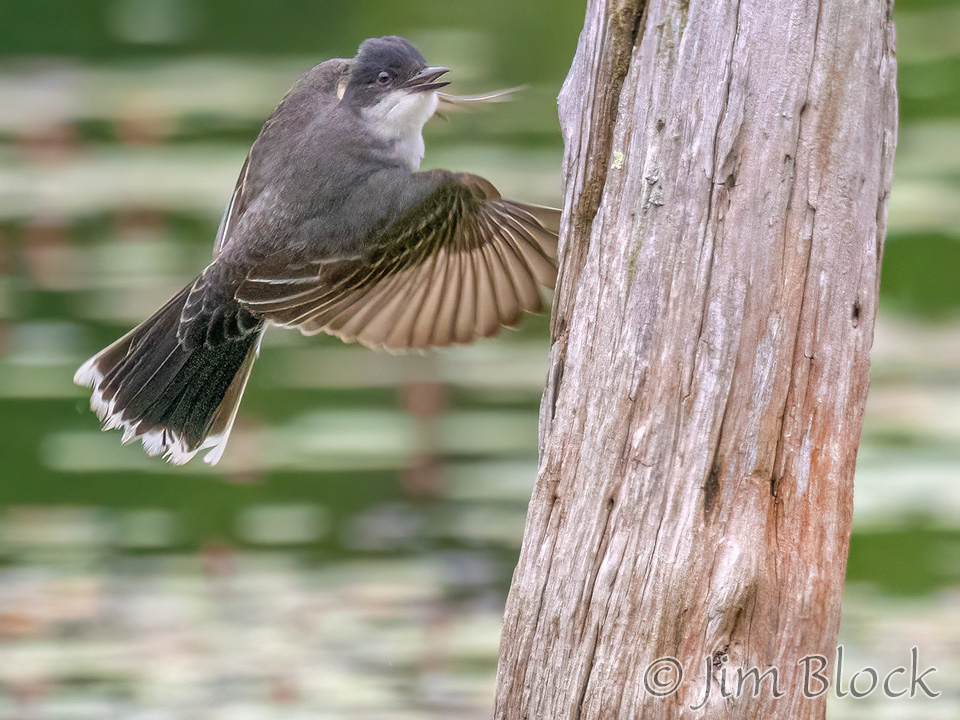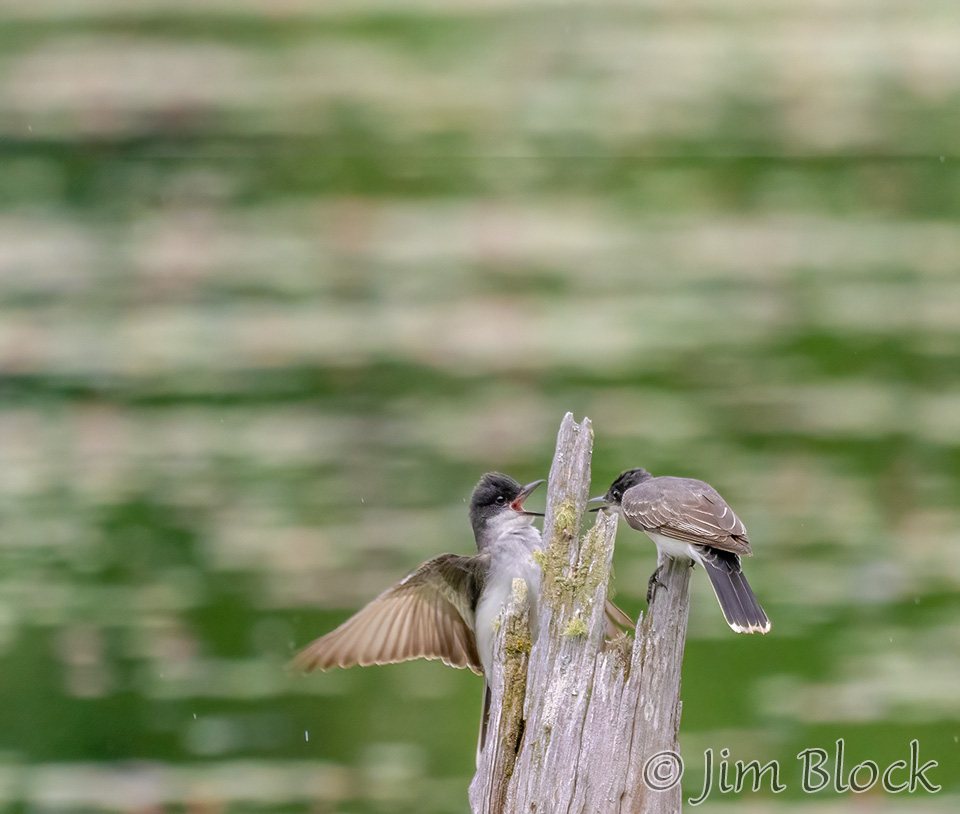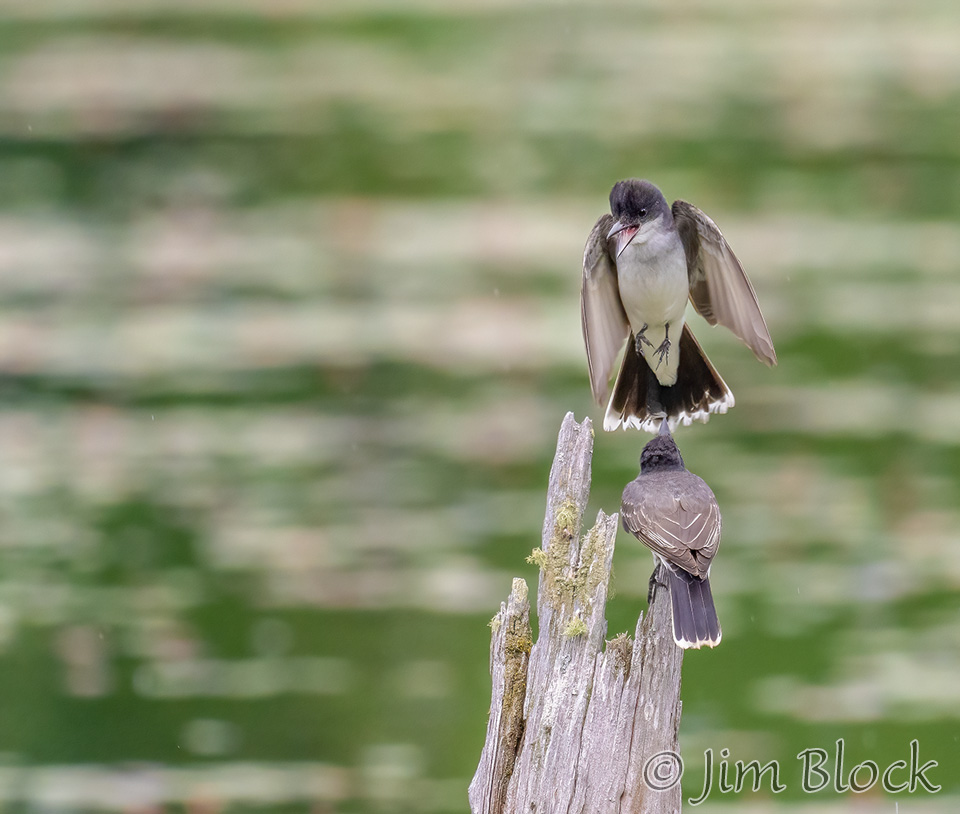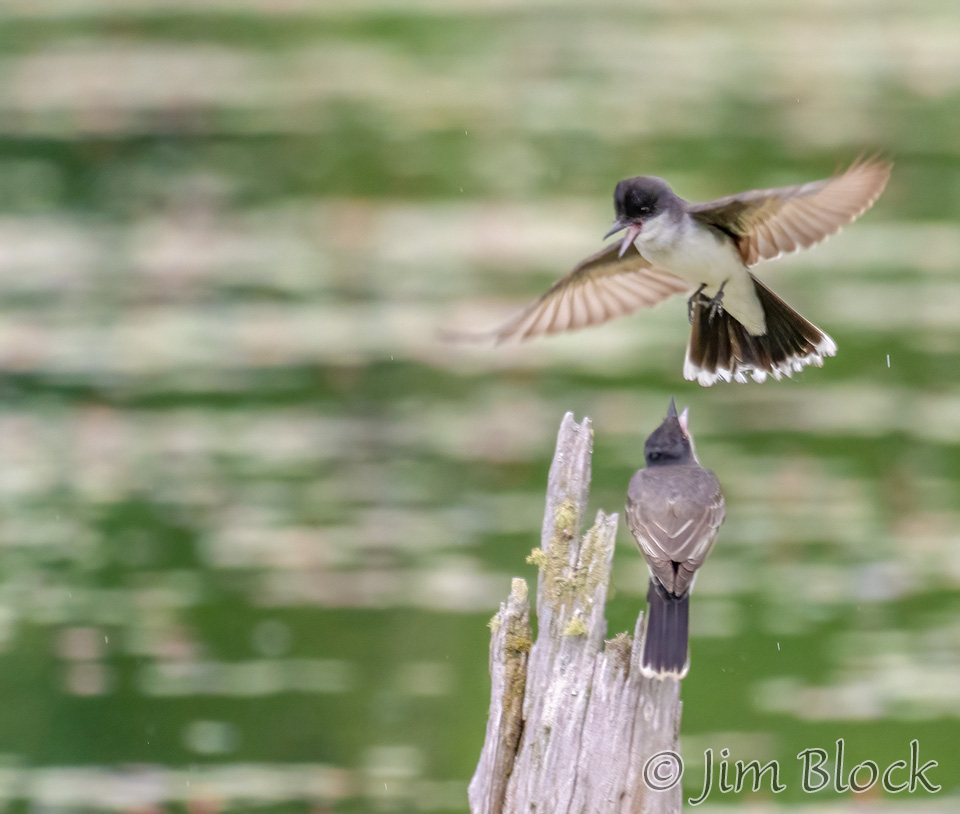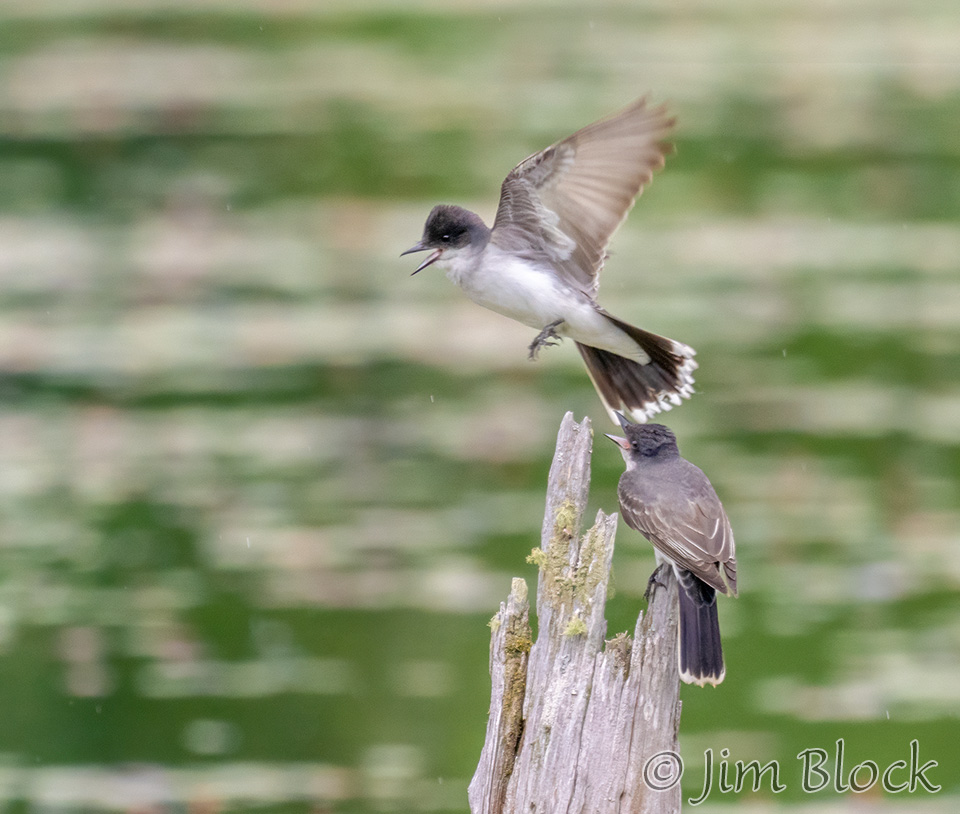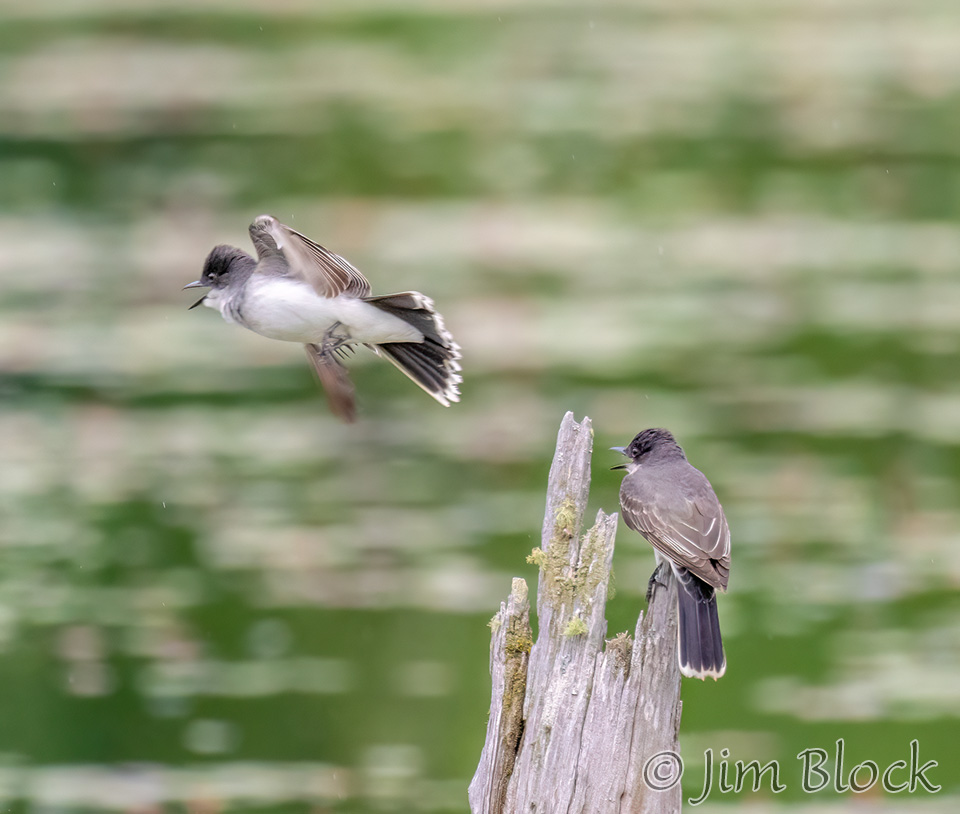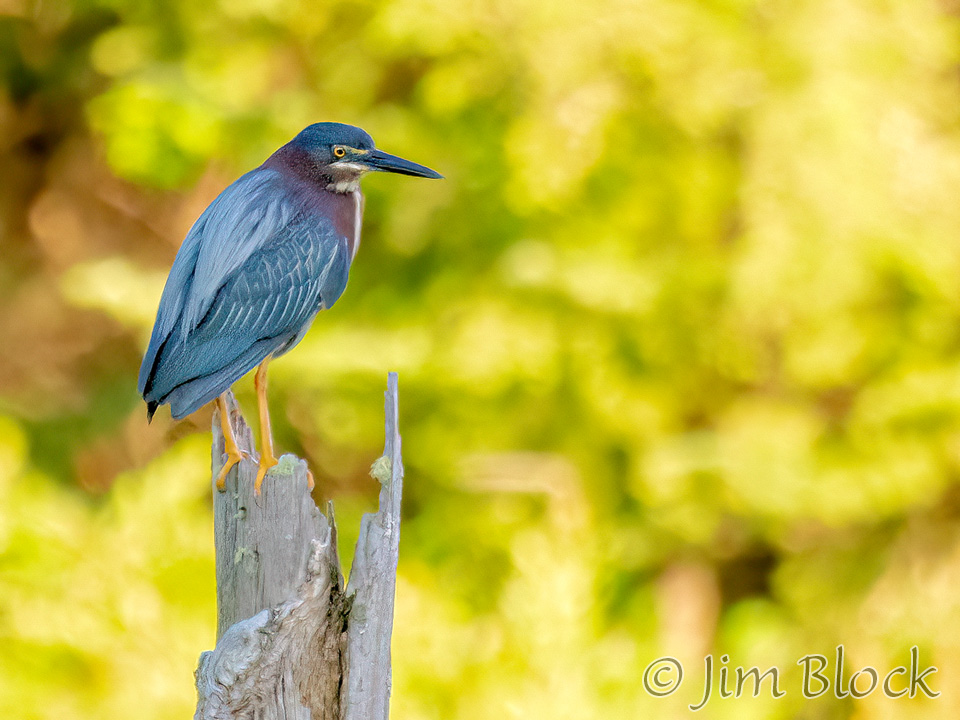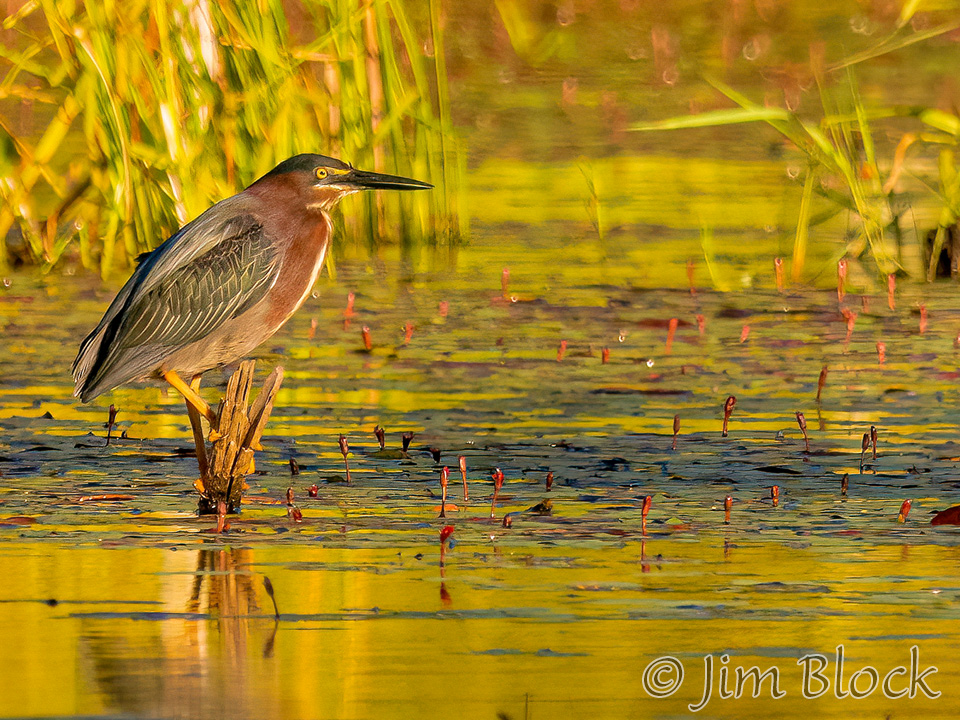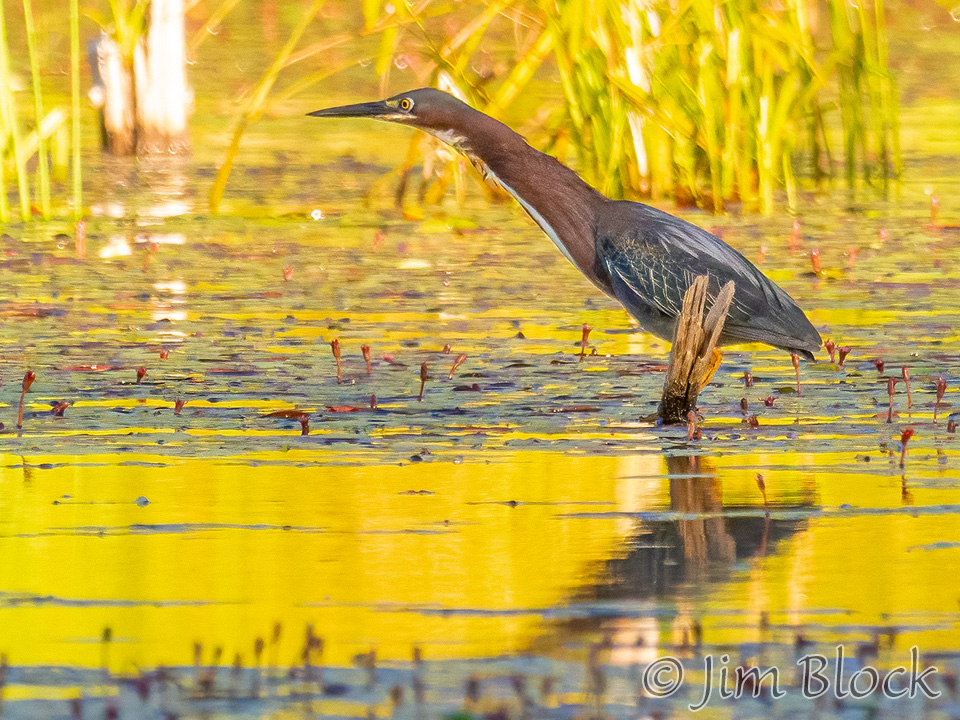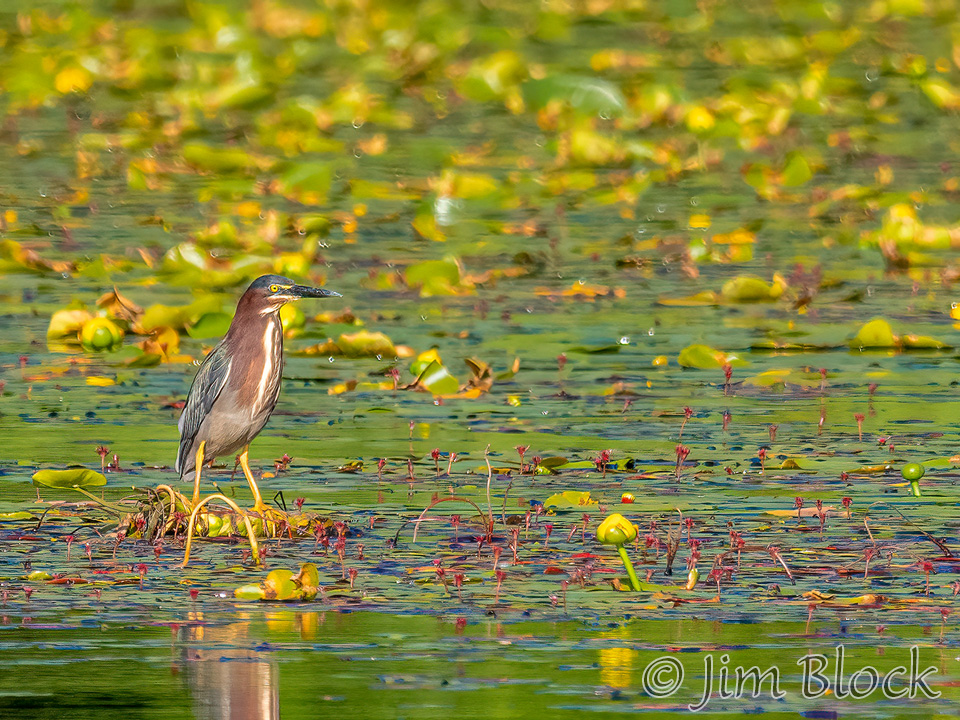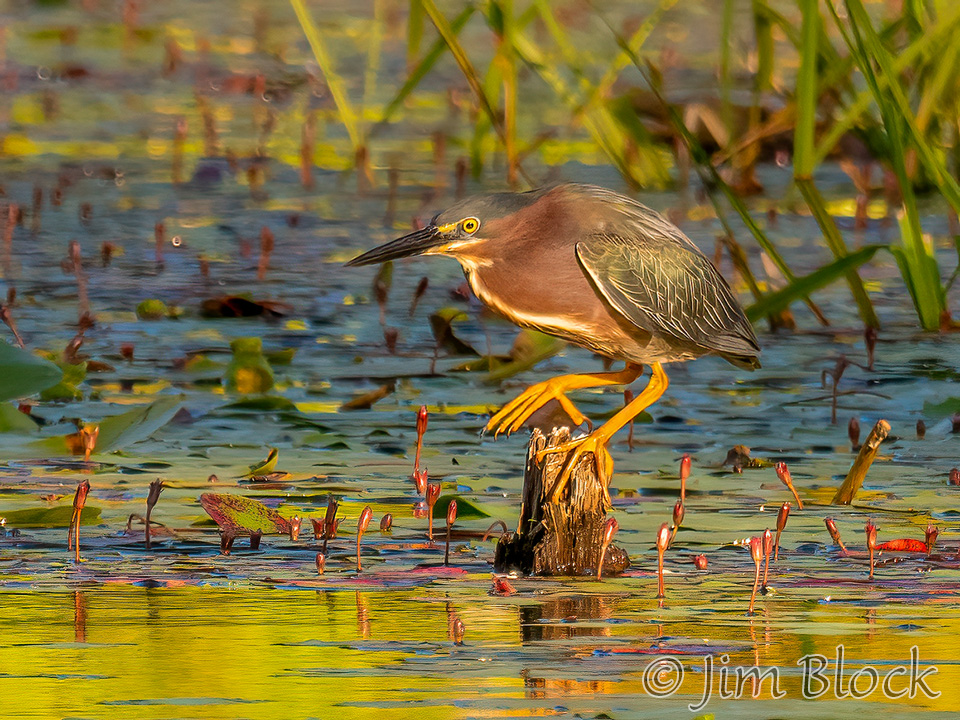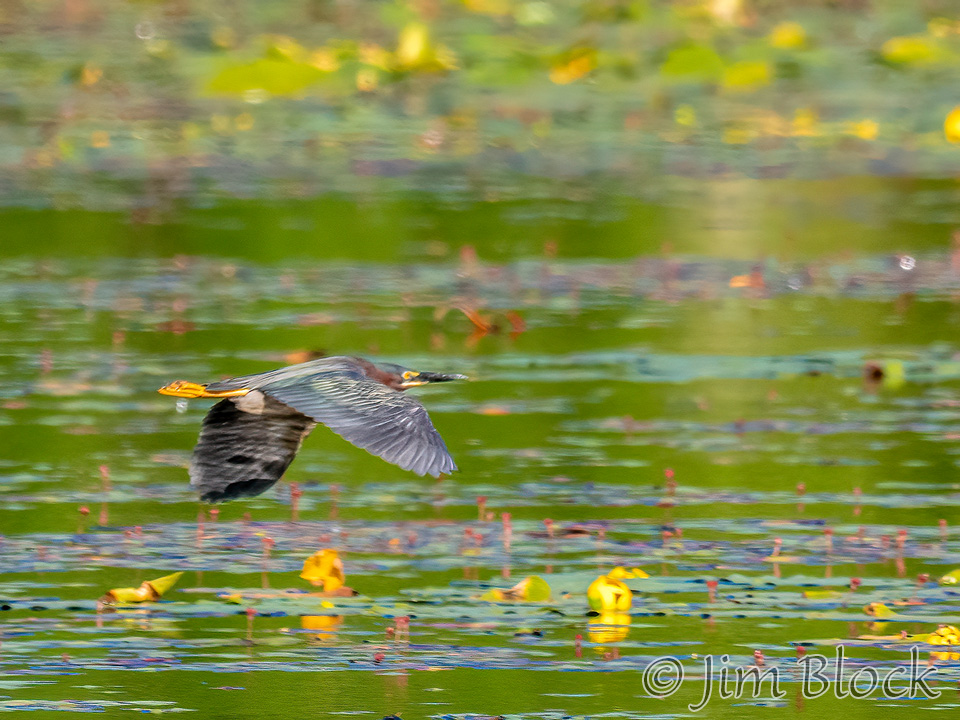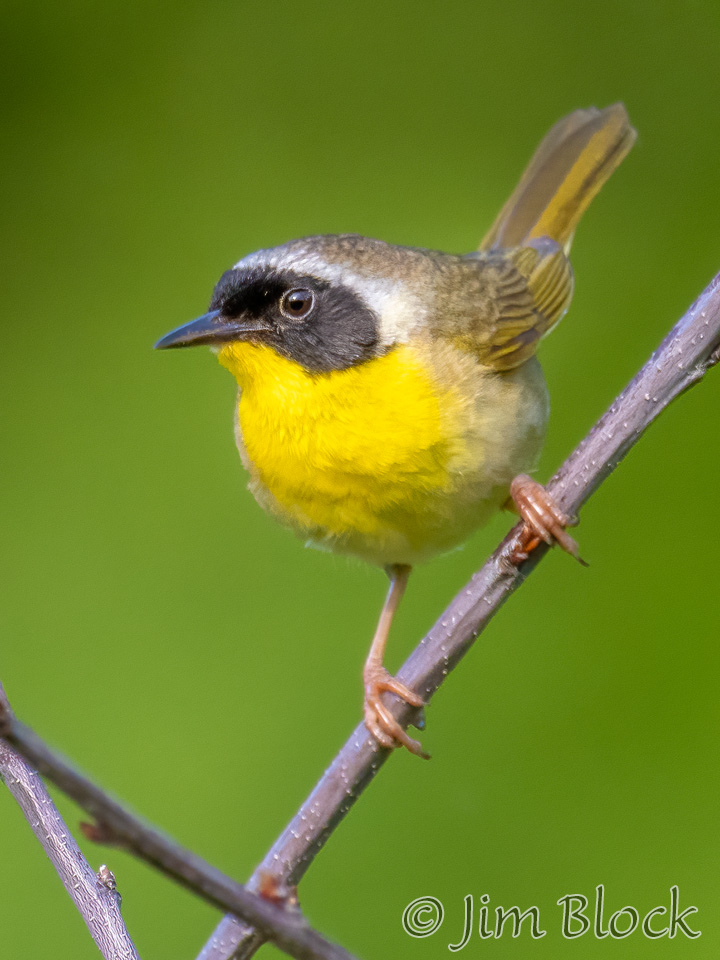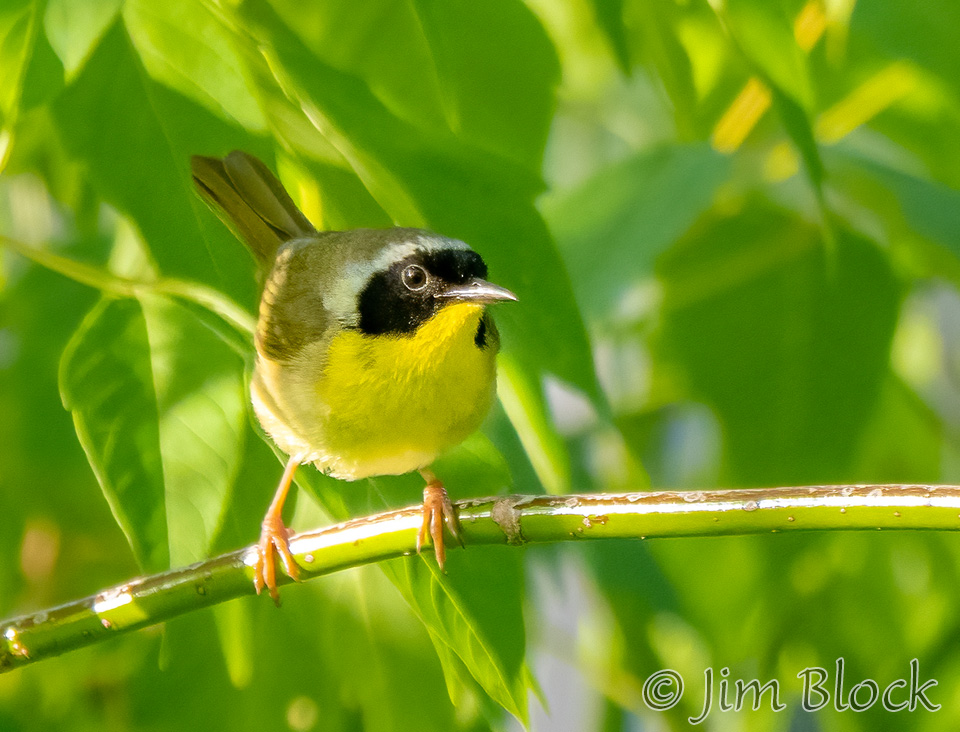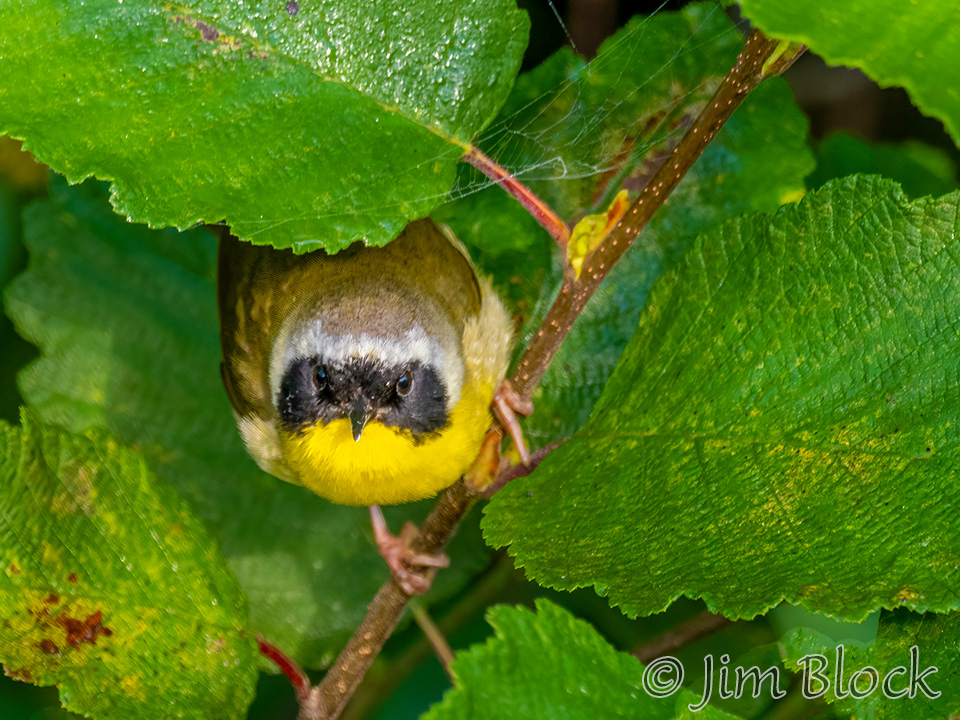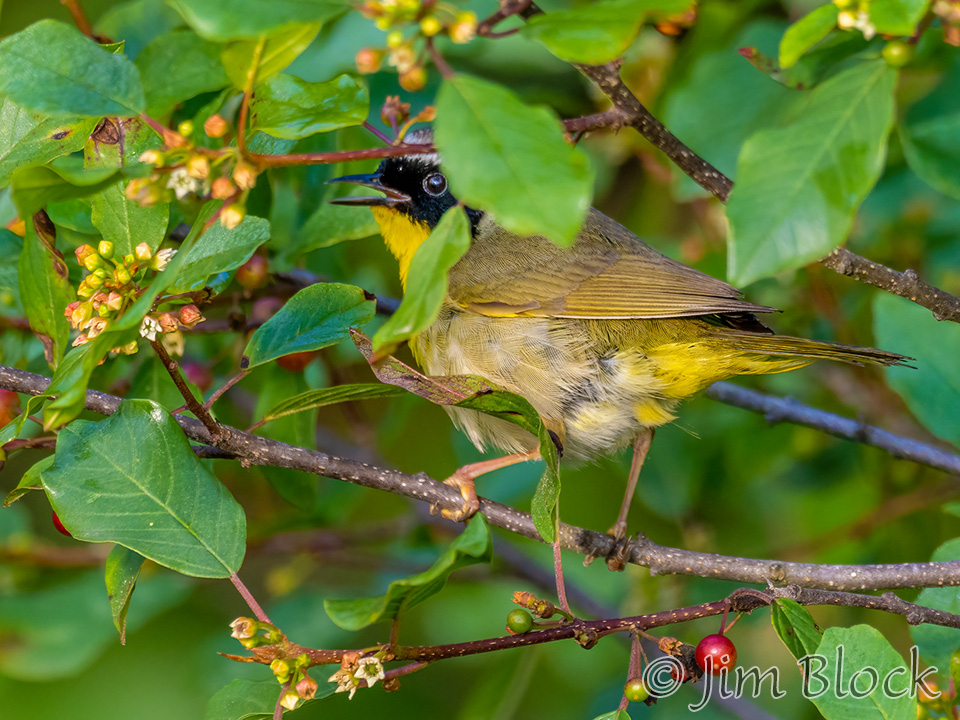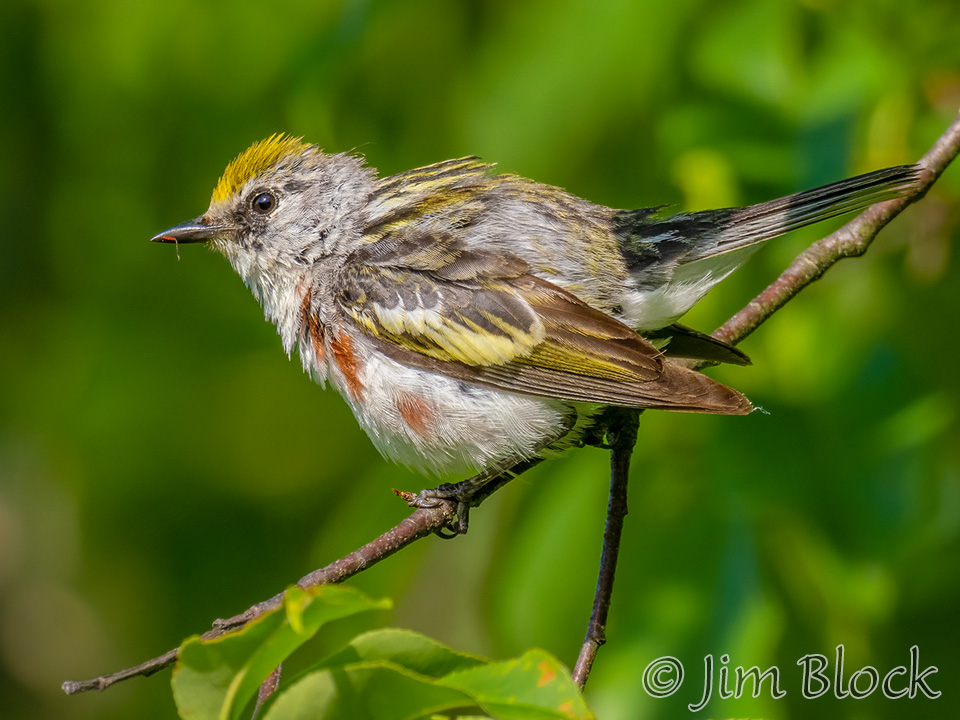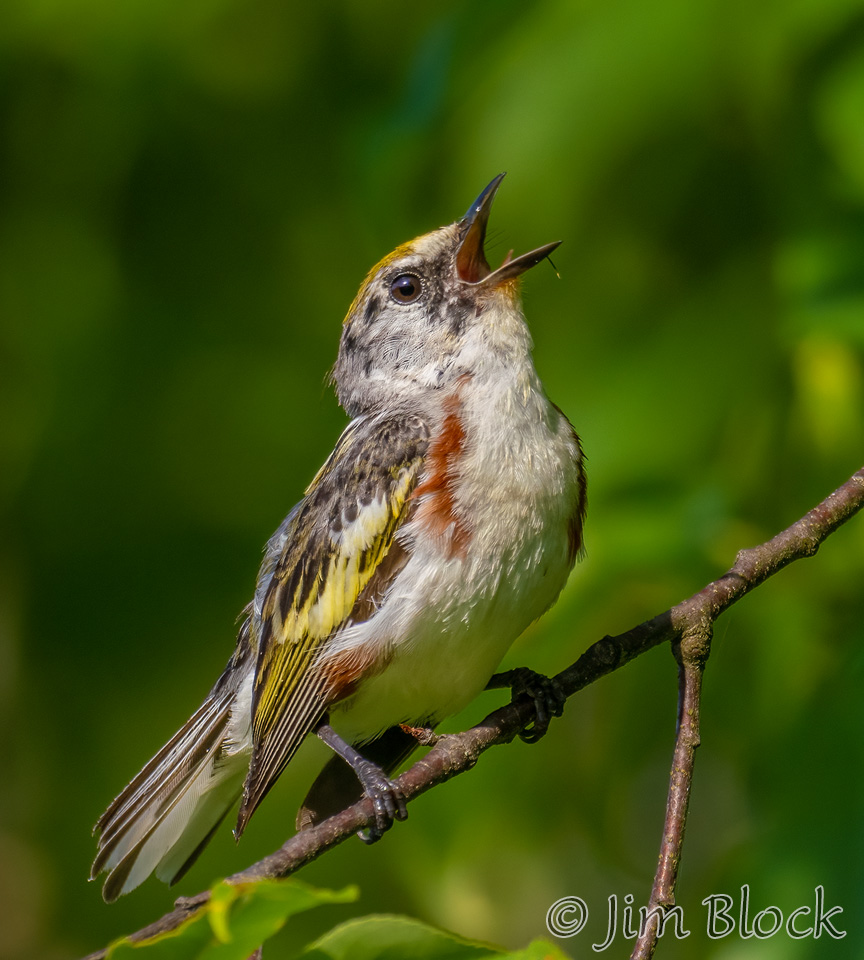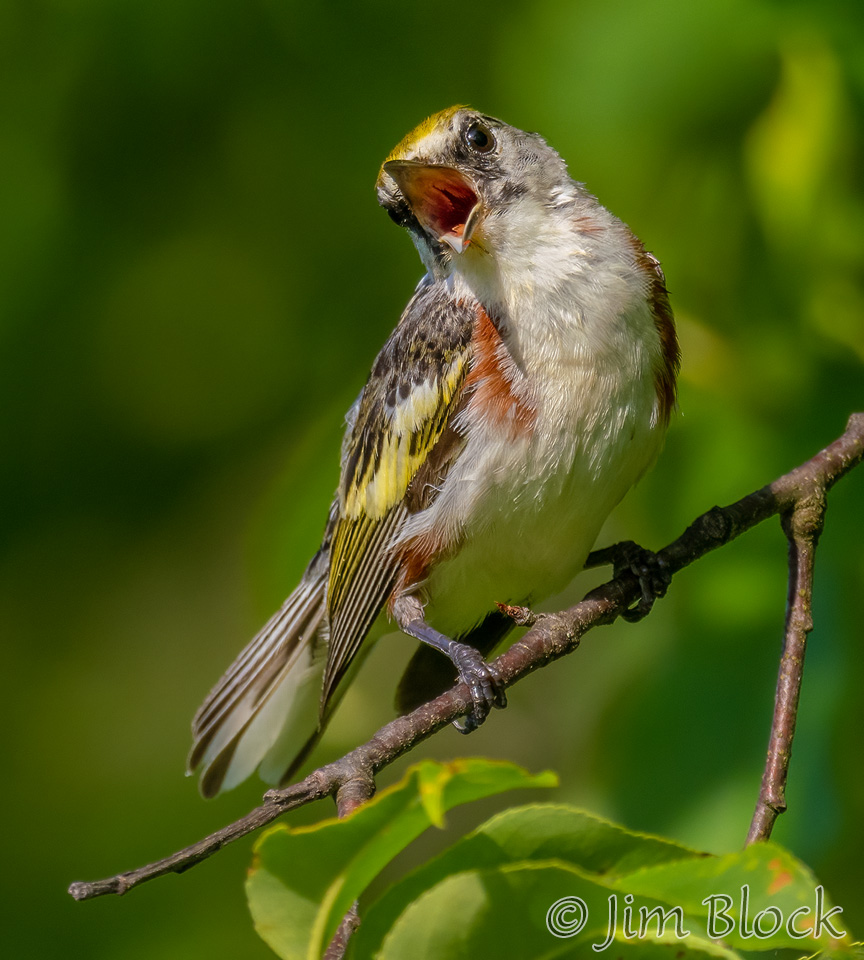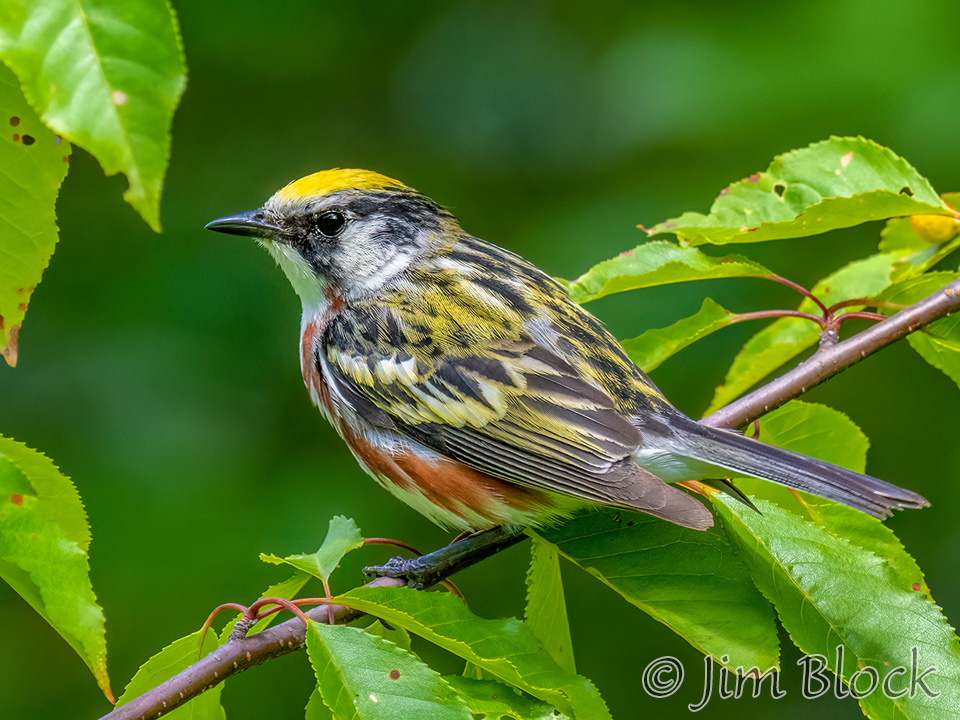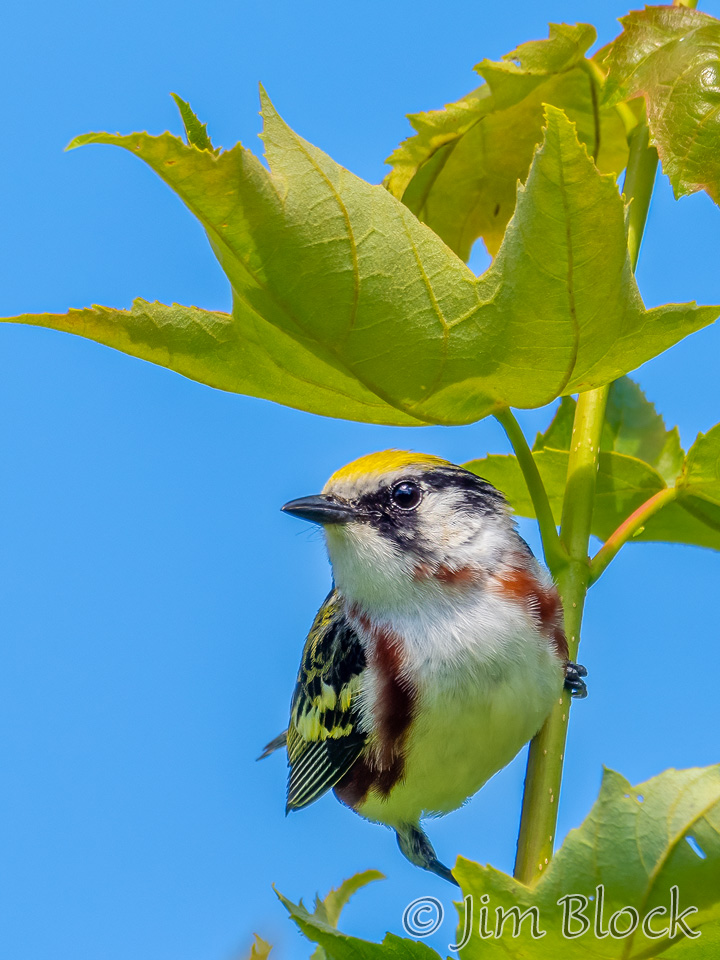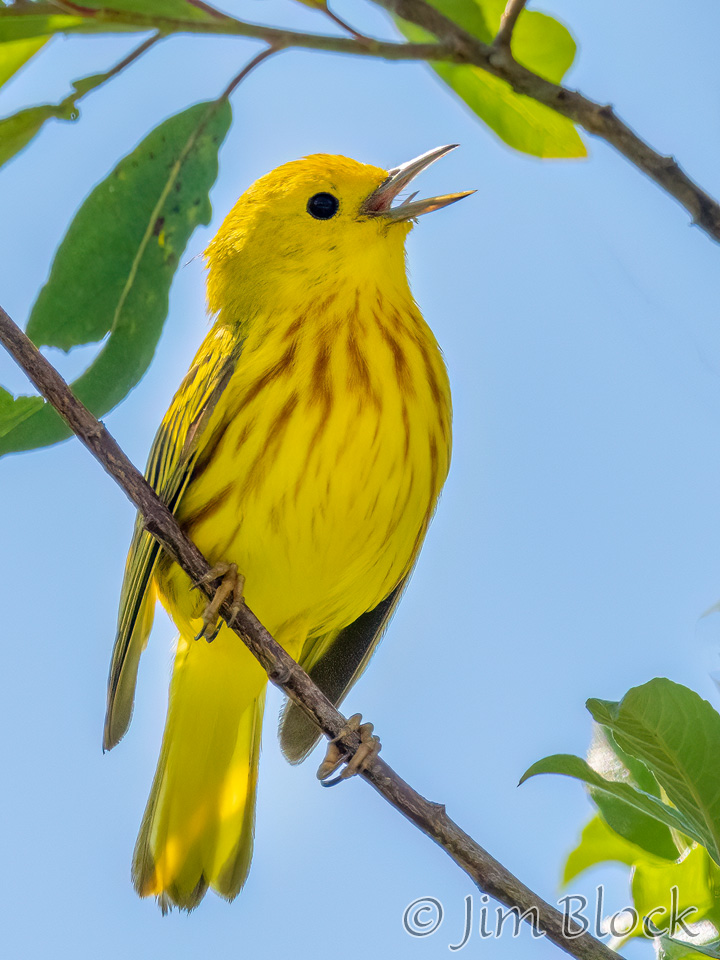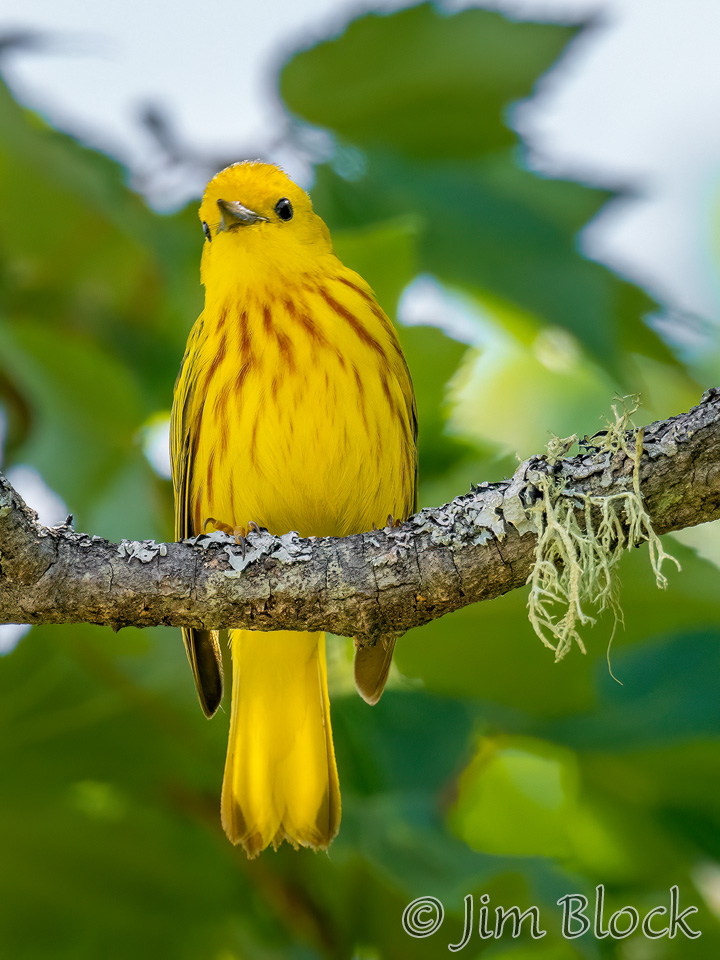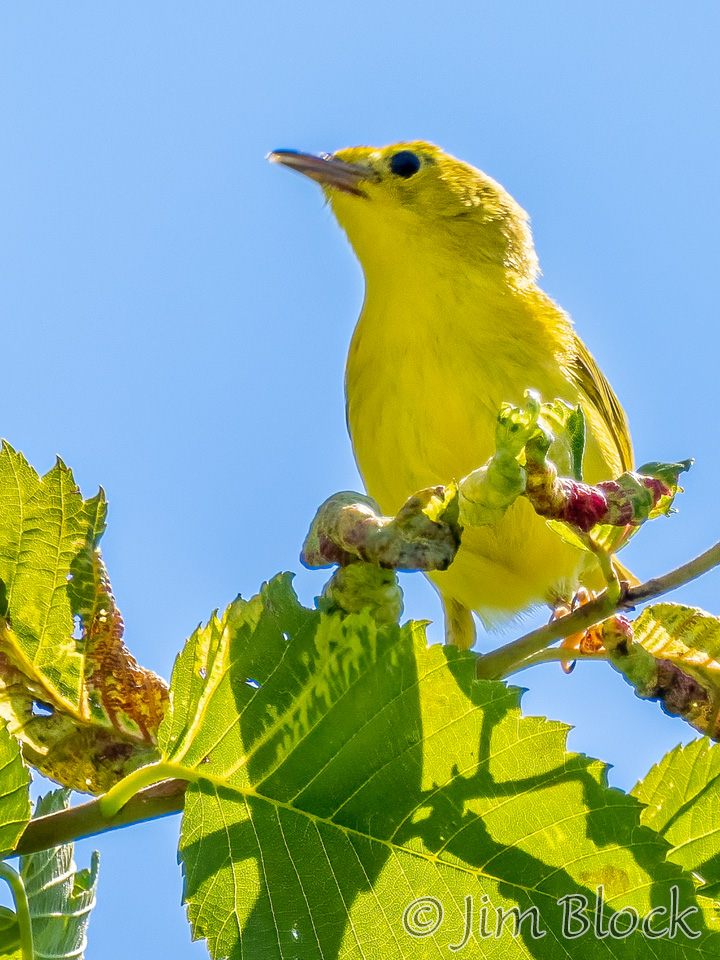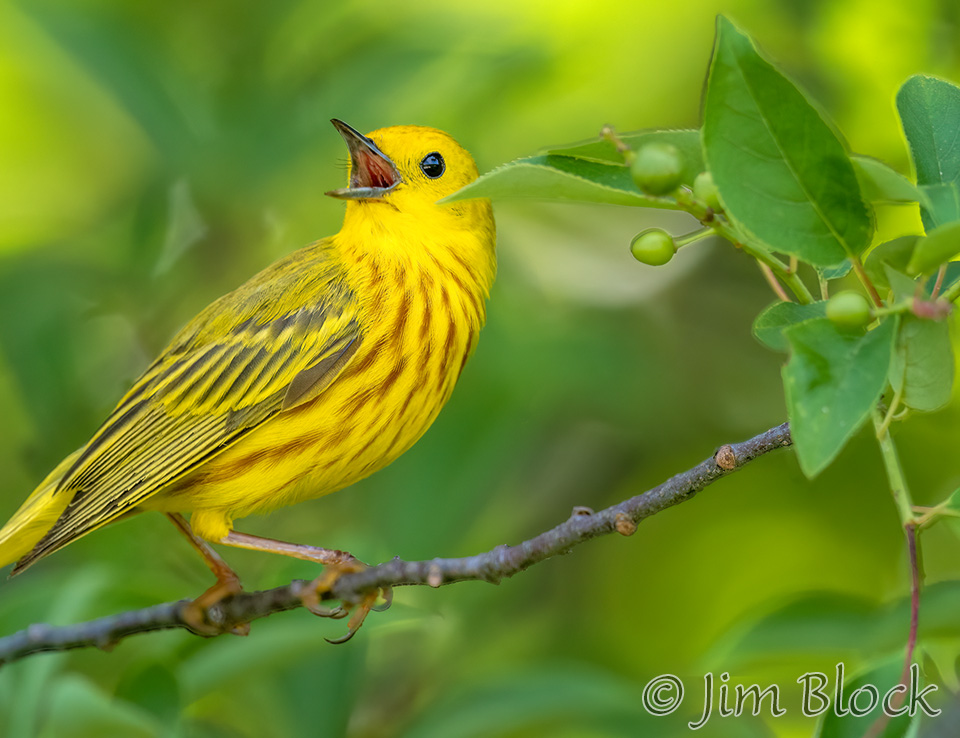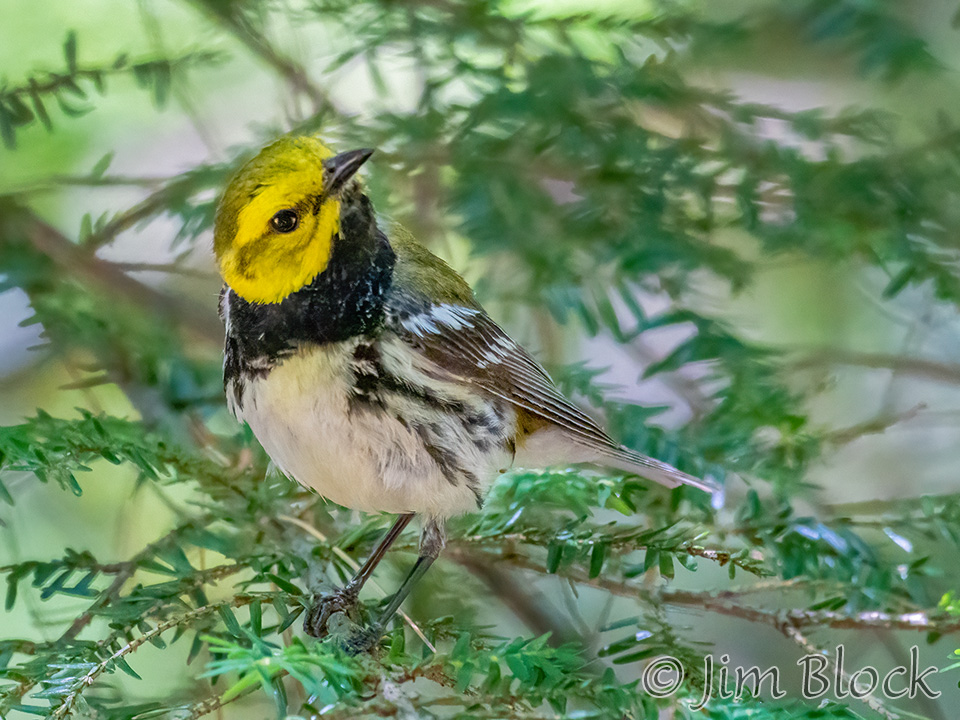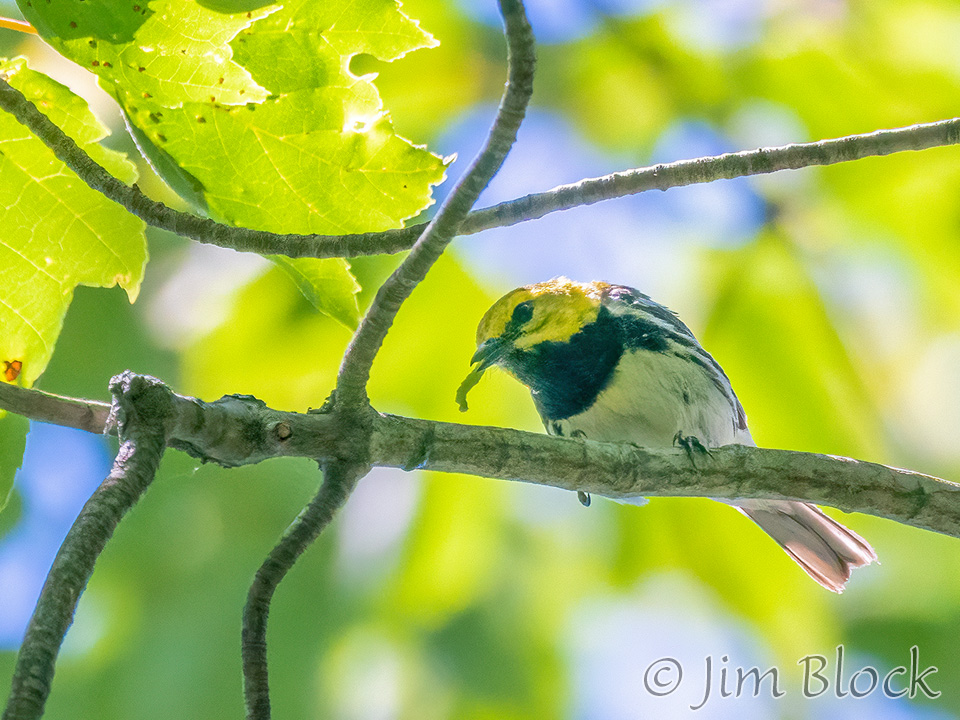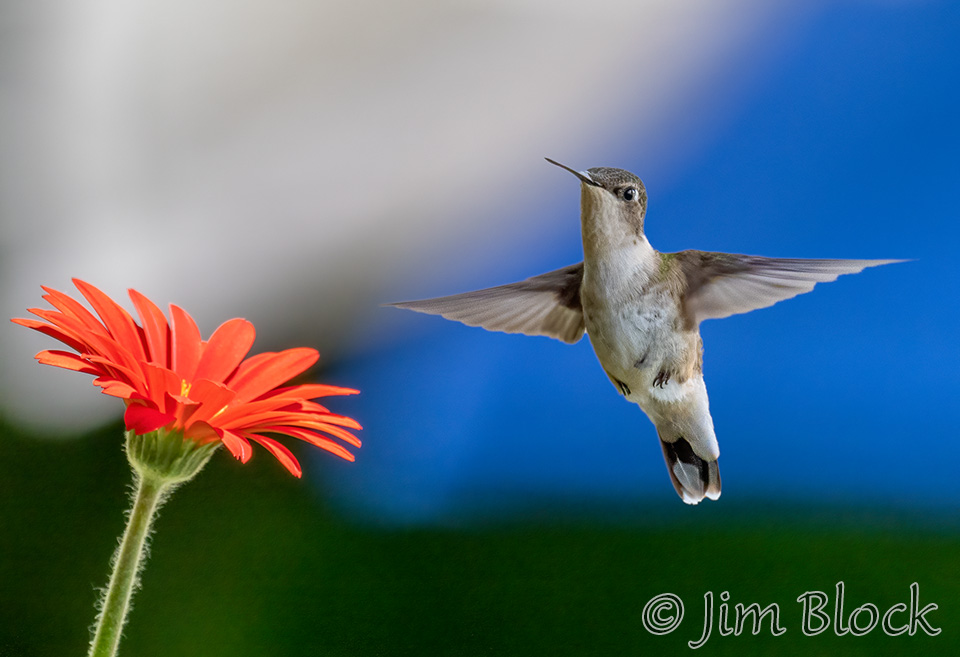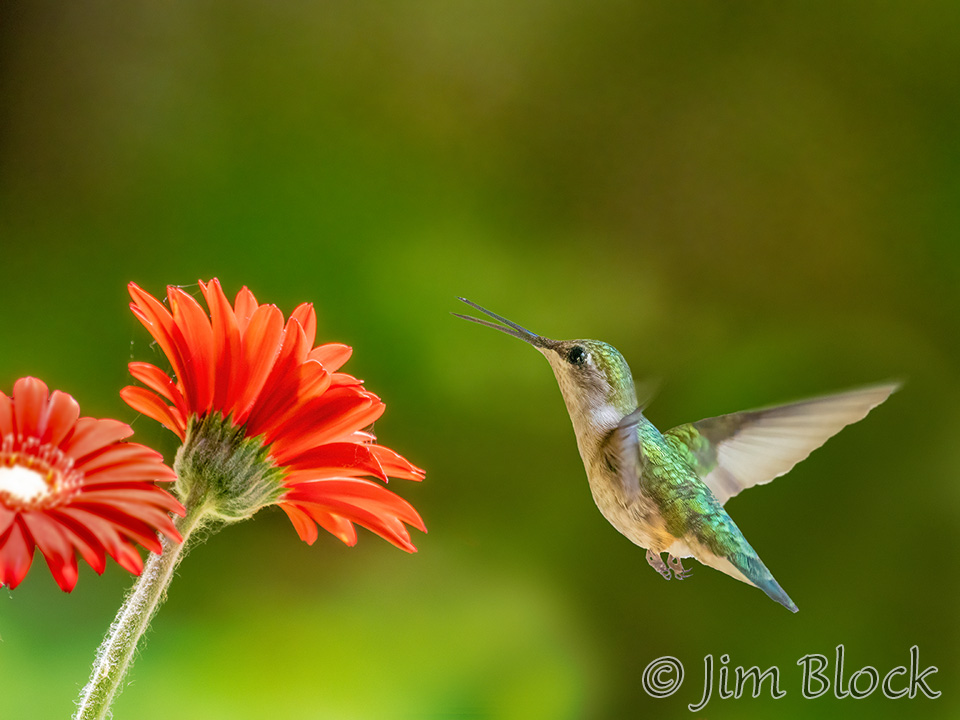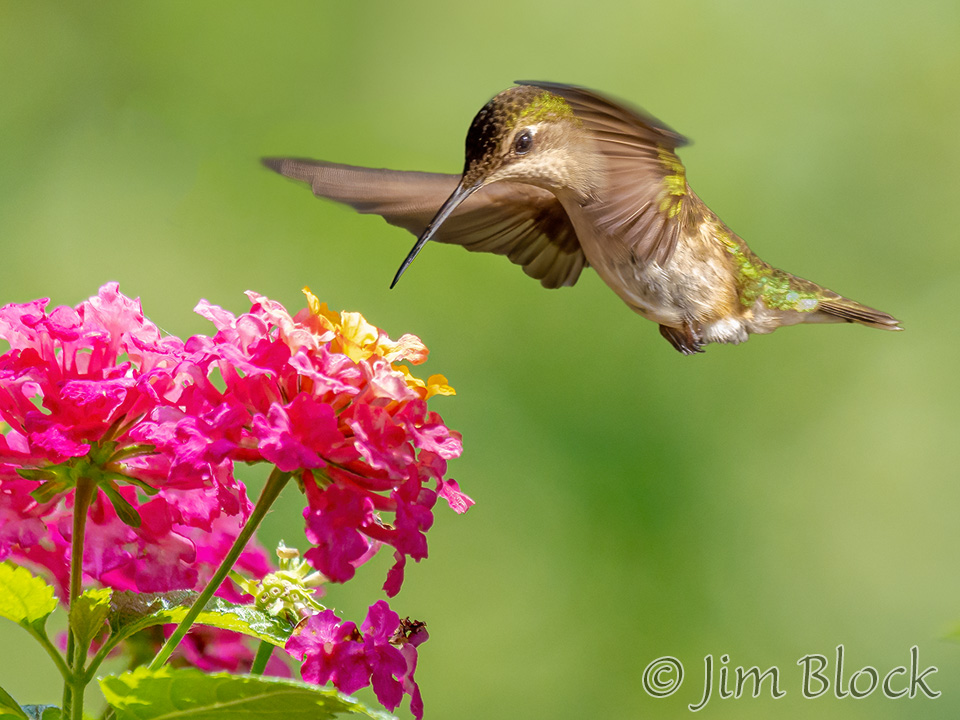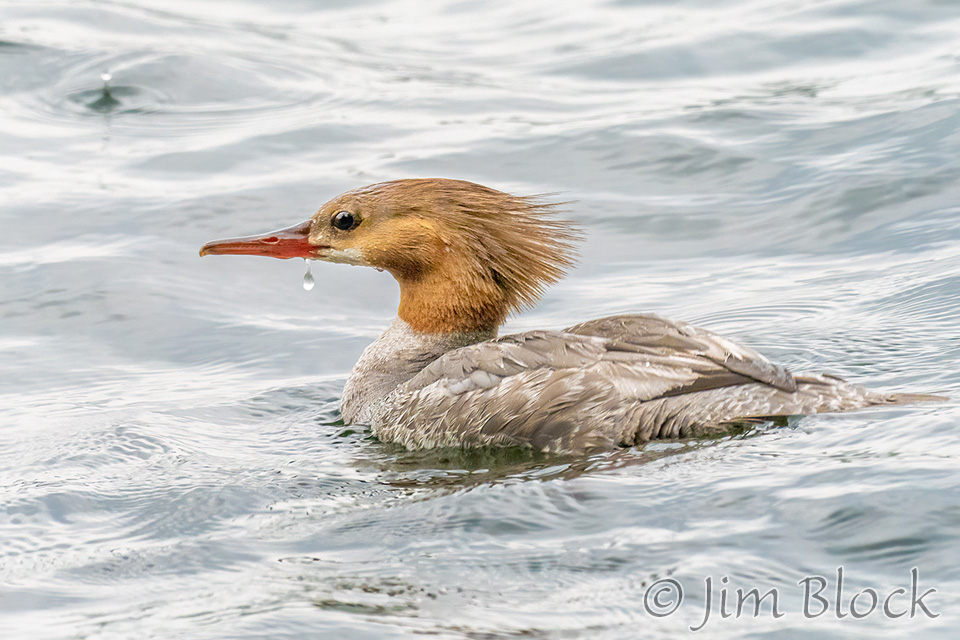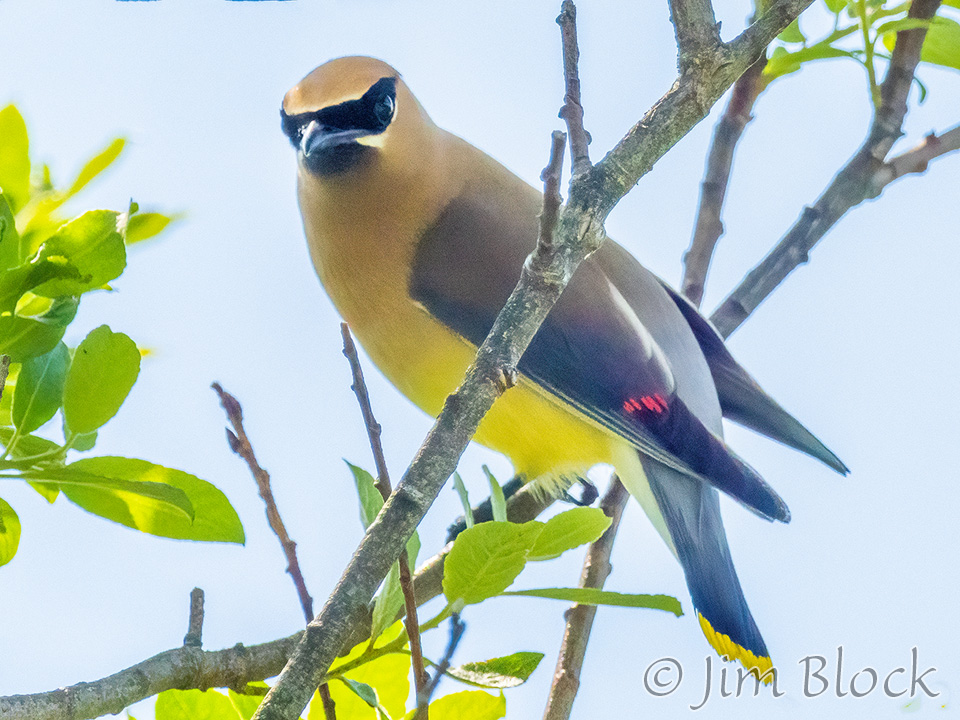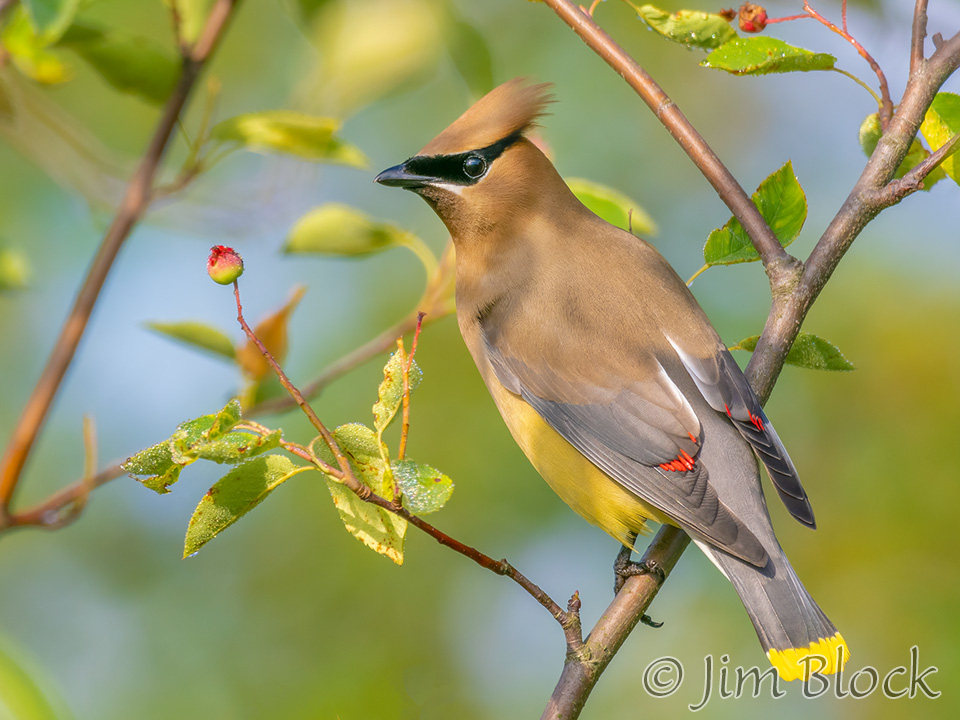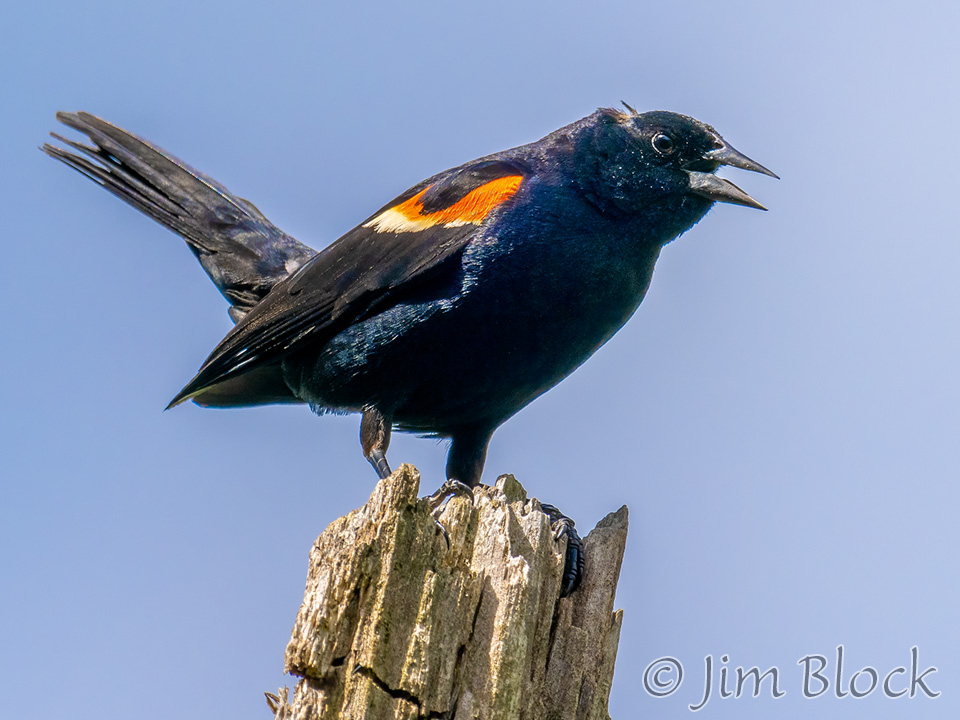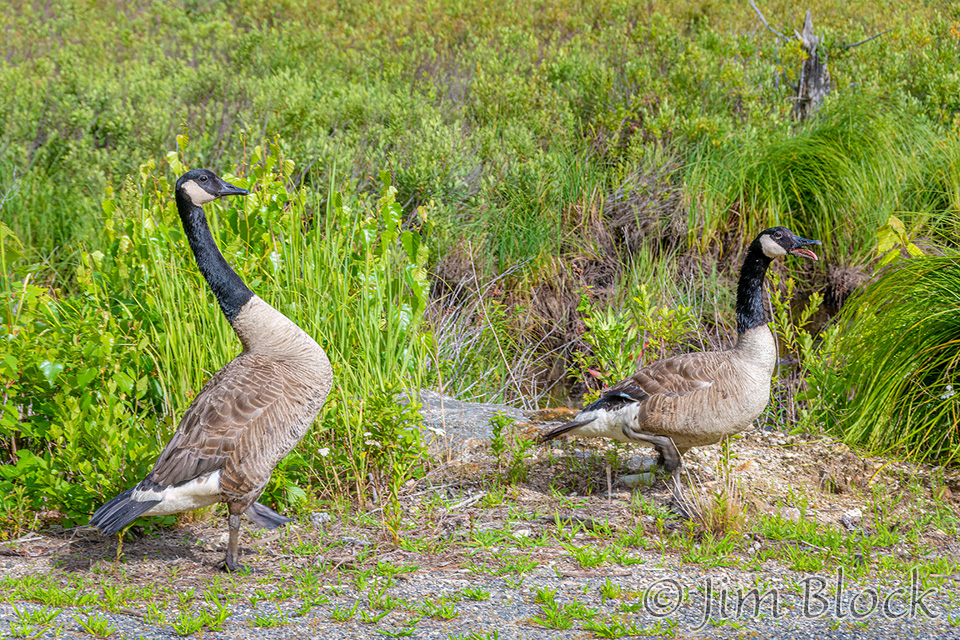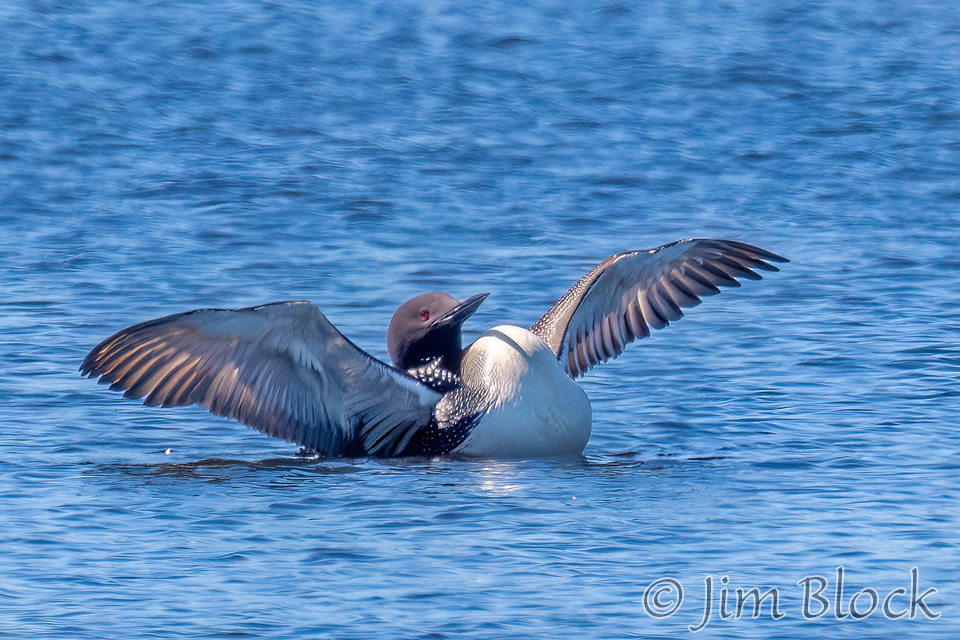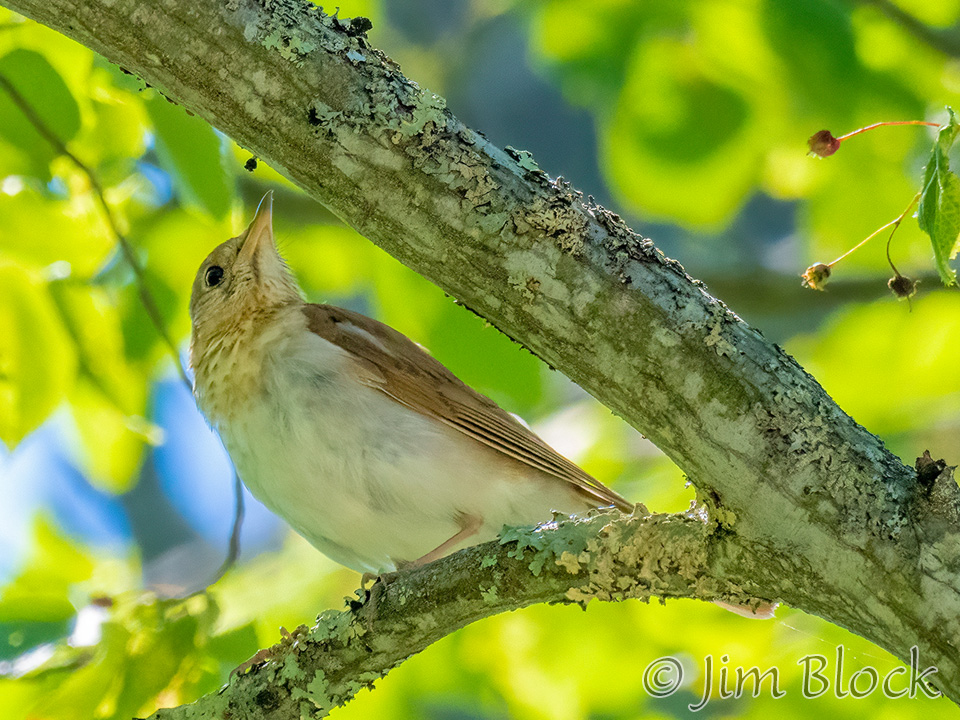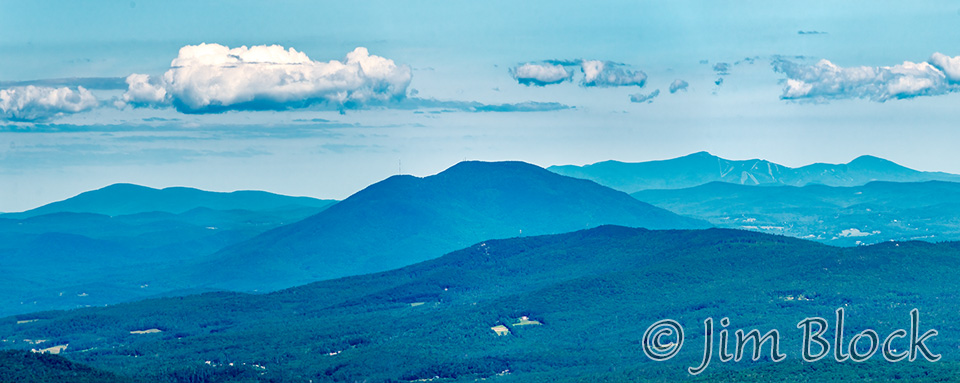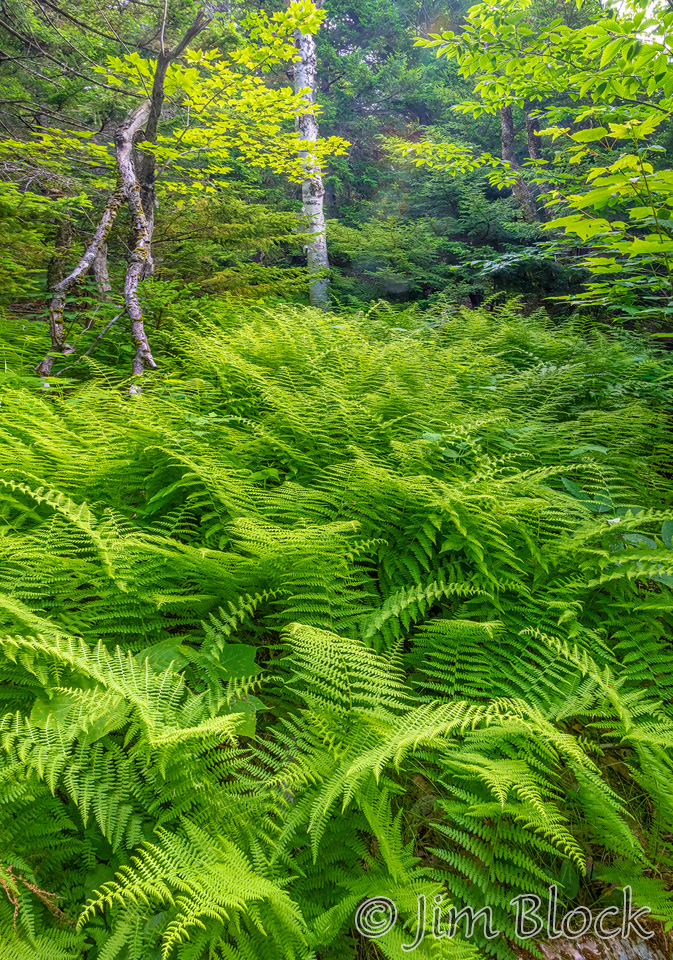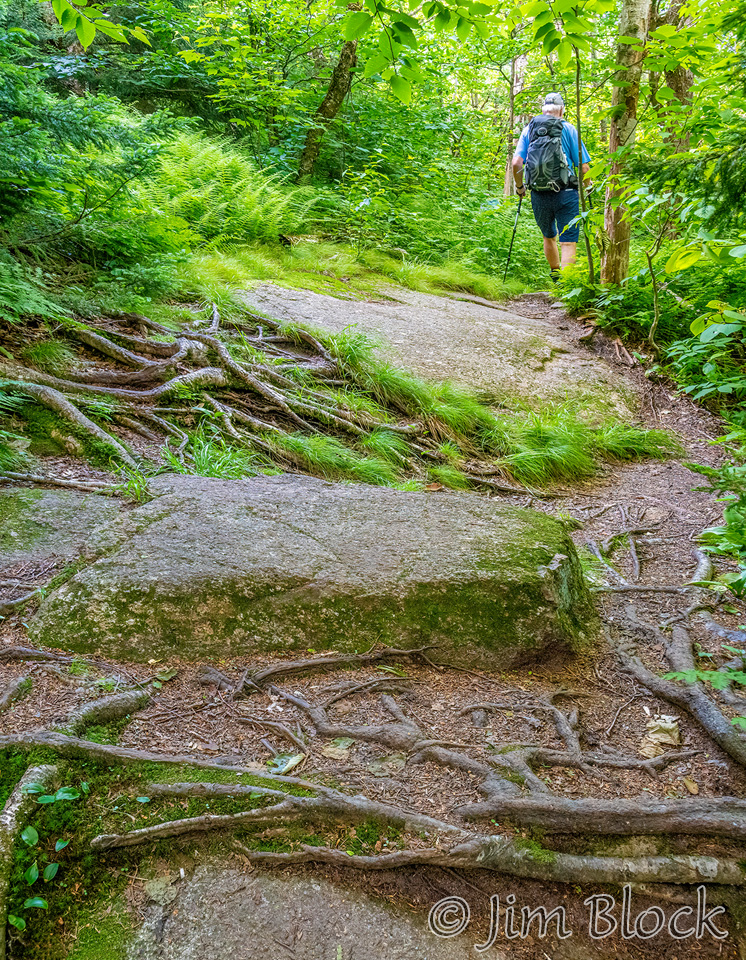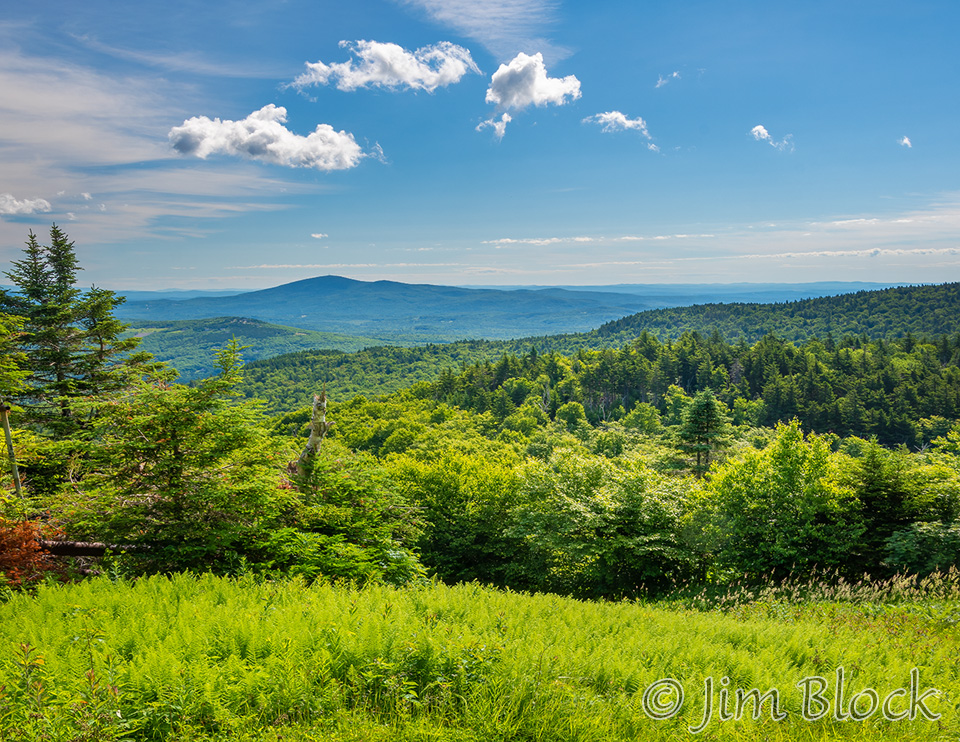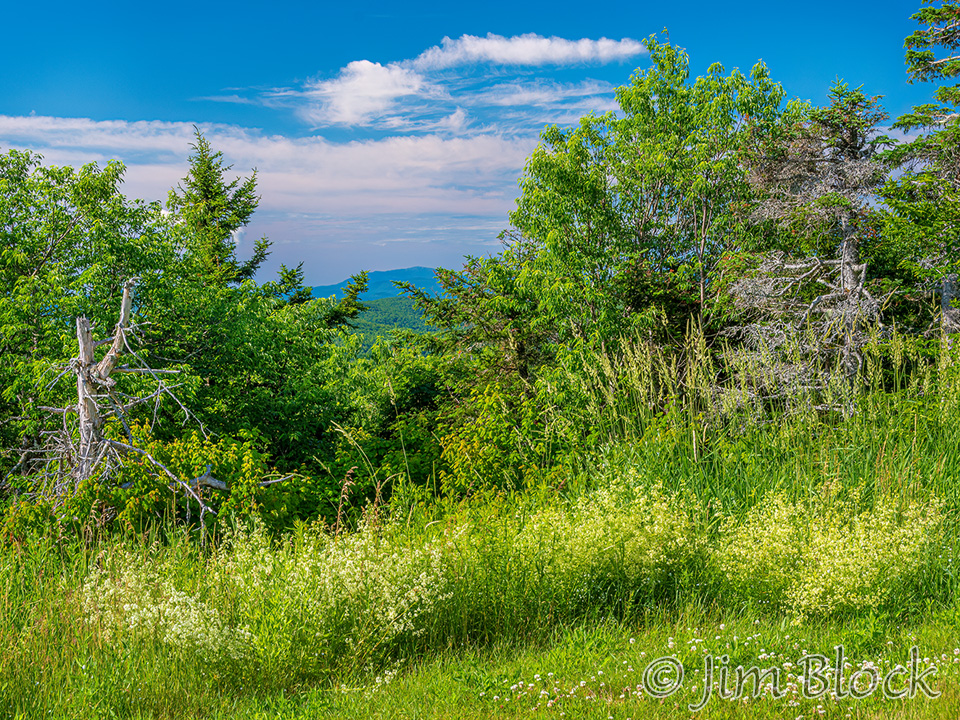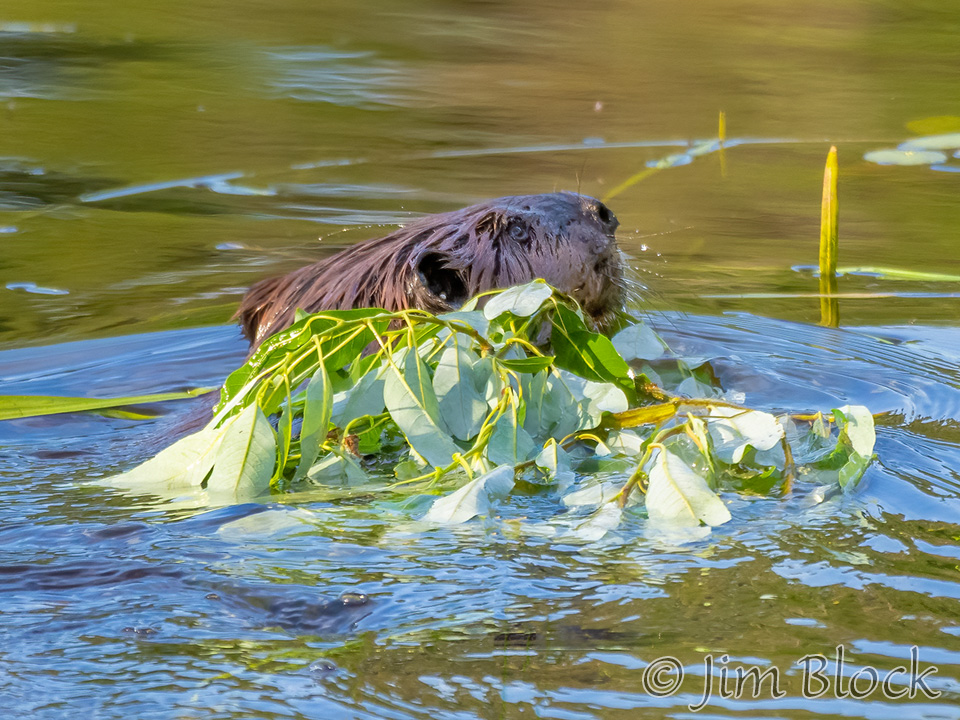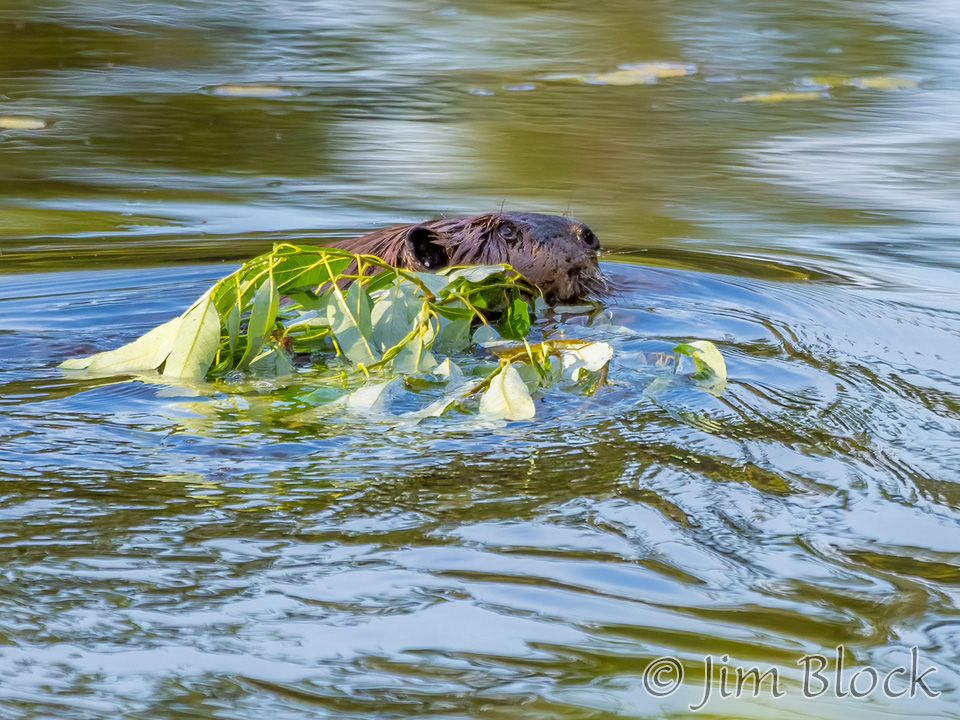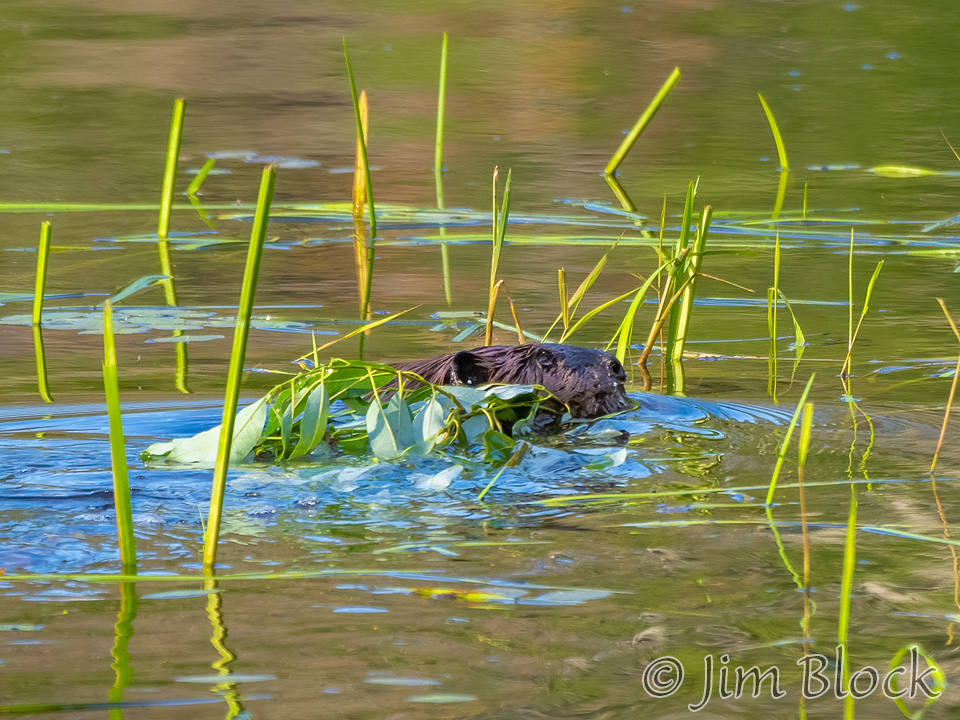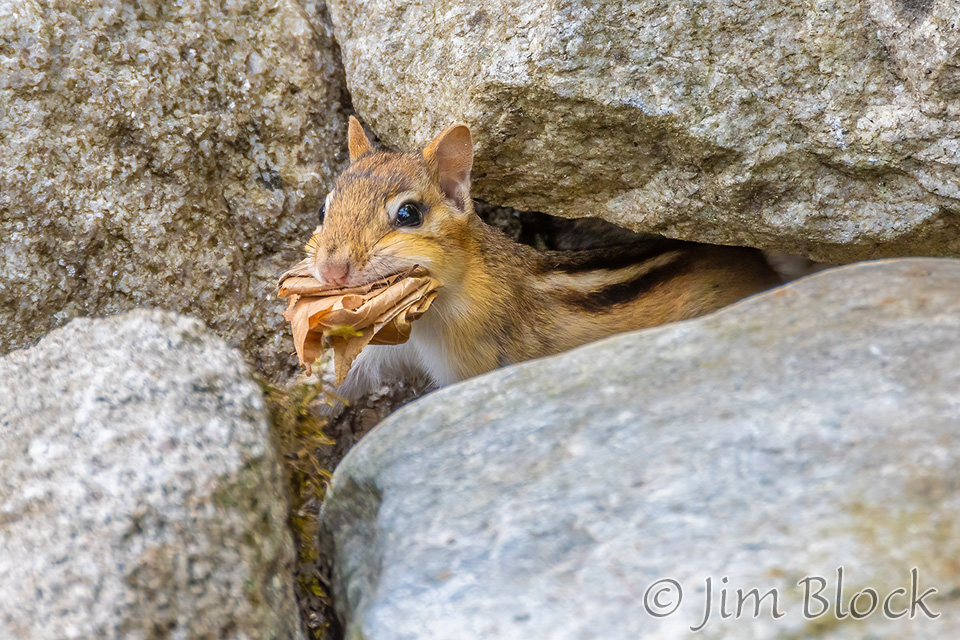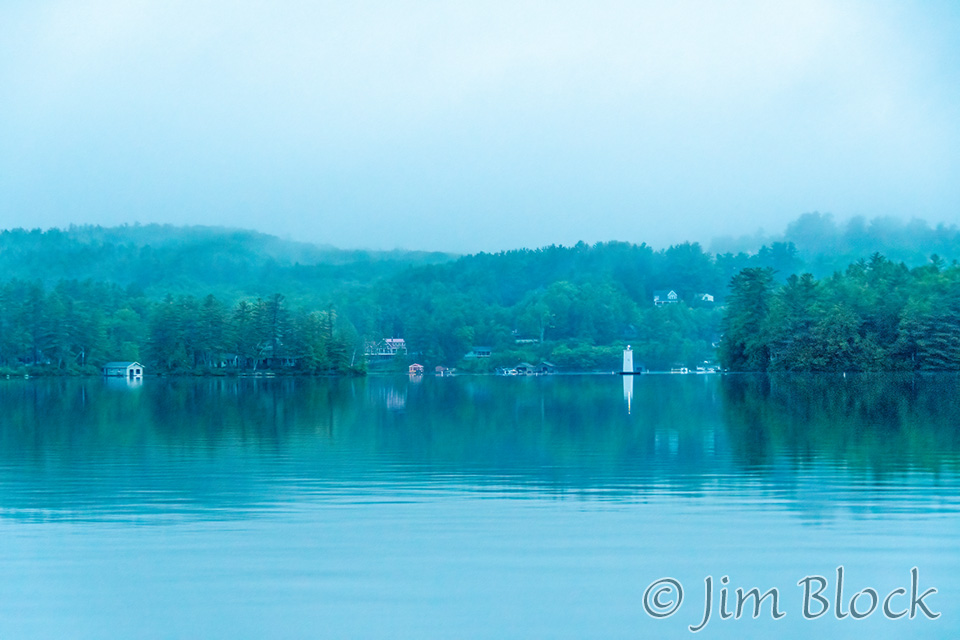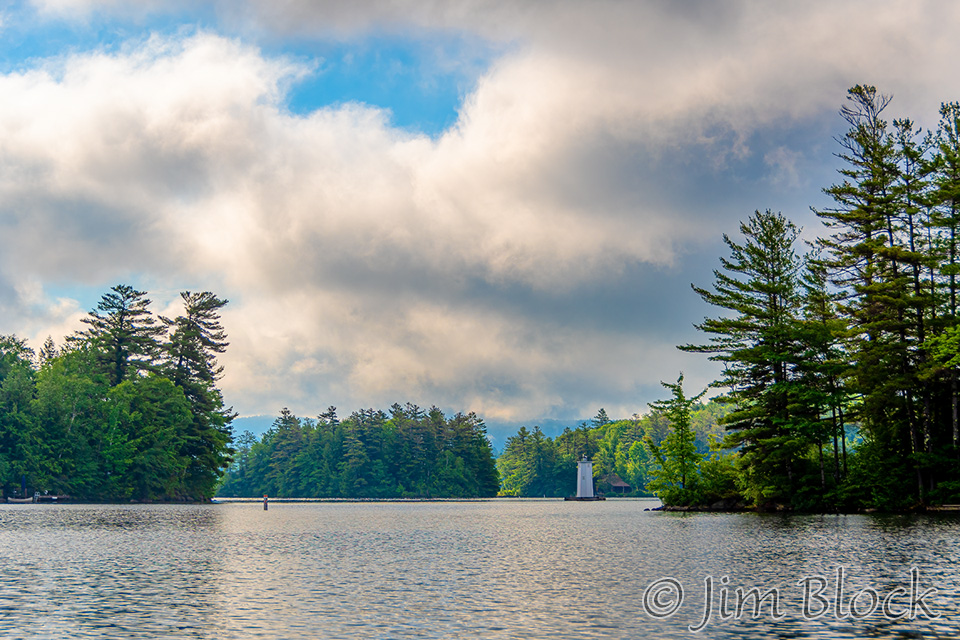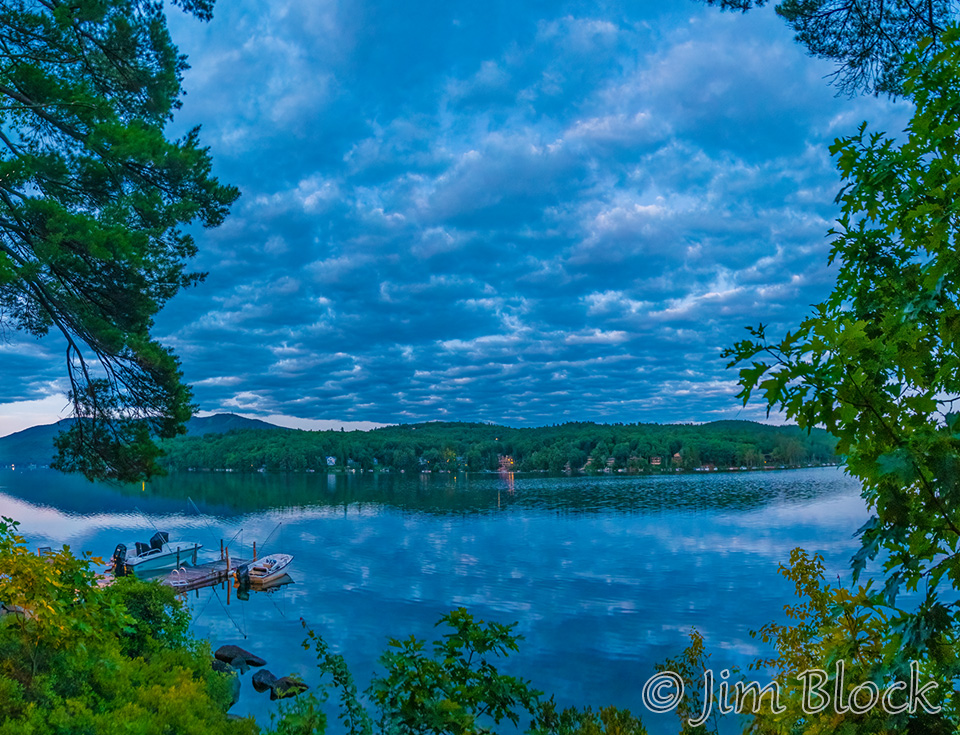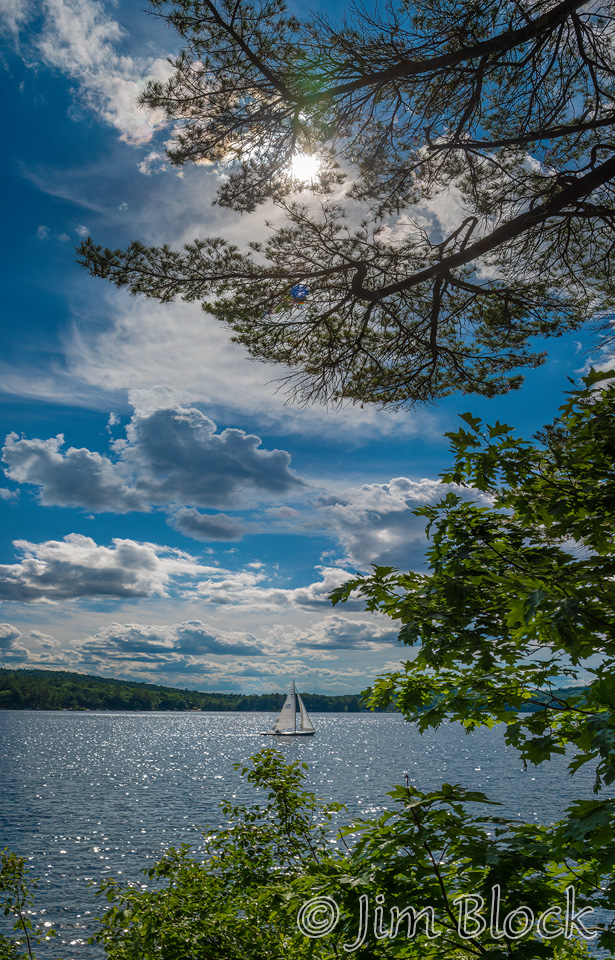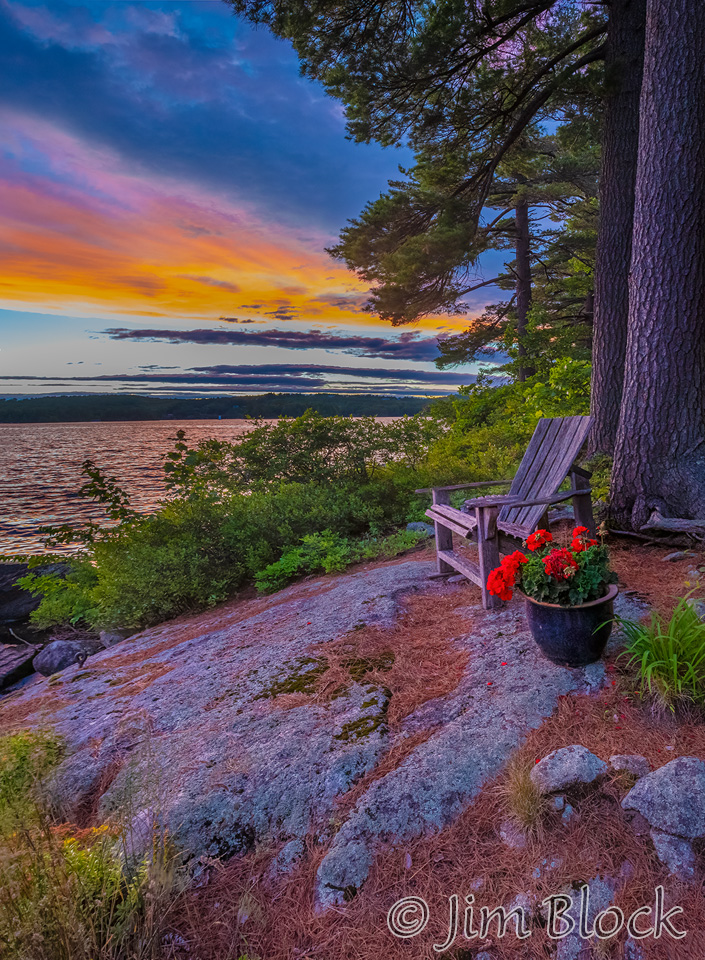During the last twenty days I photographed many birds, several reptiles, a few mammals, and a number of scenes in west-central New Hampshire. It has been a fun and exciting time.
Great Blue Heron Feeding Frenzy
Perhaps the most exciting time was an intense minute and a half of feeding frenzy. I sat for an hour patiently waiting near a Great Blue Heron nest that Sue had told me about. The two chicks mostly slept in the nest. But when they heard the parent arriving they immediately stood up. Here is a sequence of four photos showing the adult landing and then begin feeding.
Very soon the second chick got some food.
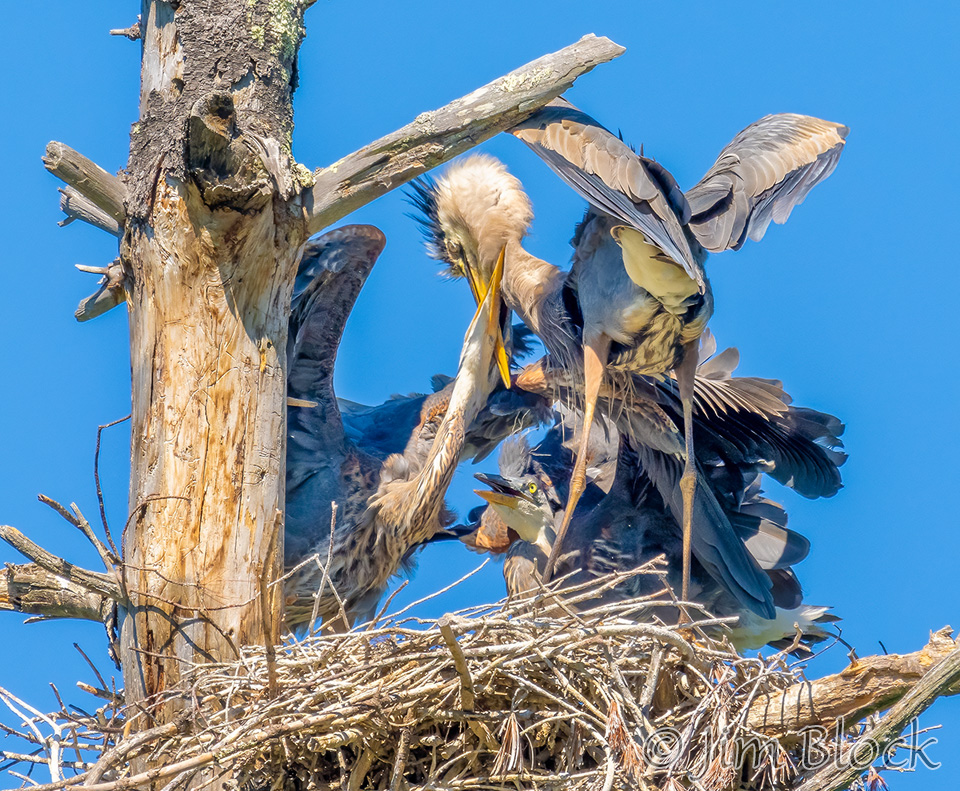
Both GBH parents feed young by regurgitation. The adult has a varied and adaptable diet eating mostly fish, but also frogs, salamanders, turtles, snakes, insects, rodents, and small birds.
Here is the first chick getting a second helping.
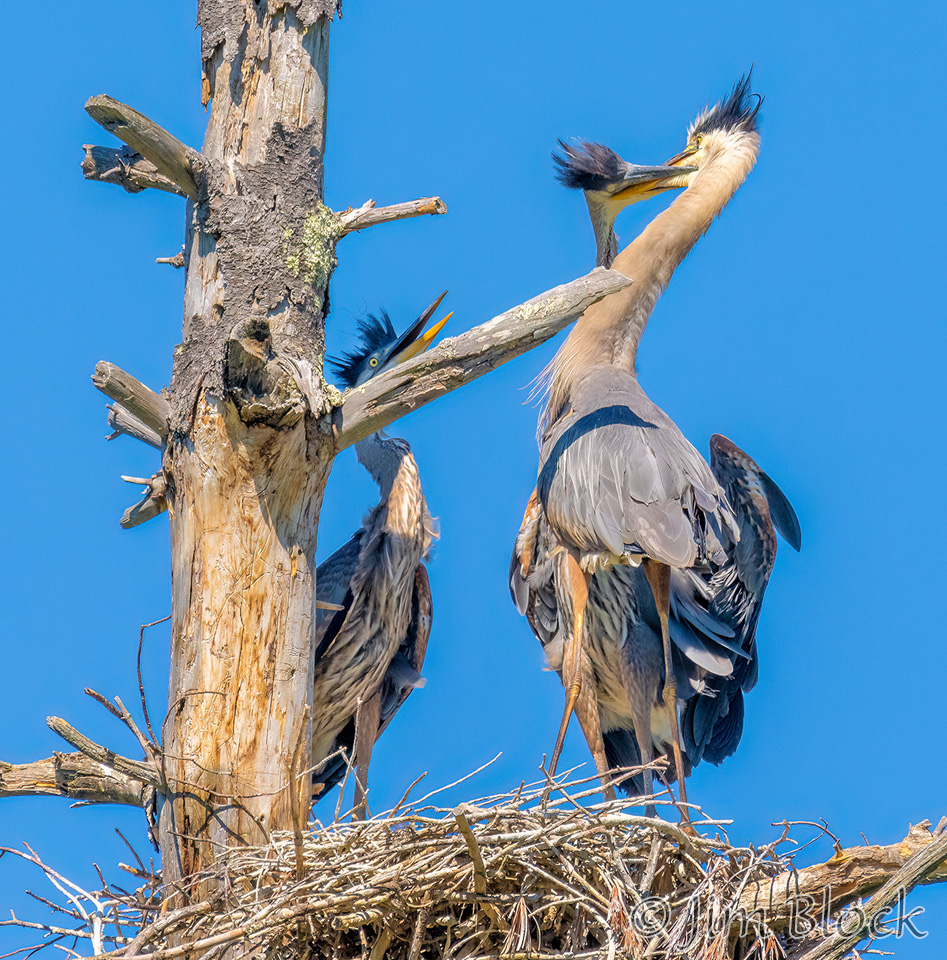

Cropped versions of the two previous photos show the anxious chick.
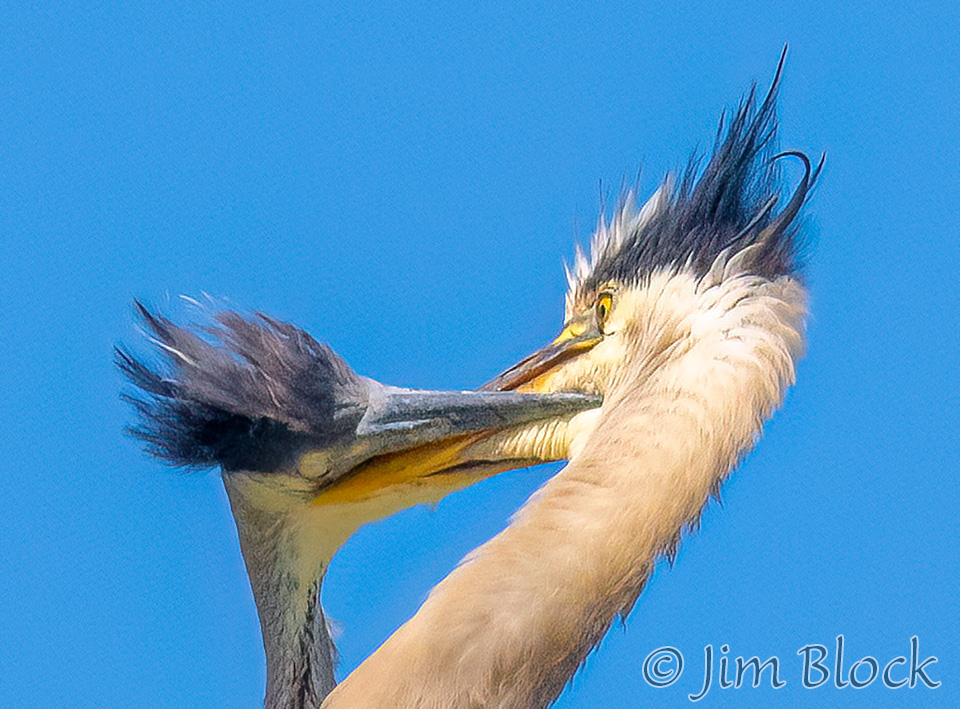
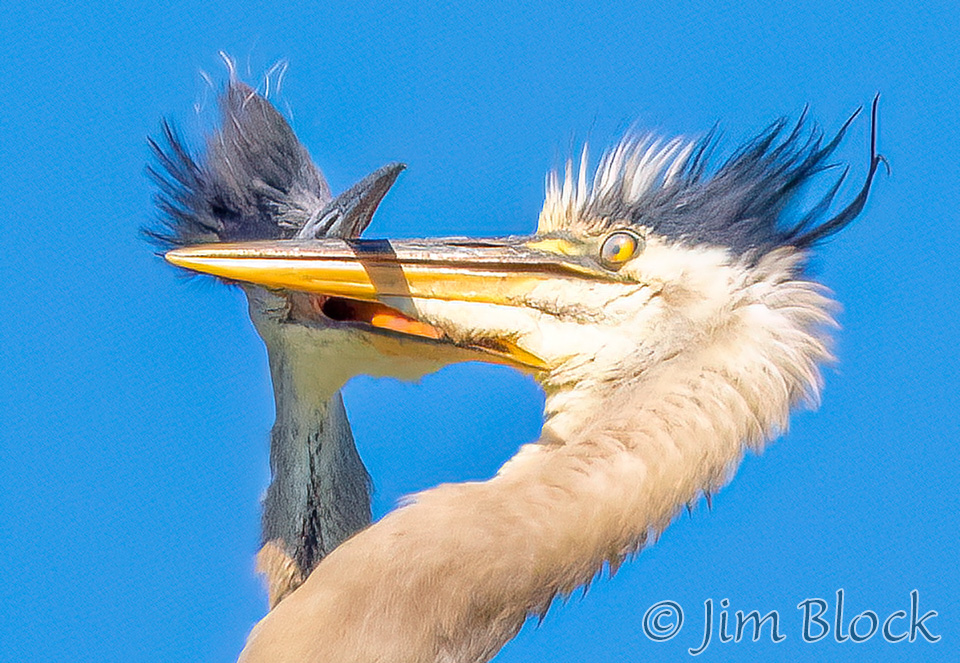
The action during the feeding frenzy can get wild.
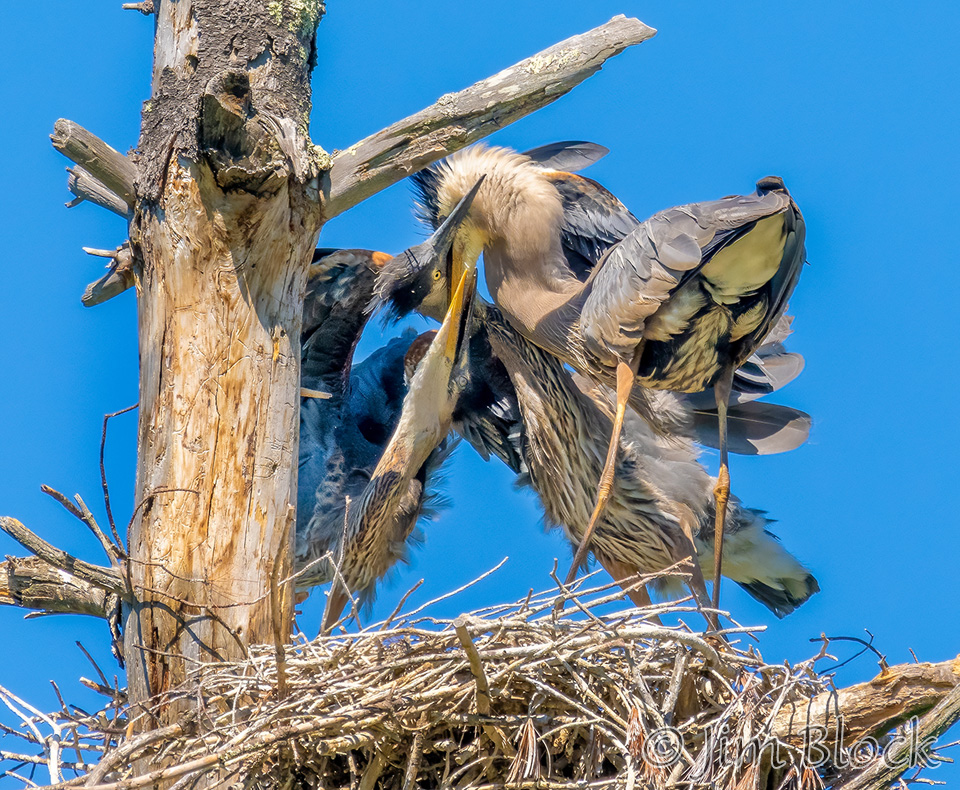
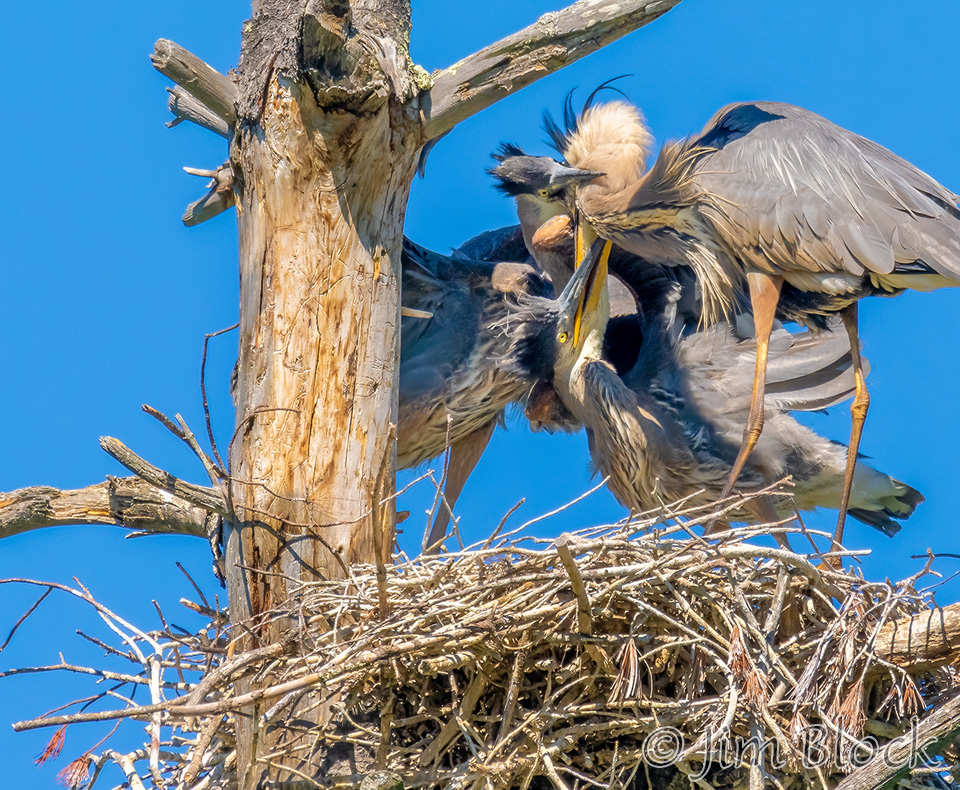
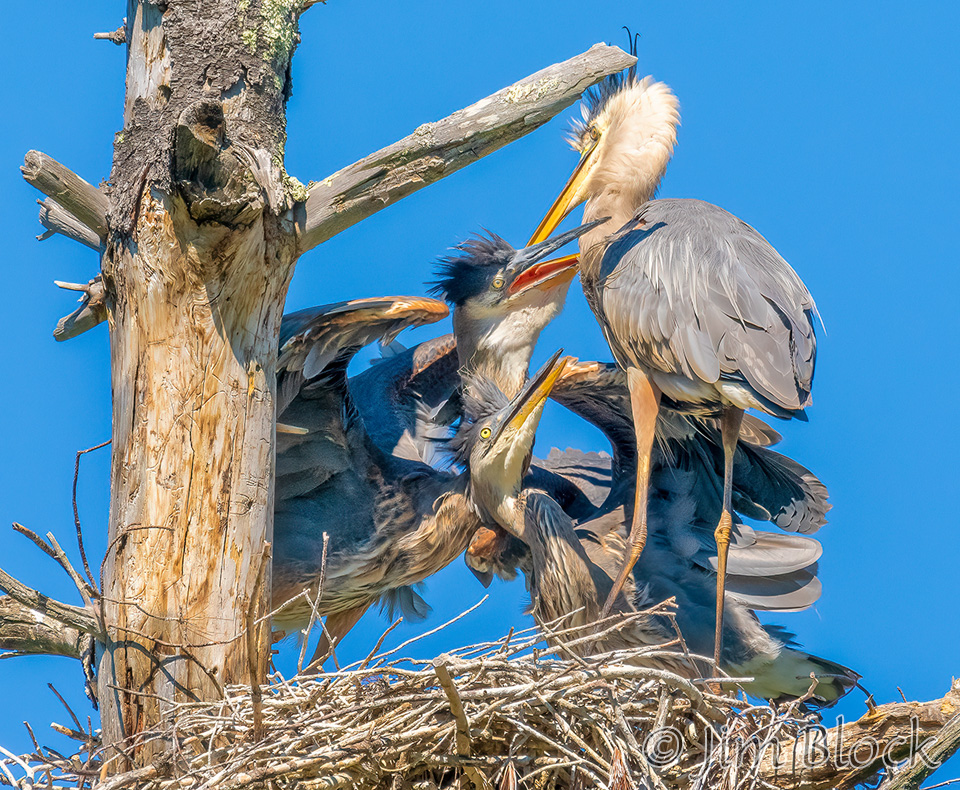
Young are capable of flight at about 60 days and depart nest at about 65-90 days. These two looked like they were approaching adult size. At one point a chick spread its wings and briefly hooked the tip of its wing over the adult’s head.
Below shows the adult GBH departing 95 seconds after the first photo above.
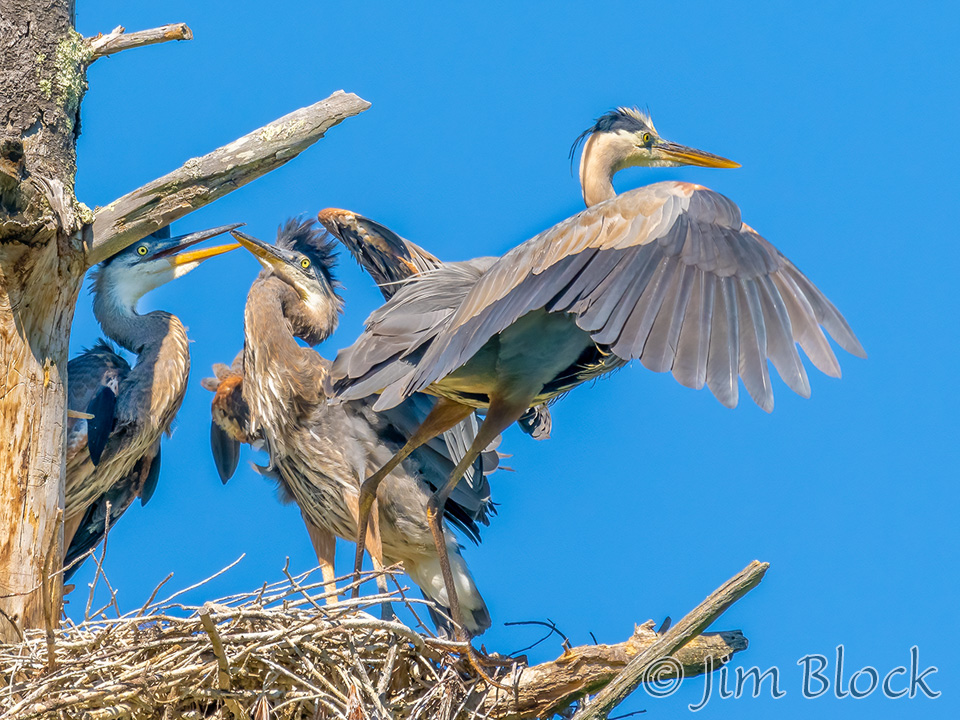
Some Comparisons
Below are two similar looking birds I photographed recently. Are they the same species? Can you identify these birds?
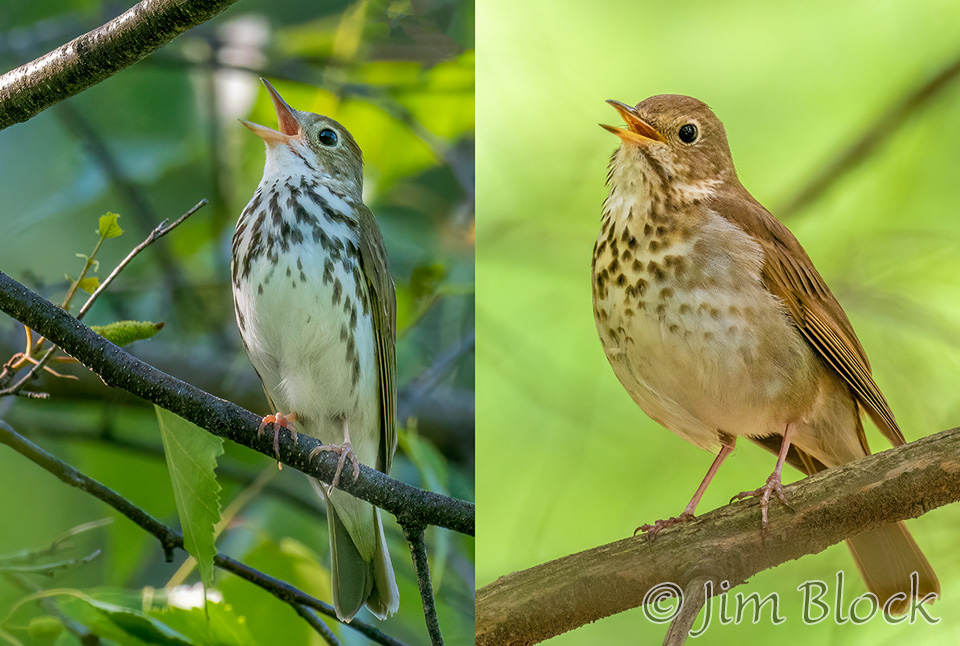
They are actually very different. The bird on the right is a thrush. The bird on the left is a warbler. It is smaller and much lighter than the bird on the right. The thrush on the right has a beautiful three-part, flute-like song. The warbler on the left has a loud, insistent song.
Both nest on the ground, although sometimes the thrush will nest in low vegetation. They each lay 3 to 6 eggs and have one to two broods each season. They each incubate their eggs 11 to 14 days. Upon hatching, both sets of young are helpless with eyes closed.
The warbler on the left is an Ovenbird. The thrush on the right is a Hermit Thrush.
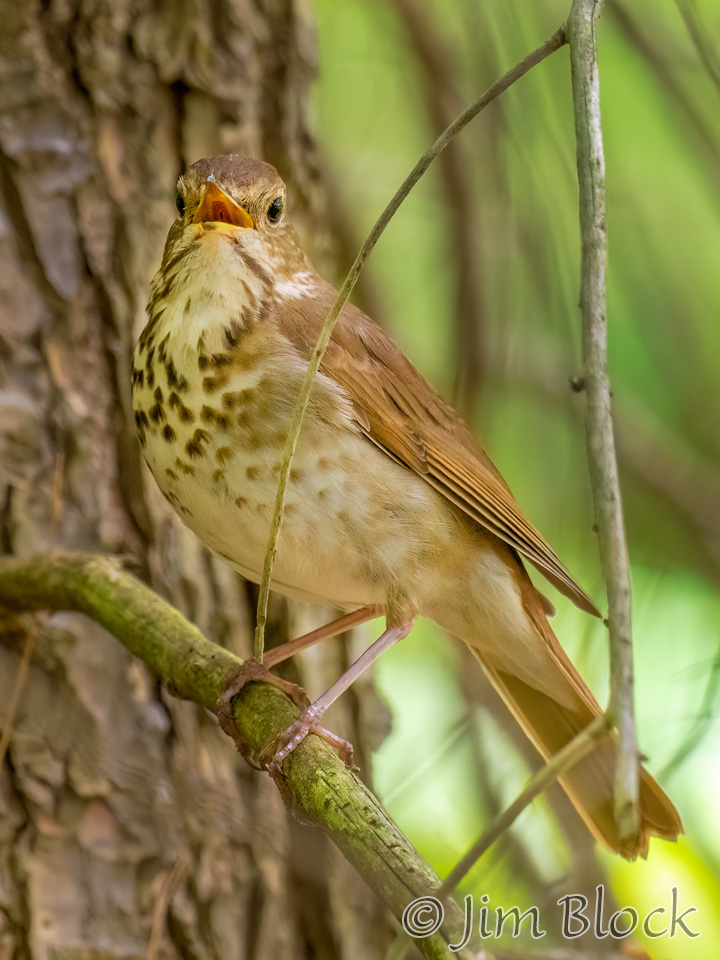
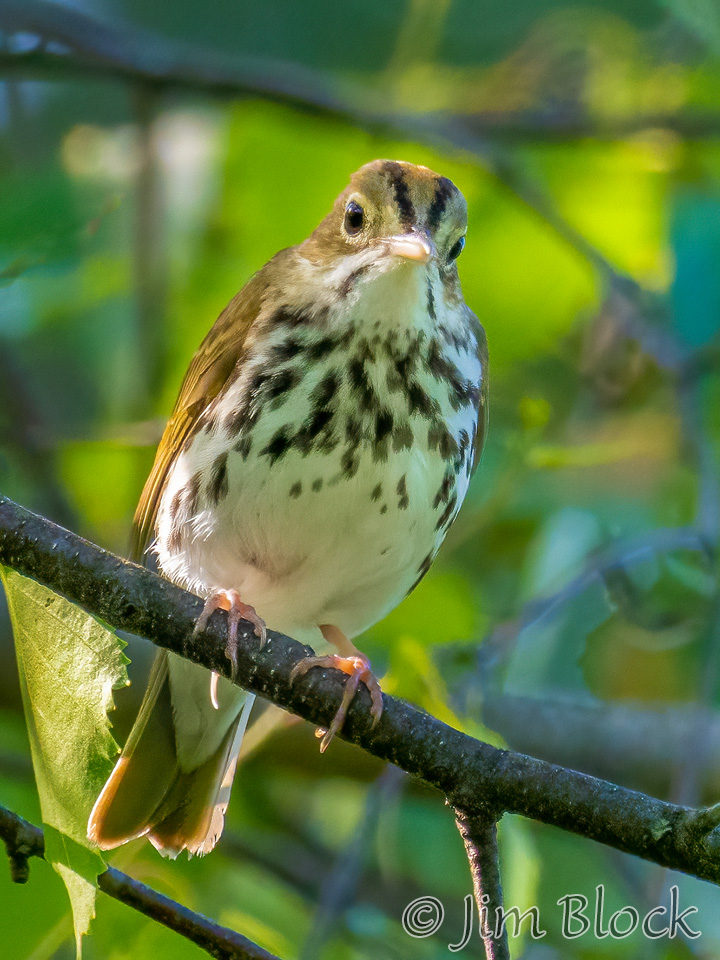
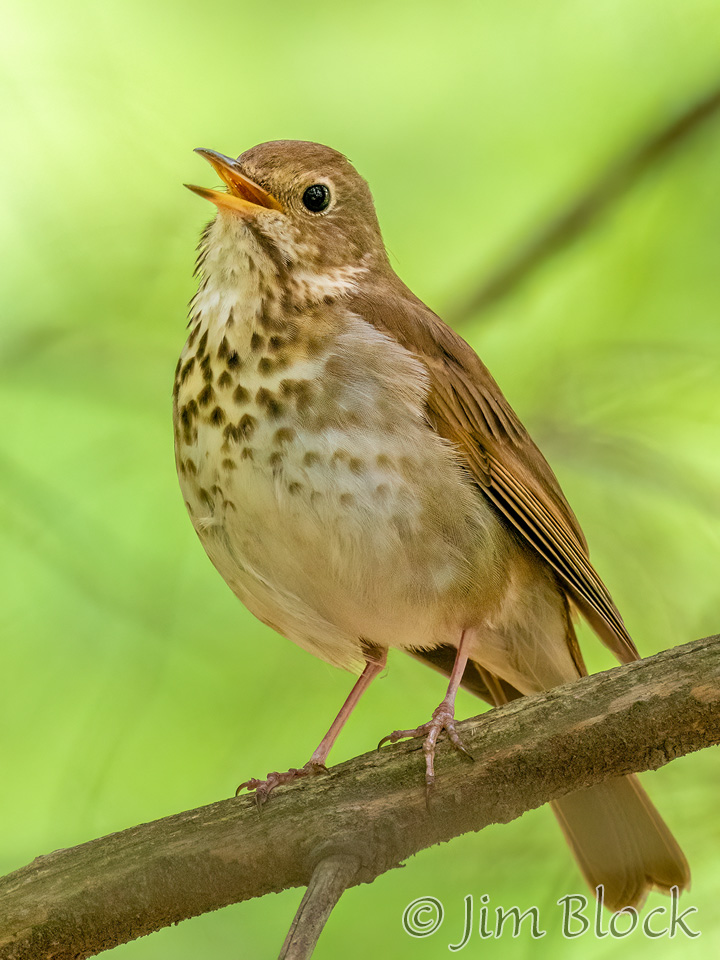
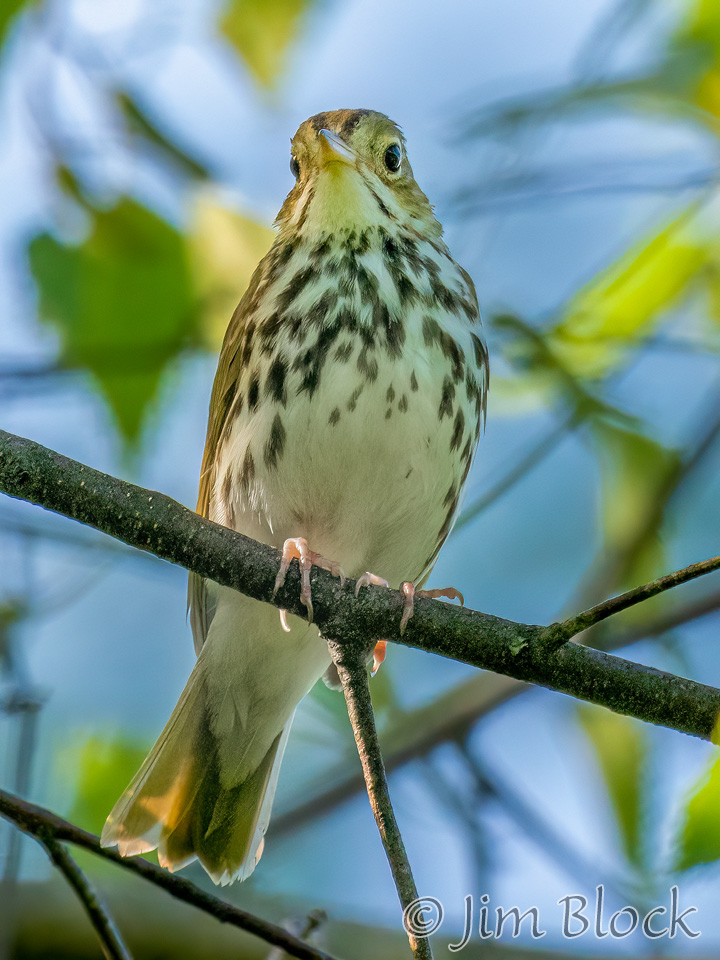
Below is a photo of a Bullfrog in Wilmot.
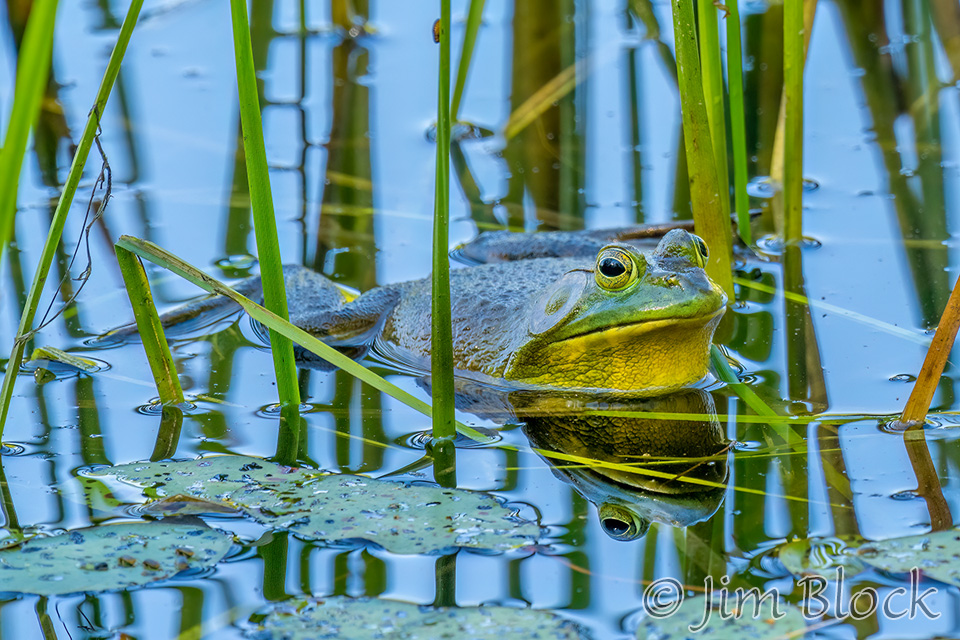
Here is the same bullfrog. How did I get such a different look to the photo?
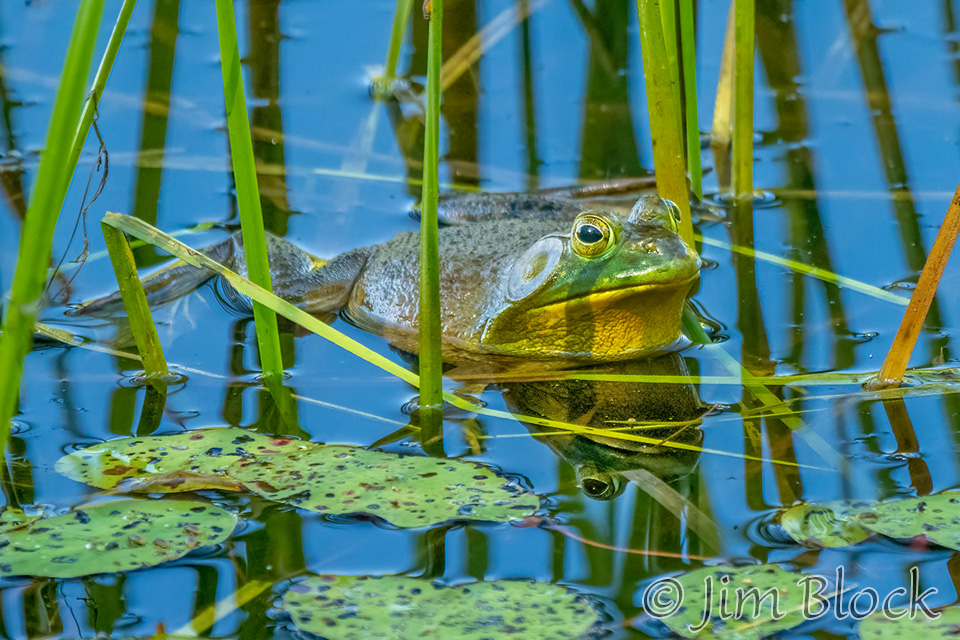
The answer is I used a polarizer for the second photo. This is a very valuable filter. It accomplishes things you can’t do in Photoshop or with a smart phone.
Prenuptial Feeding
After checking out the GBH nest, I visited Sue and Bob’s woods to photograph birds. The woods were fairly dark, but I managed to get some photos. Shortly after arriving, I witnessed the passing of a nuptial gift from a male to female Rose-breasted Grosbeak.
Birds and insects will offer nutritional or other gifts to each other, often associated with their sexual practices. I showed this behavior with Warbling Vireos and Cedar Waxwings in a previous blog. Here are the Rose-breasted Grosbeaks.
Rose-breasted Grosbeaks are an excellent example of sexual dimorphism where the sexes of the same species exhibit different characteristics. Compare the very colorful male with the mostly brown female.
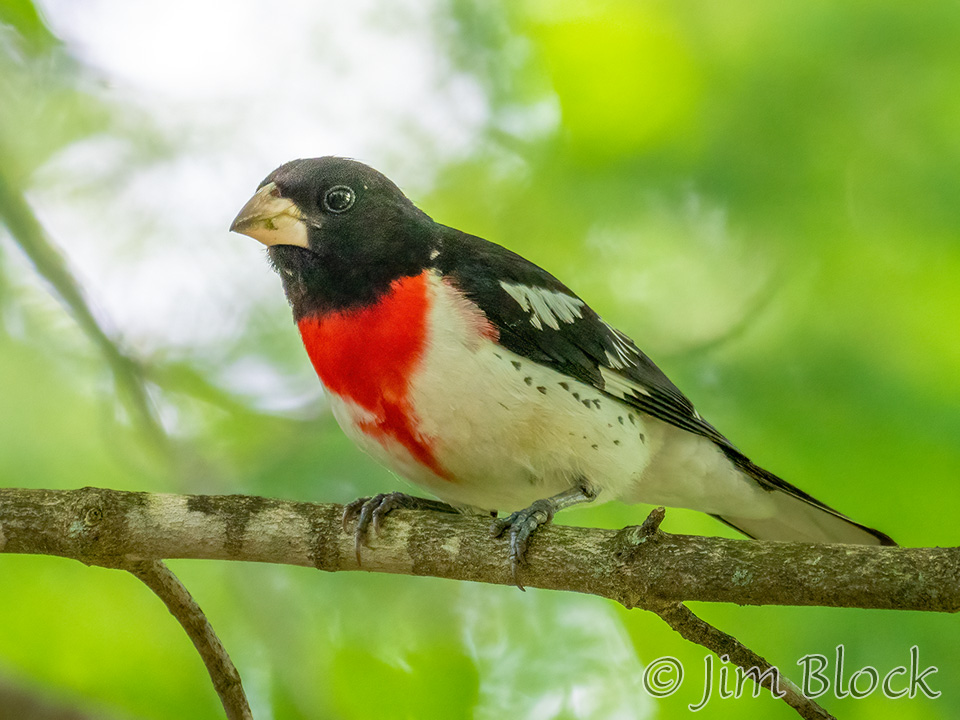
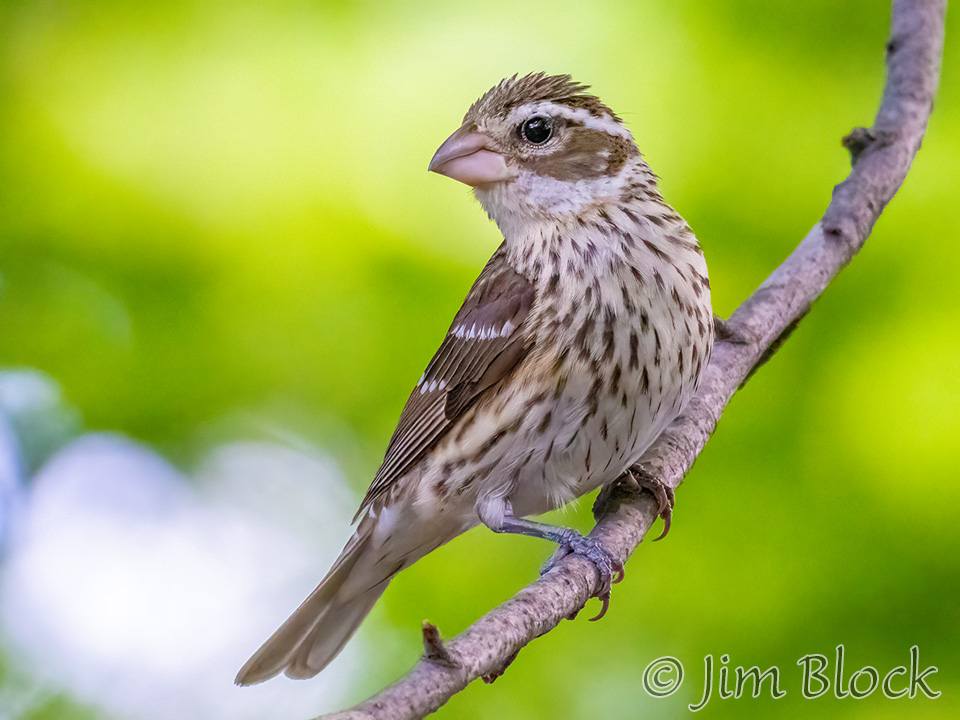
While in Sue and Bob’s woods, I also photographed a Northern Cardinal, a Purple Finch, and a Blue Jay.
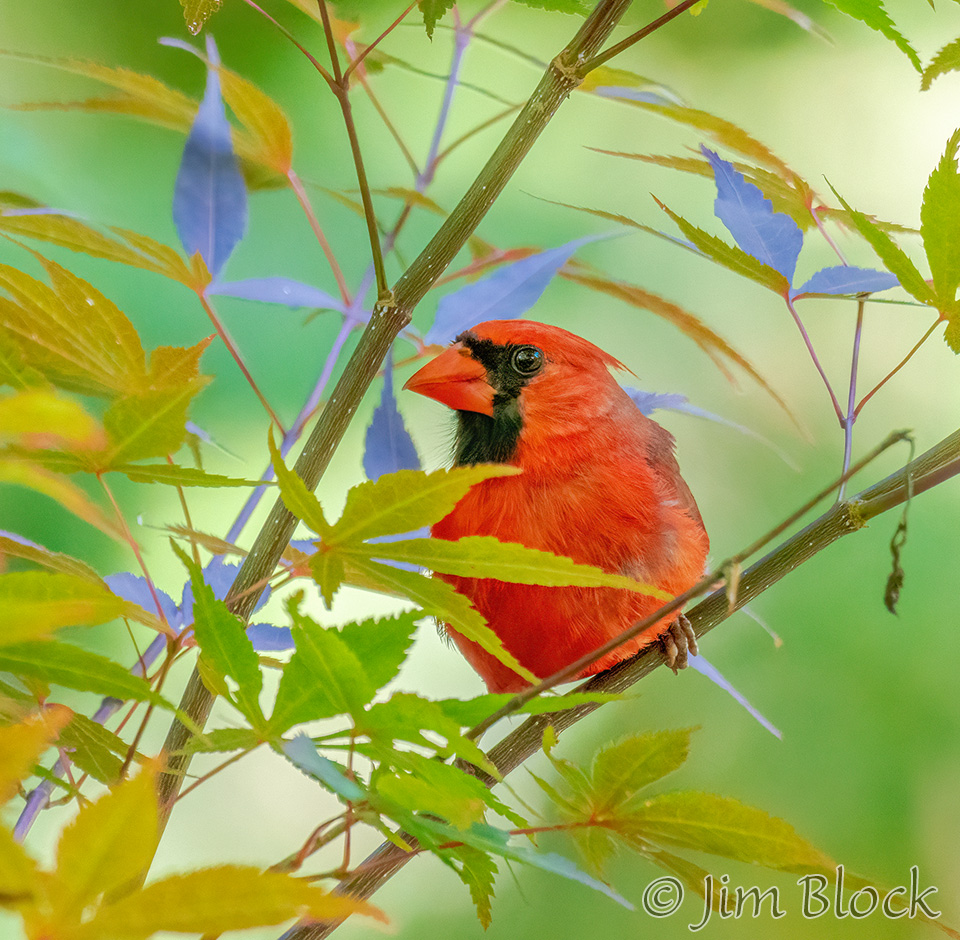
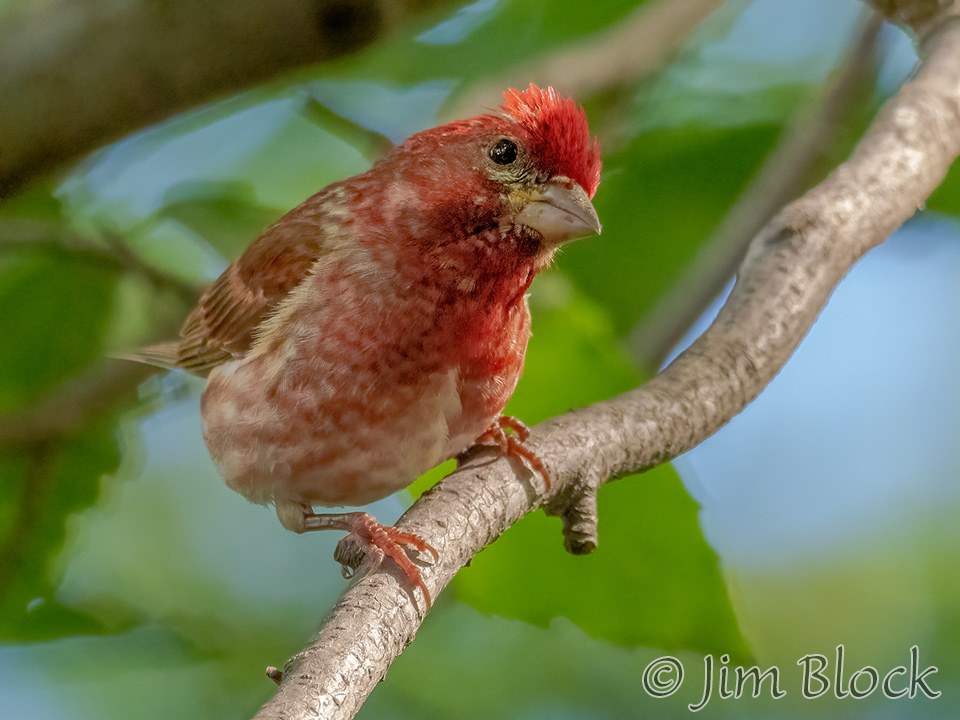
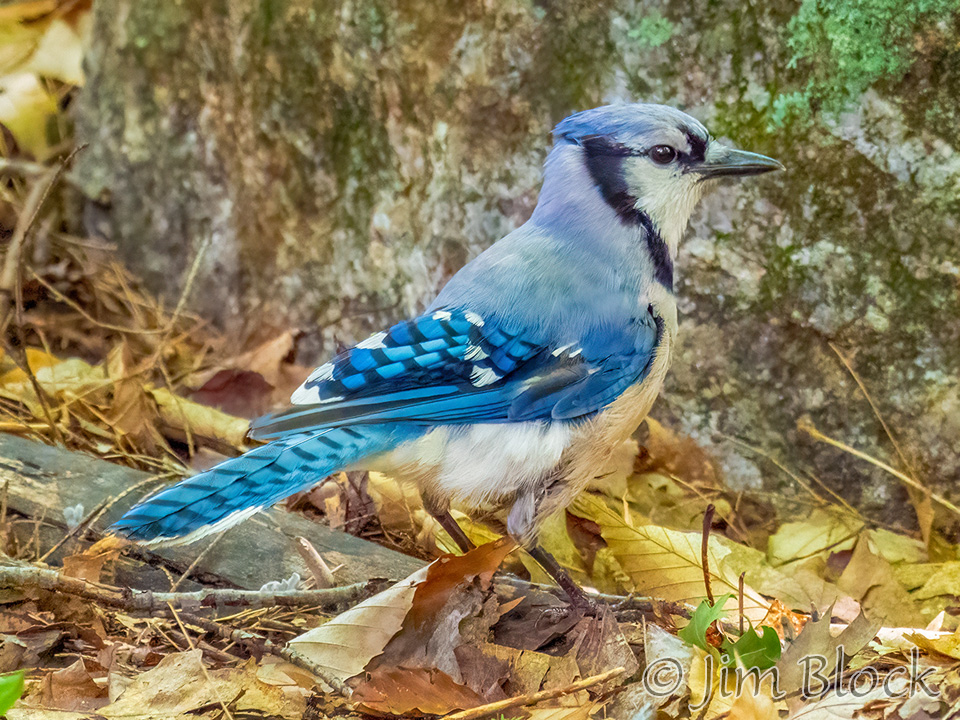
Esther Currier WMA
I visited Esther Currier WMA in New London several times in early summer. This is a wonderful spot, but at times it takes patience to spot wildlife across the wetlands. There are two blinds that can be good spots to sit and watch. Over the years I have visited many times. If you wish to see photos from a visit two years ago you can CLICK HERE.
During the last week of June I photographed two Great Blue Herons catching and eating what I believe was a catfish. The first was photographed from near the stone bench overlooking Beaver Pond. The second was from the Marsh Point blind. Here are some of the photos. If you look closely, you will see a Wood Duck swimming behind the GBH in one photo.
From the blind, I photographed a female Hooded Merganser.
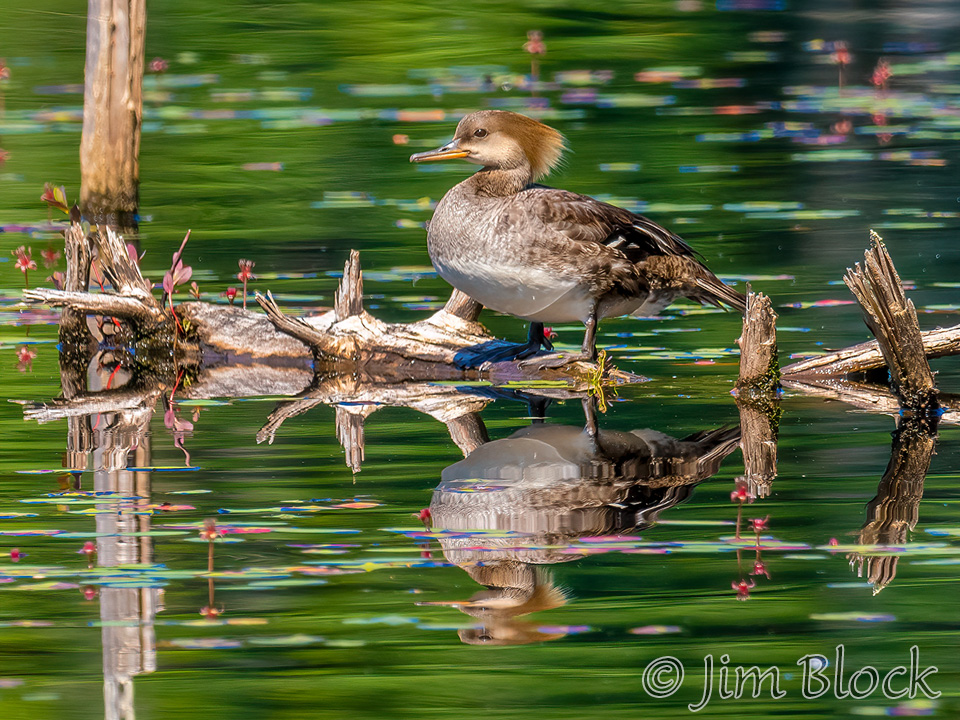
This is the Turtle Point blind.
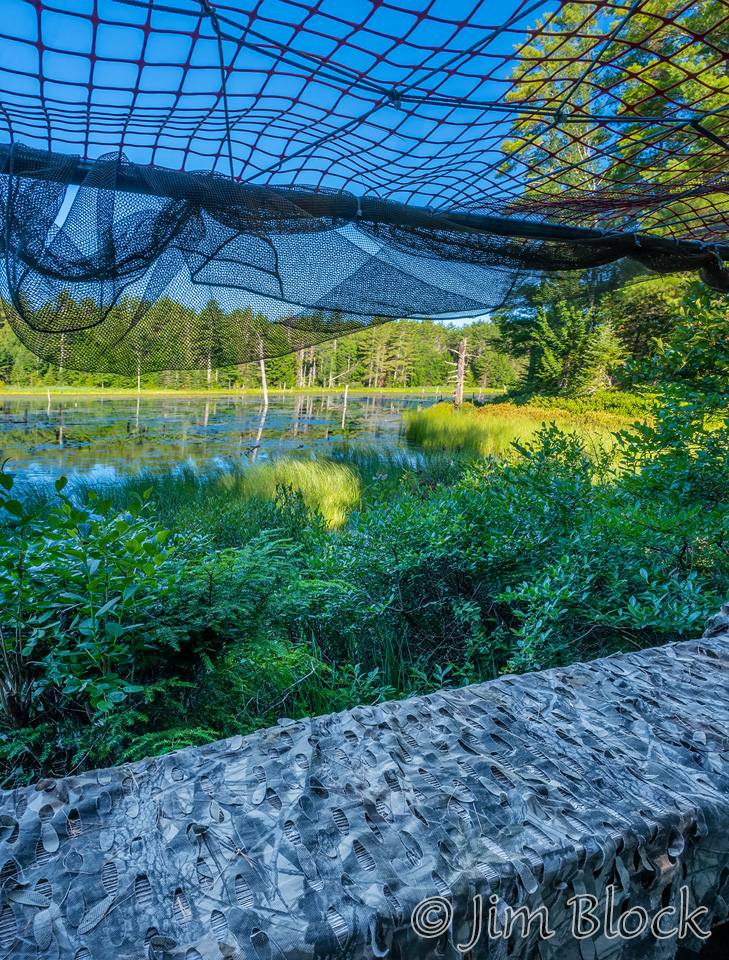
From near the Turtle Pond blind, I saw a Song Sparrow gathering insects from near the water.
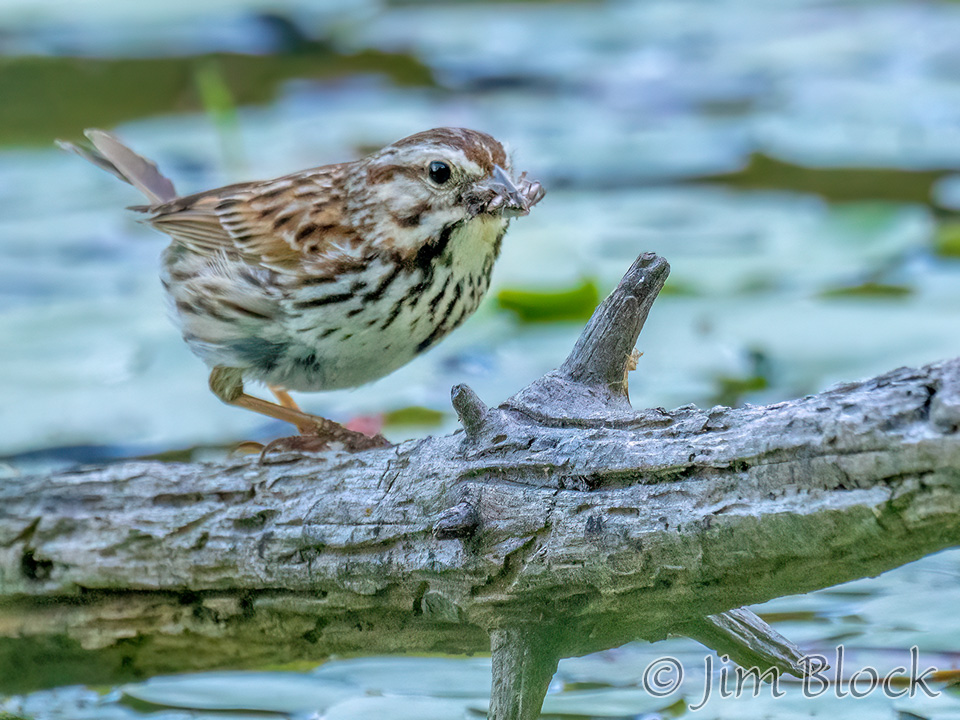
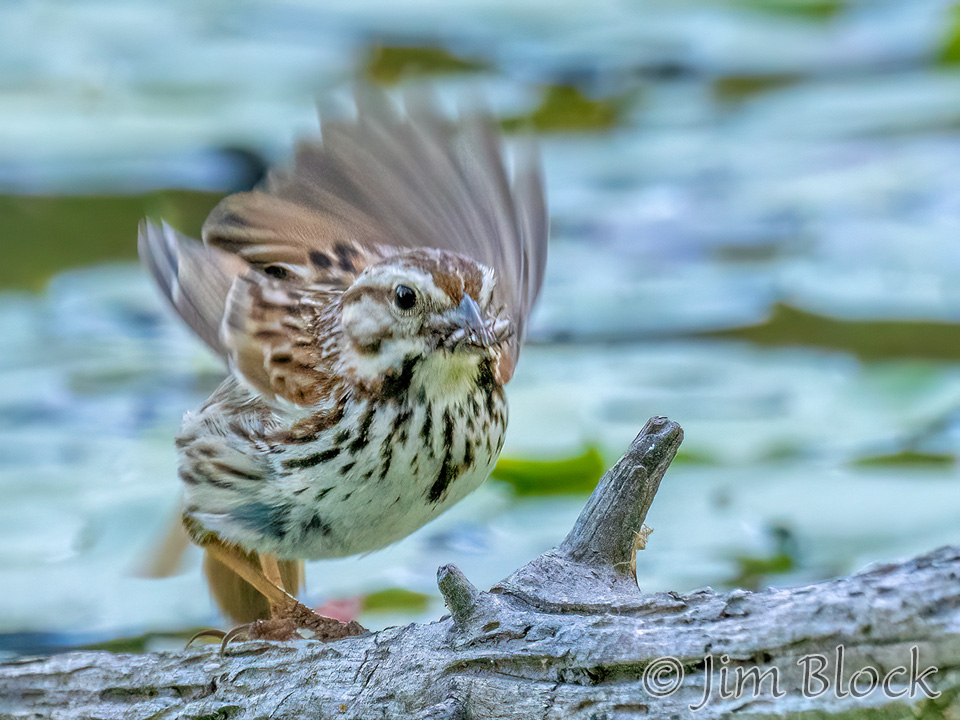
Below are three photos taken while hiking back from the blinds.
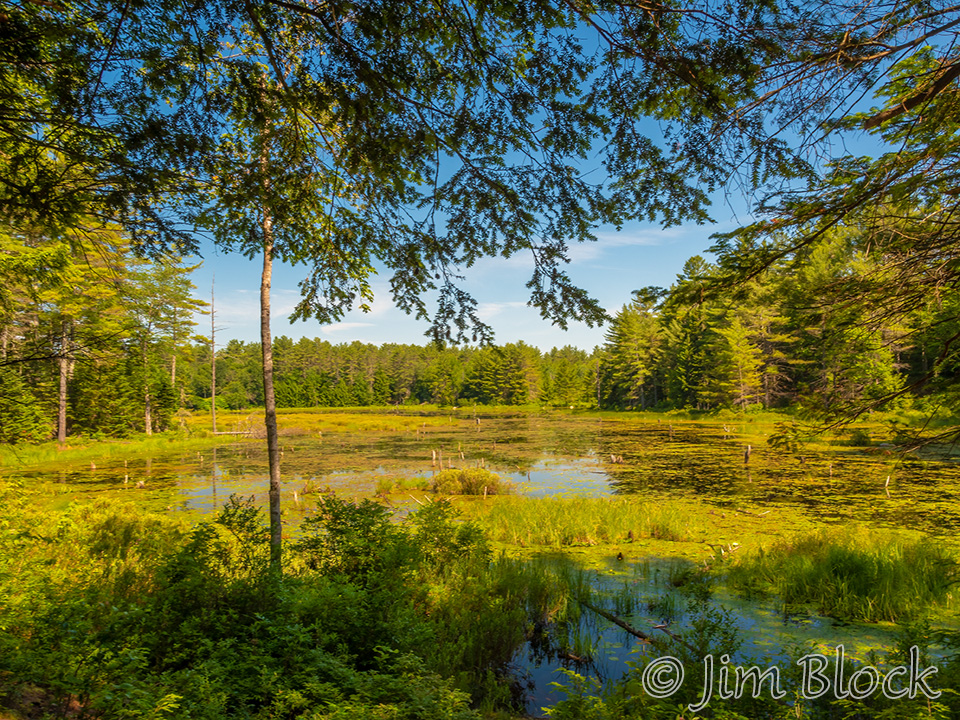
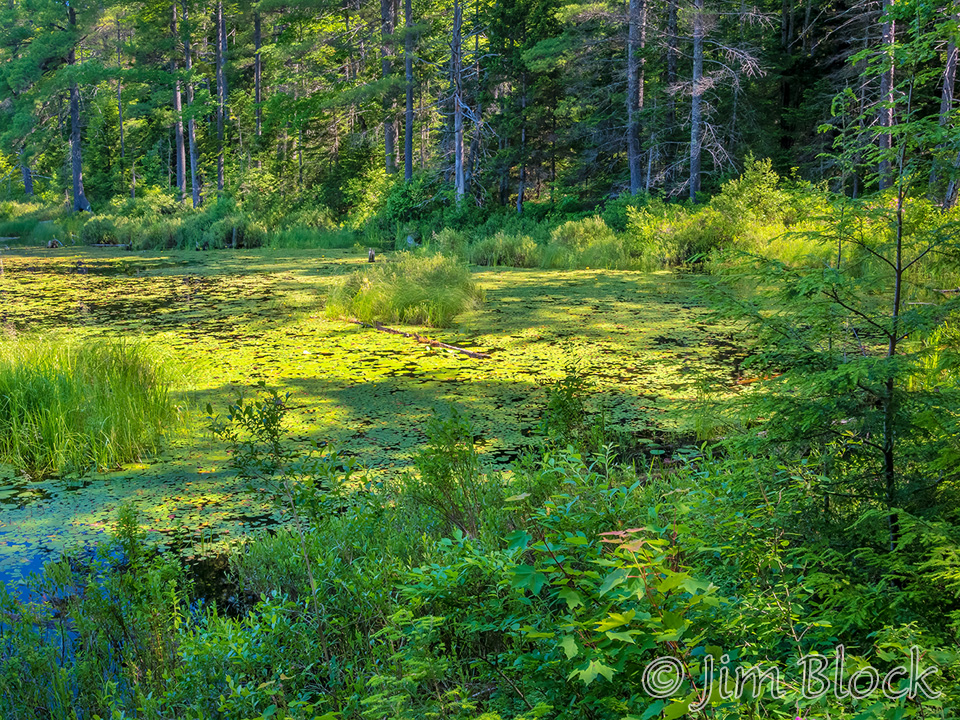
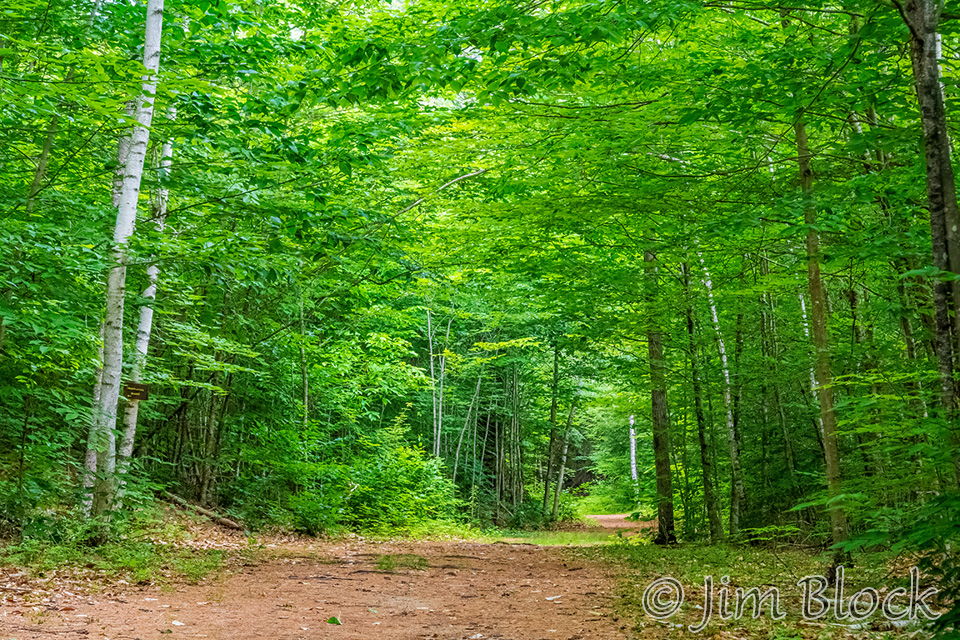
While walking back through the woods to the main Beaver Pond overlook, I found an Ovenbird singing in the trees.
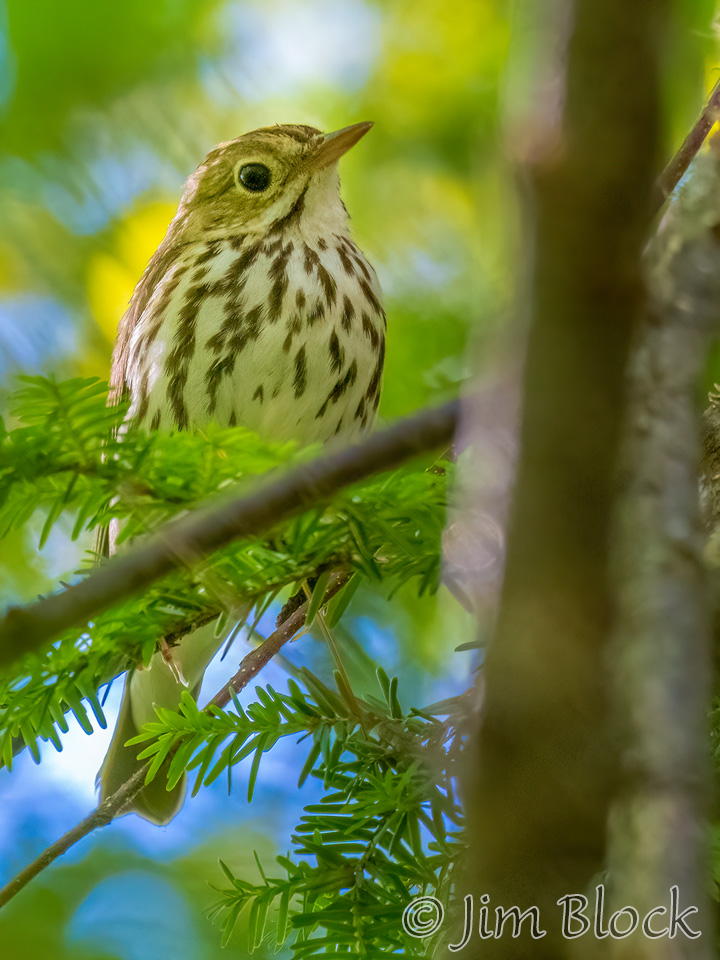

Along the Davis Path, I photographed a Red-eyed Vireo singing its monotonous song.
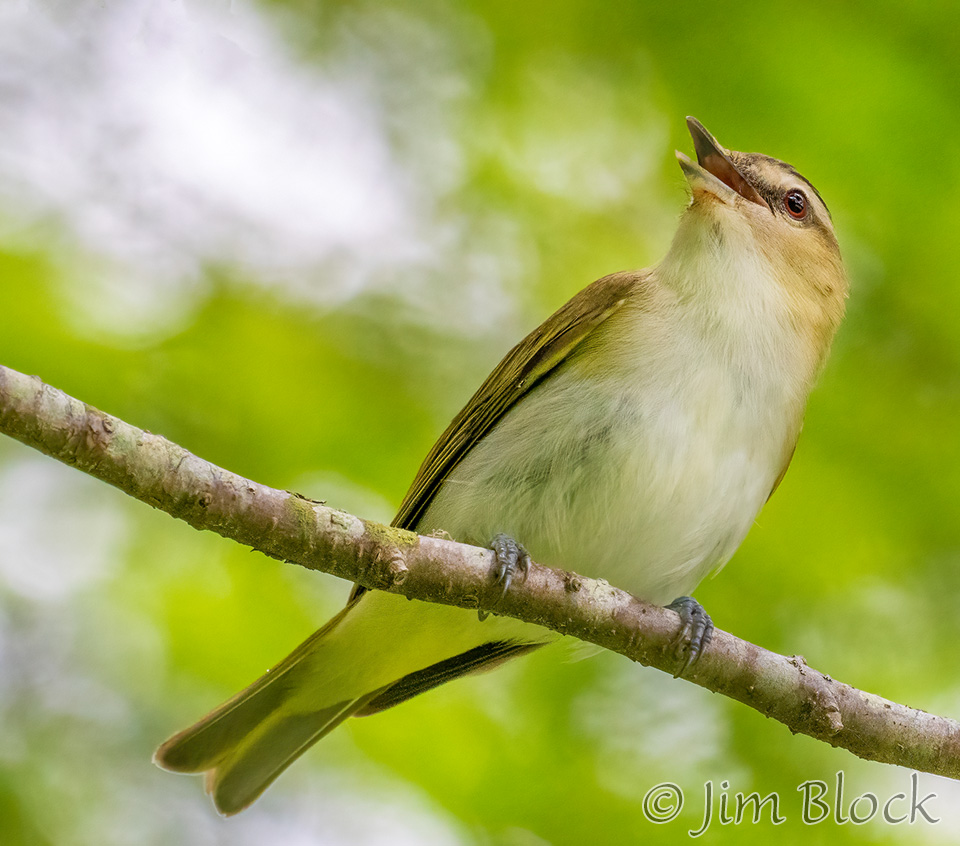
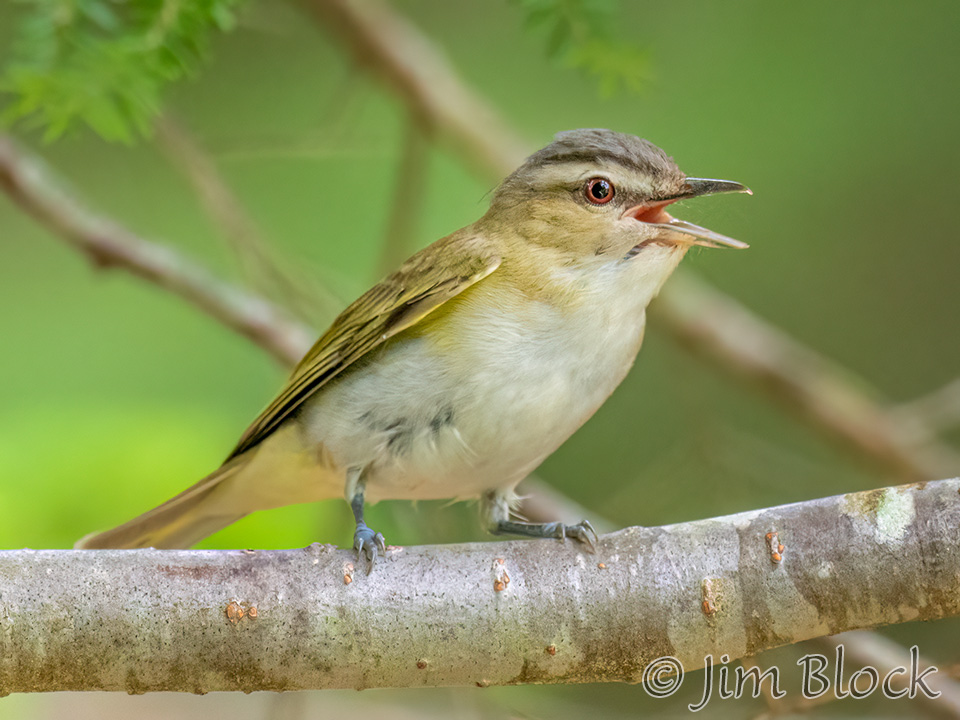
A female Pine Warbler was high in the trees.
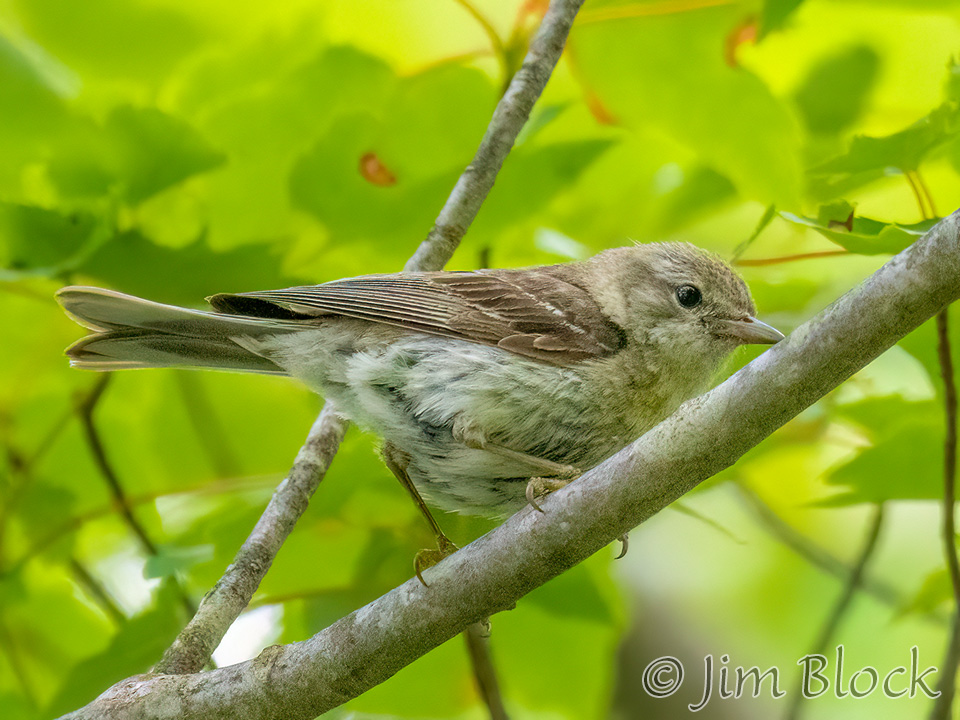
Some Cedar Waxwings were near the main viewing area.
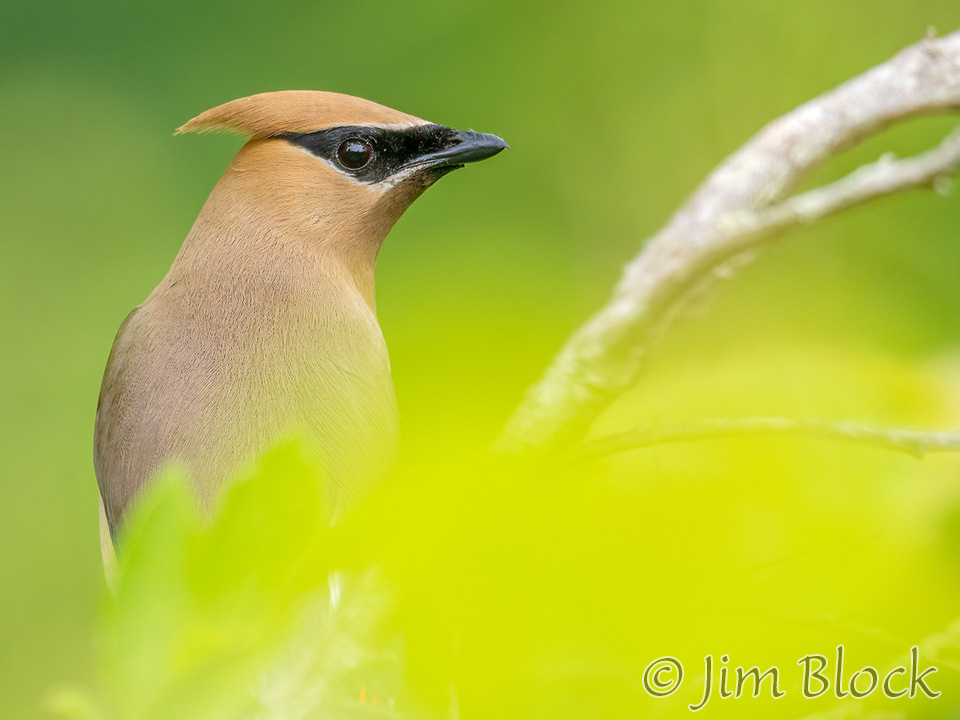
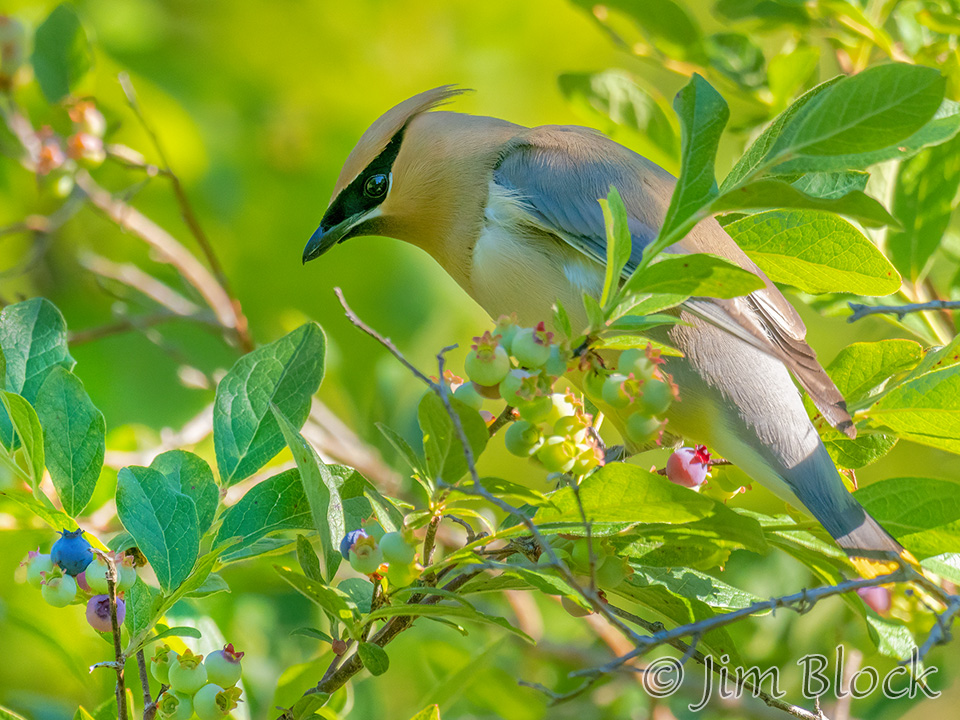
A beautiful Mourning Dove sat near the pond edge.
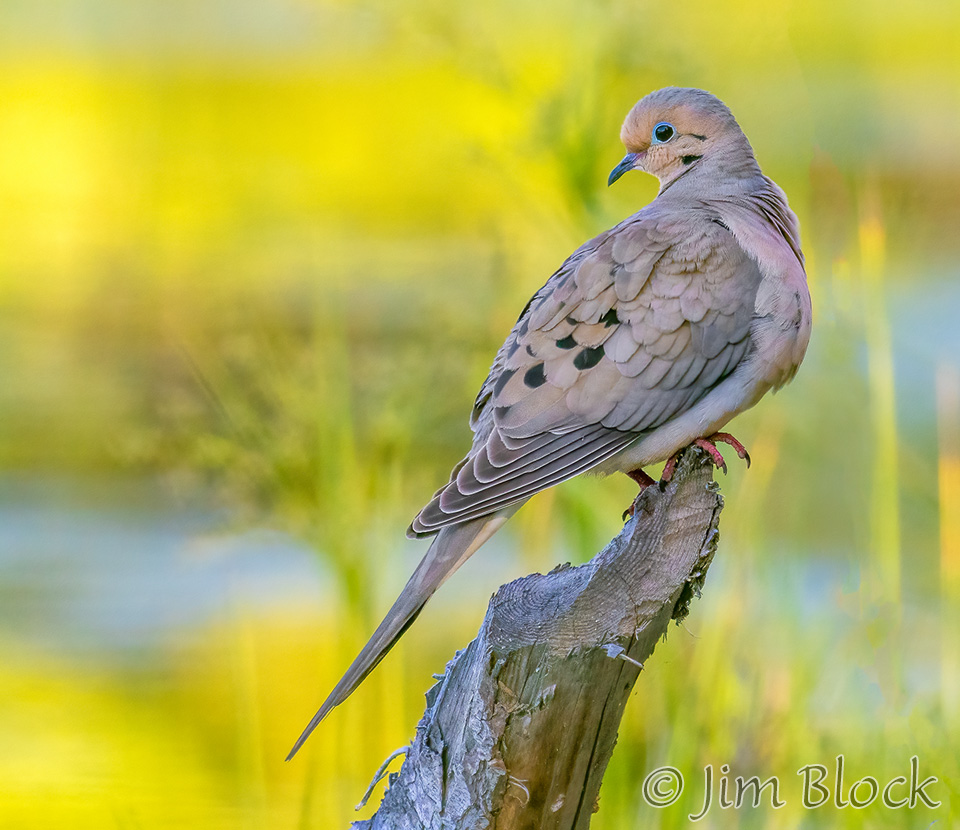
Below are views of Beaver Pond and its outlet that is Cascade Brook.
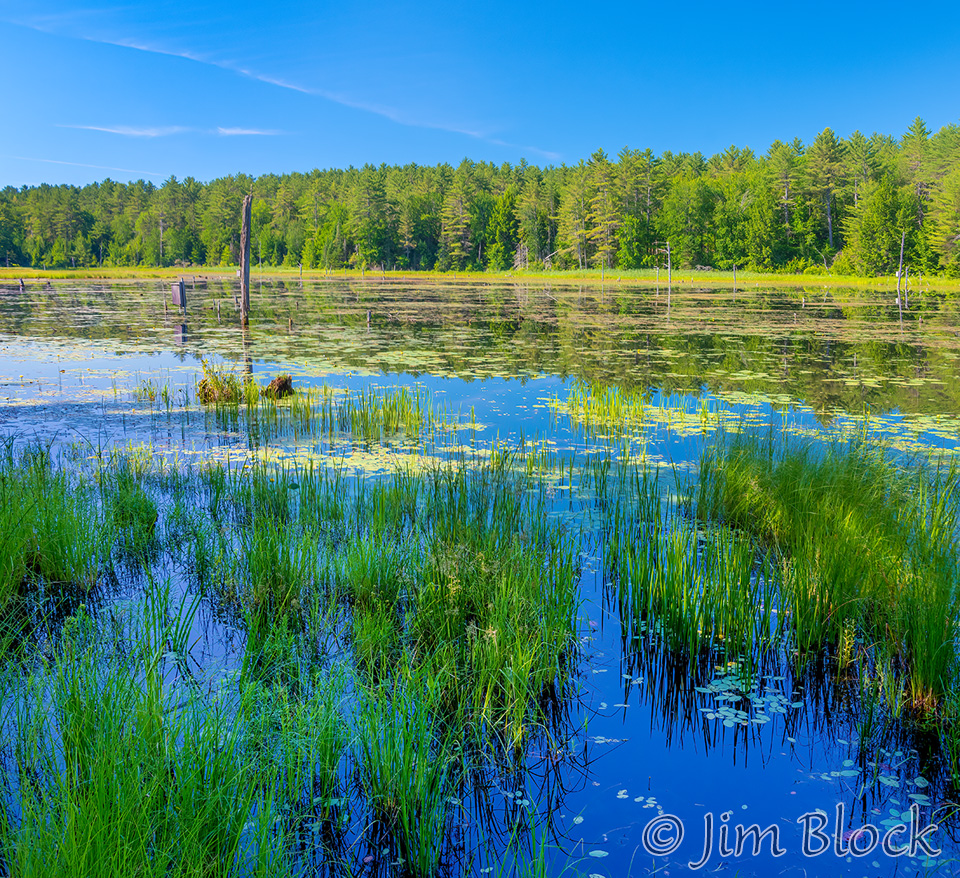

I saw an Eastern Kingbird far out in Beaver Pond.
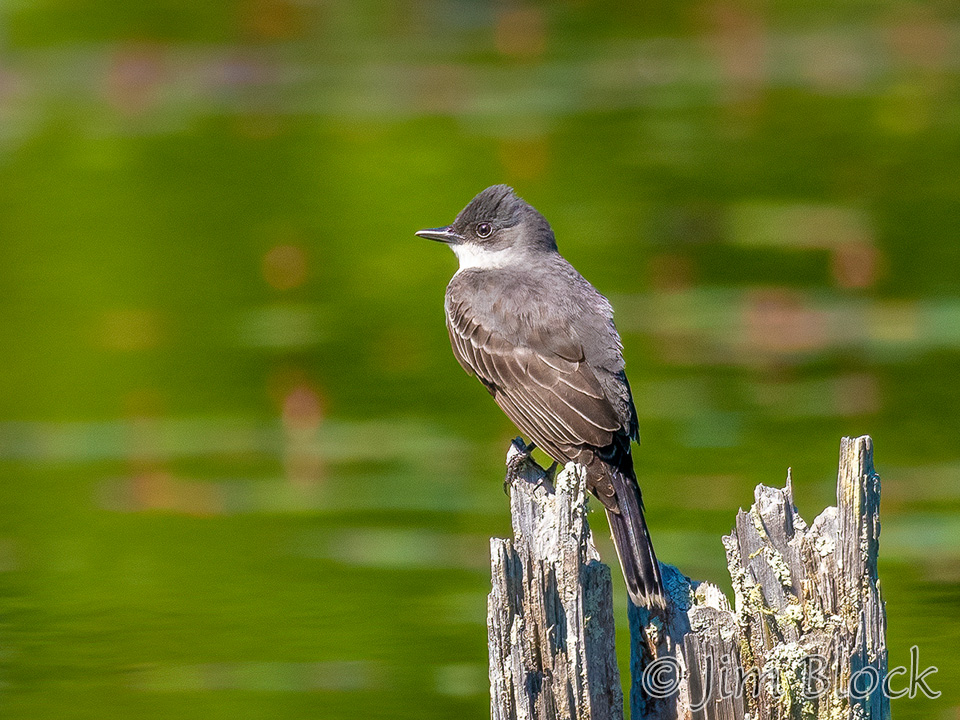
In the shrubby areas heading back to the parking area off Route 11, I found a Swamp Sparrow posing nicely and preening.
In the same general area, a pair of Common Yellowthroat warblers were interacting.
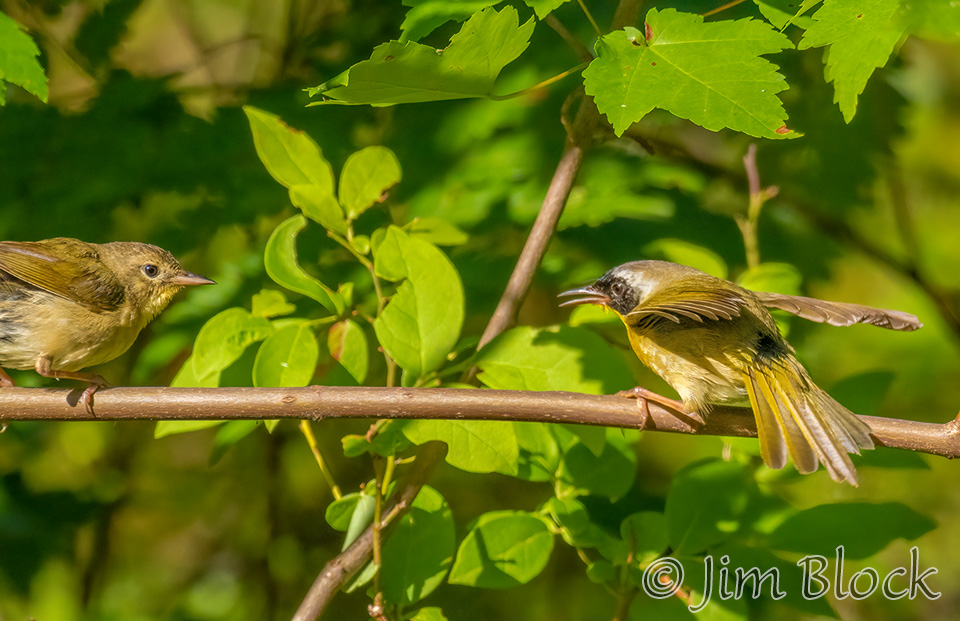
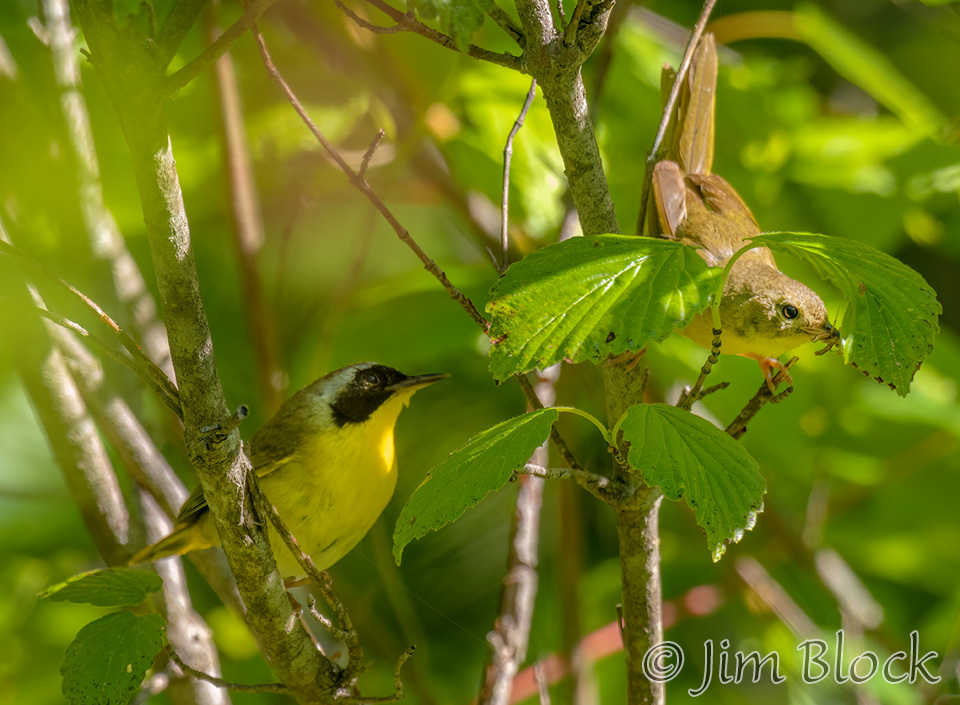
There must have been a nest nearby because the female was carrying insects in her beak, as seen in this cropped version of the photo above.
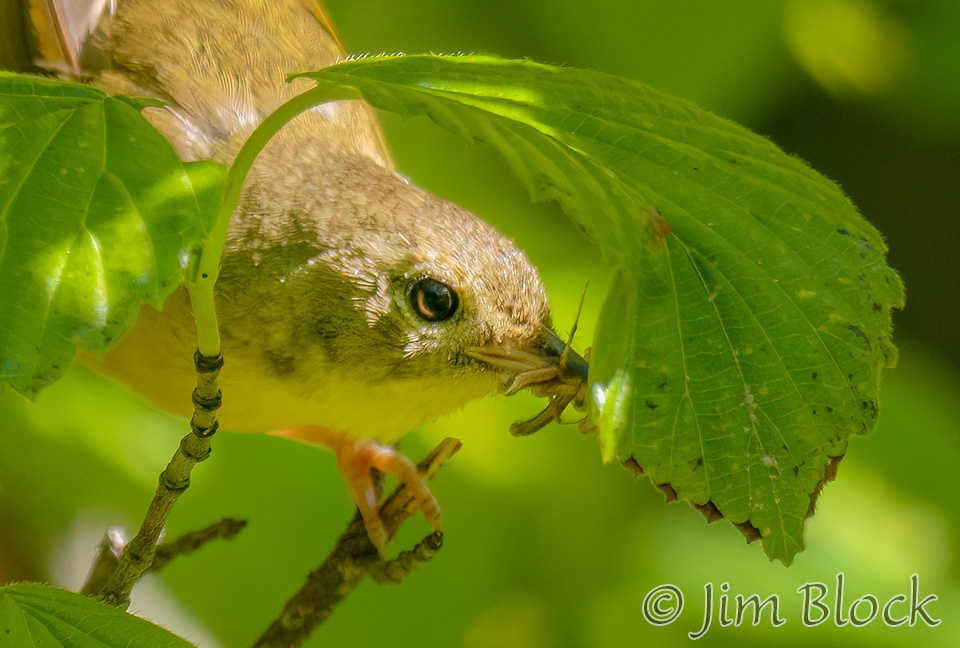
Here are two photos of the male alone.
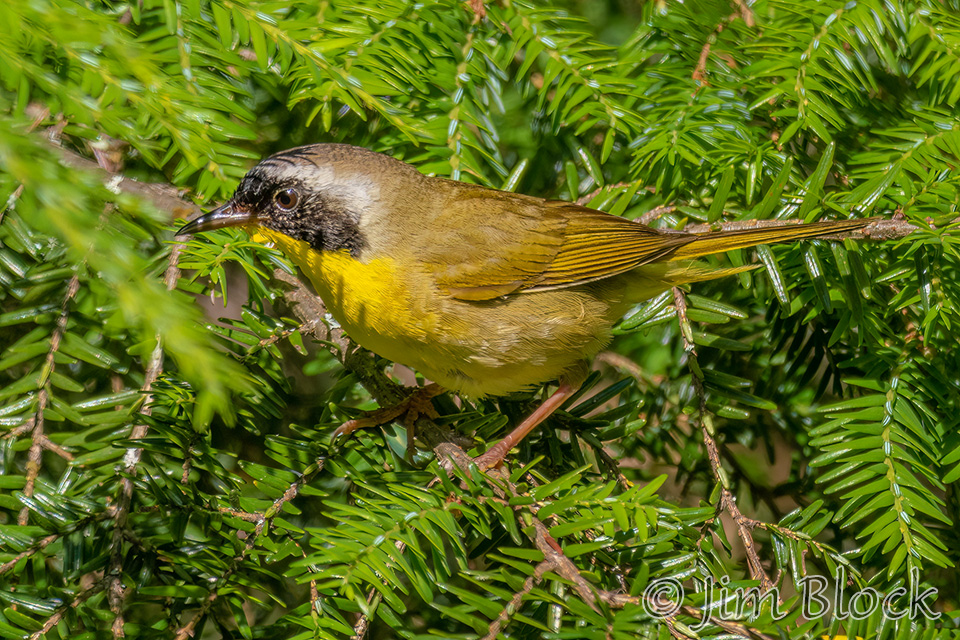
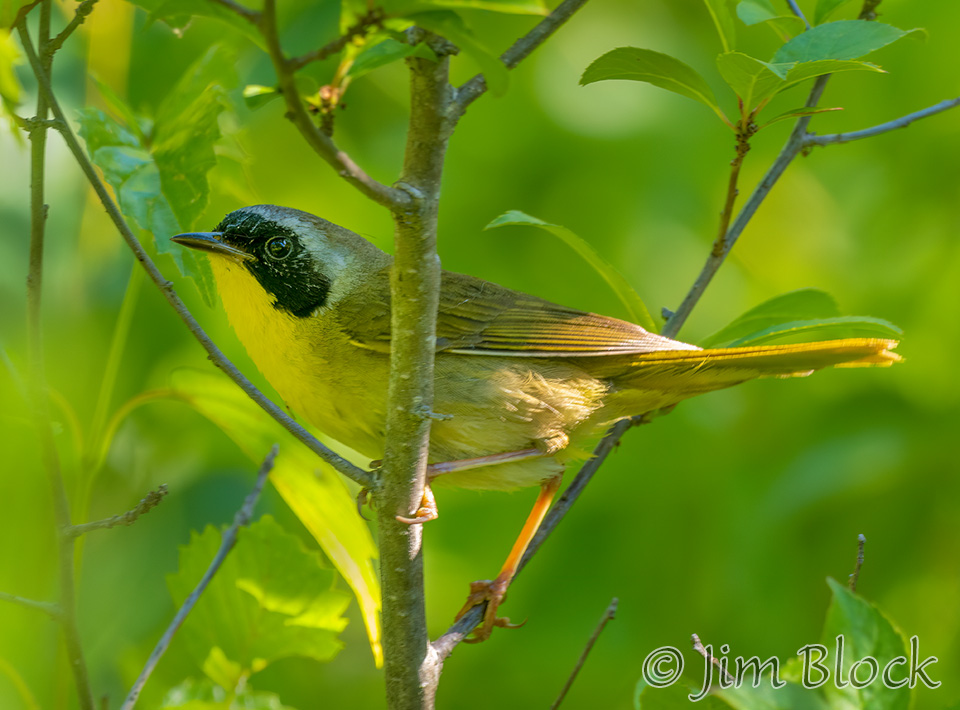
While there I photographed some Bullfrogs.
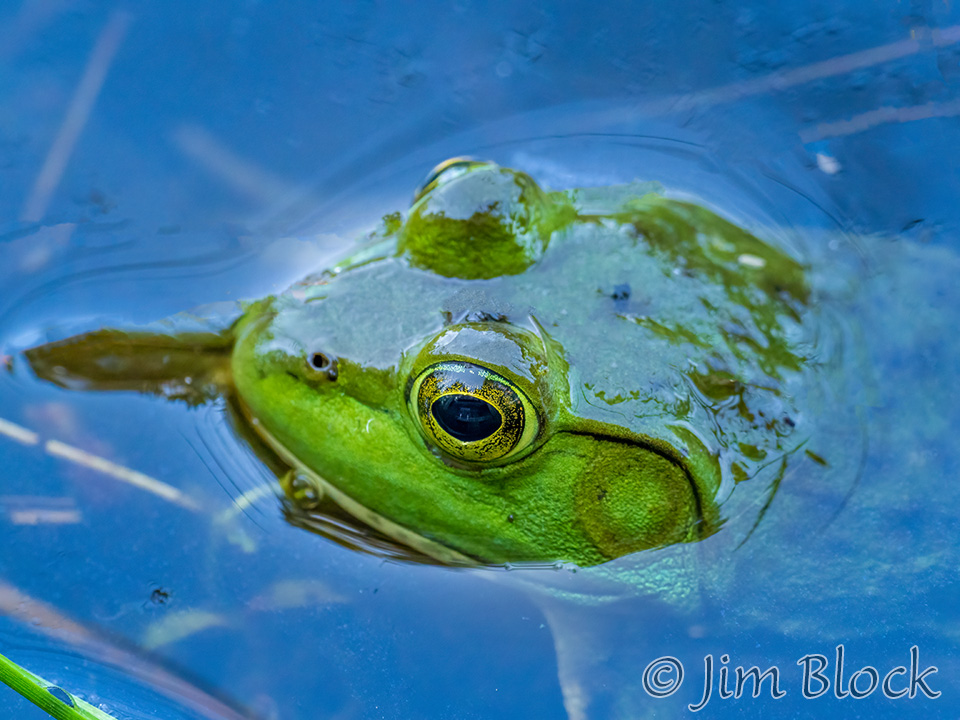

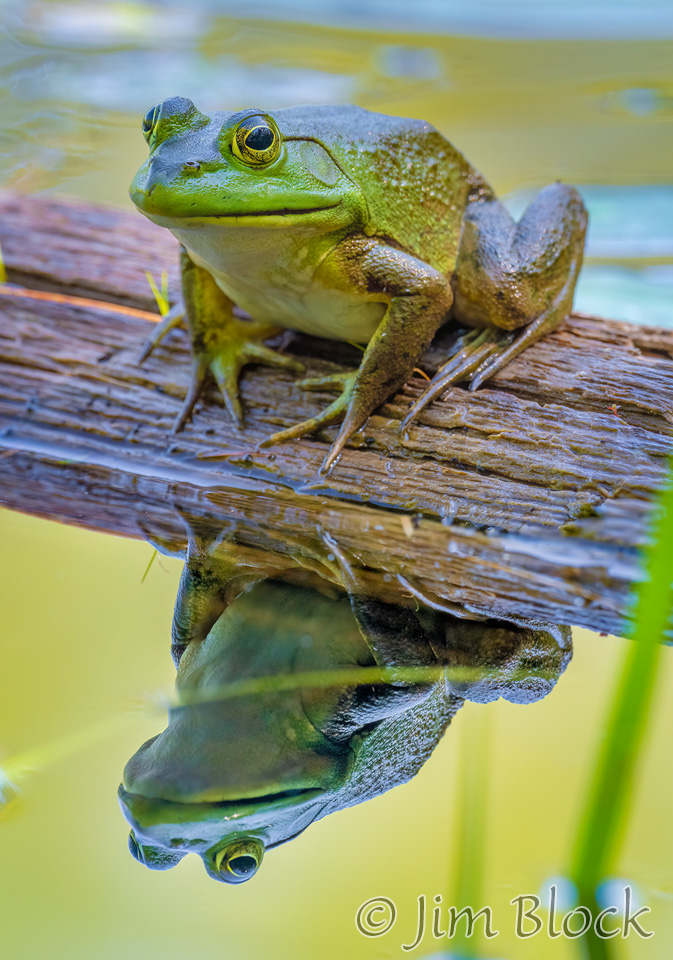
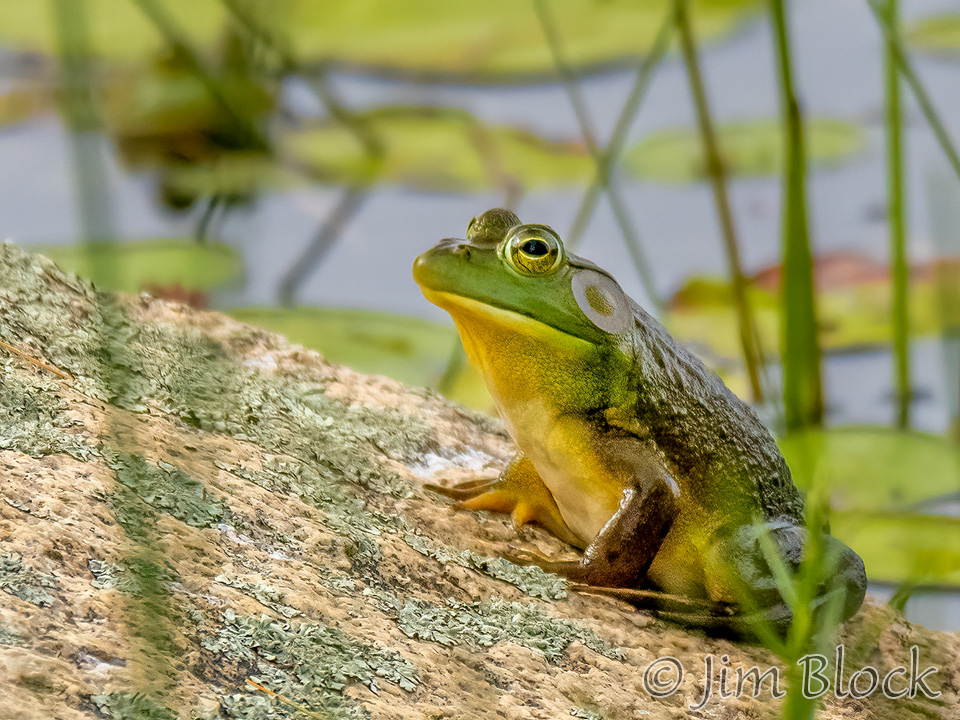
And a Painted Turtle.
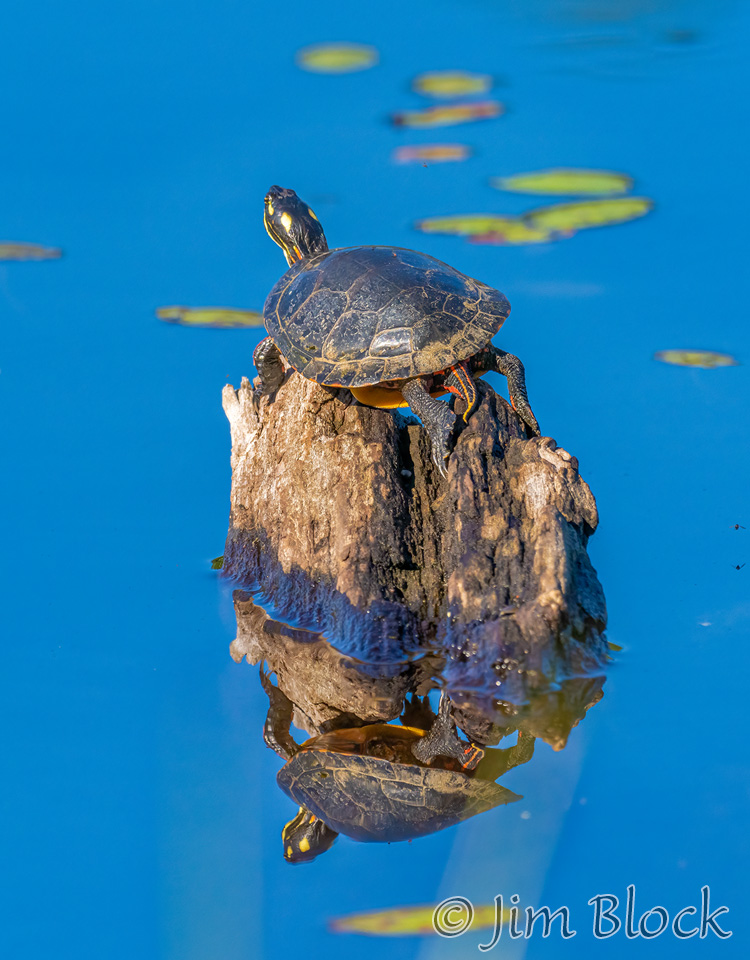
There were not as many dragonflies present as during past visits. But I did photograph an Ebony Jewelwing Damselfly and two dragonflies.

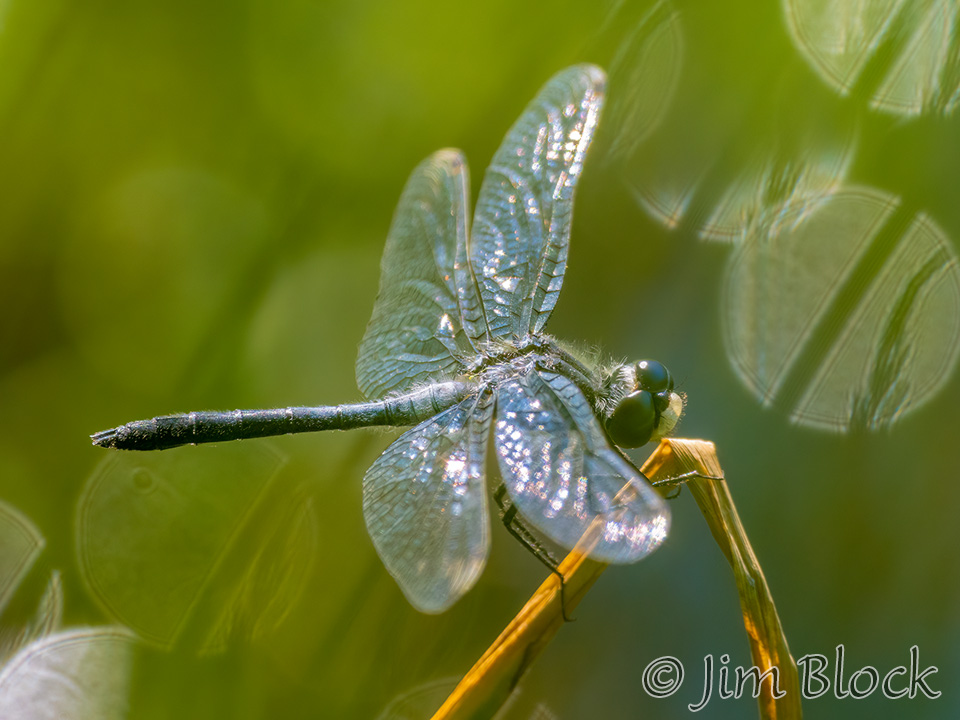
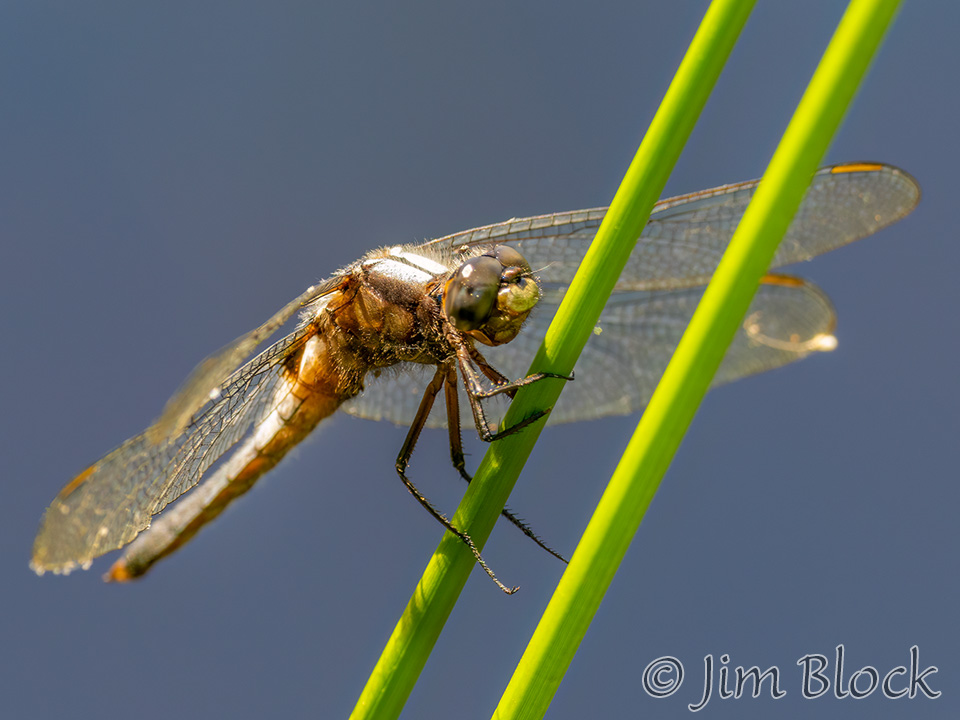
The following three sections on kingbirds, wood ducks, and green herons contain photos that were also taken at Esther Currier.
Flycatchers in the Rain
On a drizzly morning, I photographed Eastern Kingbirds interacting.
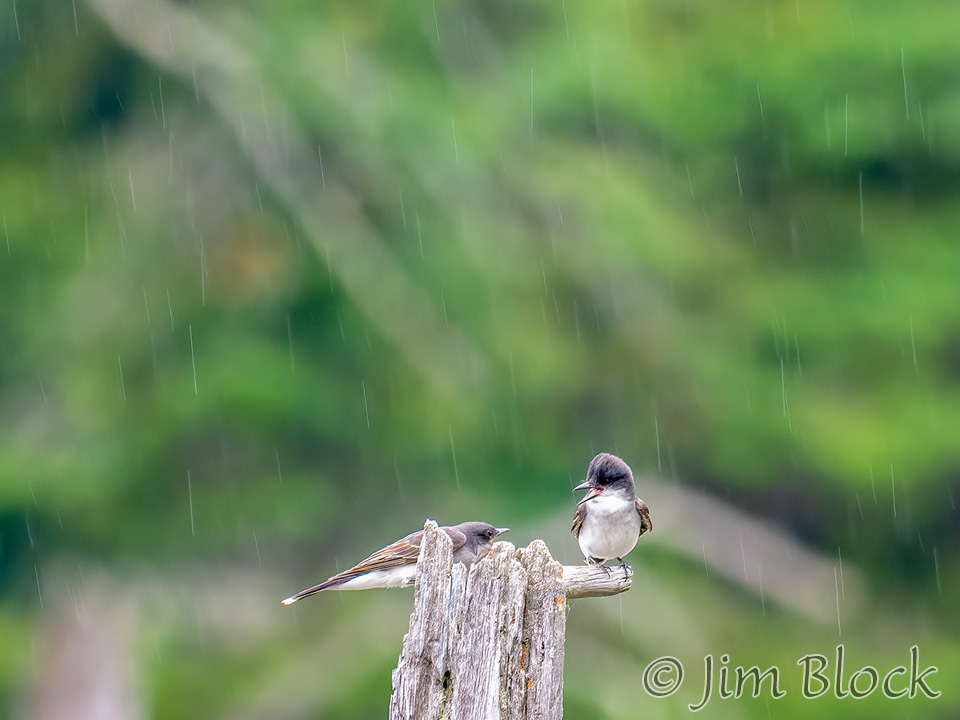
This Eastern Kingbird was picking insects off spider webs.
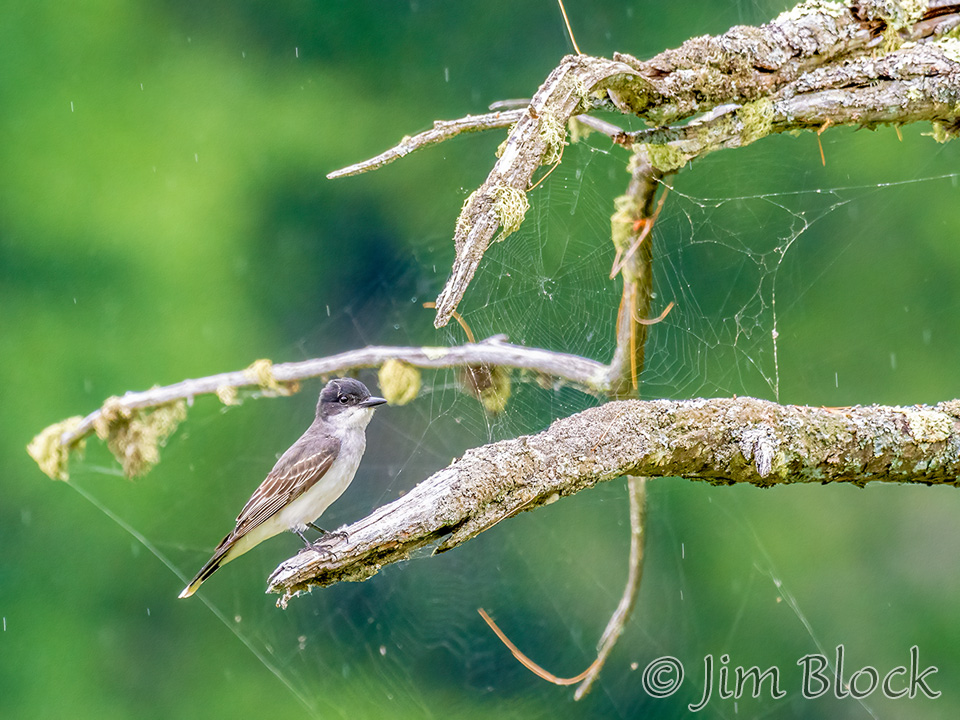
Here is a series of photo of the pair of kingbirds interacting on an old stump out in the pond.
Wood Ducks
On one visit to Esther Currier, I photographed a male Wood Duck in eclipse plumage sitting next to a painted turtle. After breeding, a male Wood Duck’s need for fancy feathers to attract the females has passed. The ducks molt, and their bright feathers are replaced with mottled brown ones. This bird seems to be partly molted.
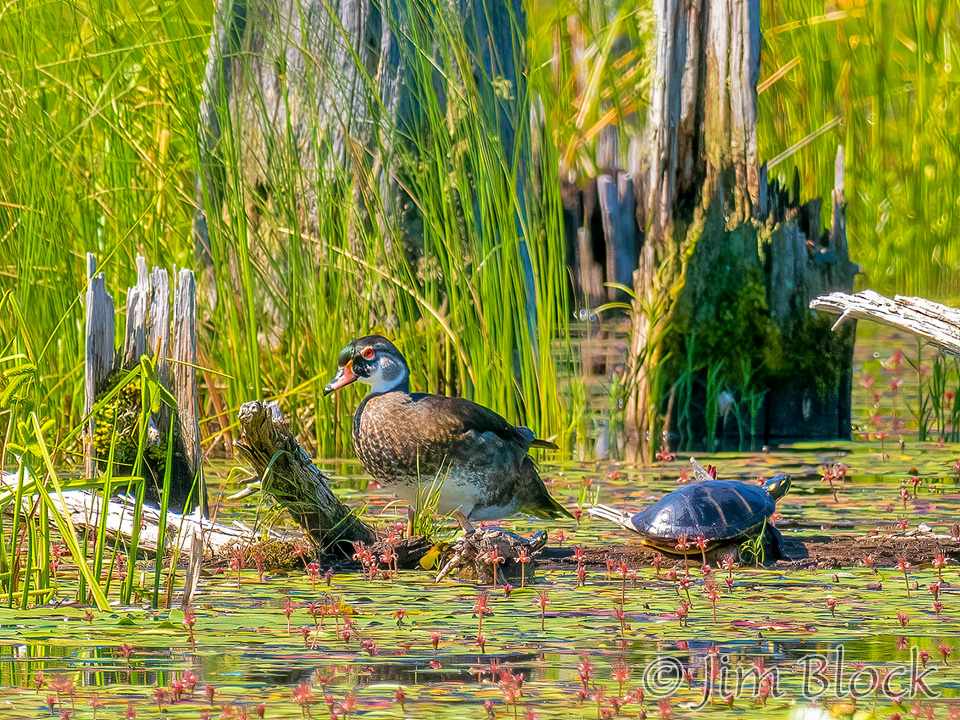
After it had moved farther away, I noticed it was joined by another eclipse male.
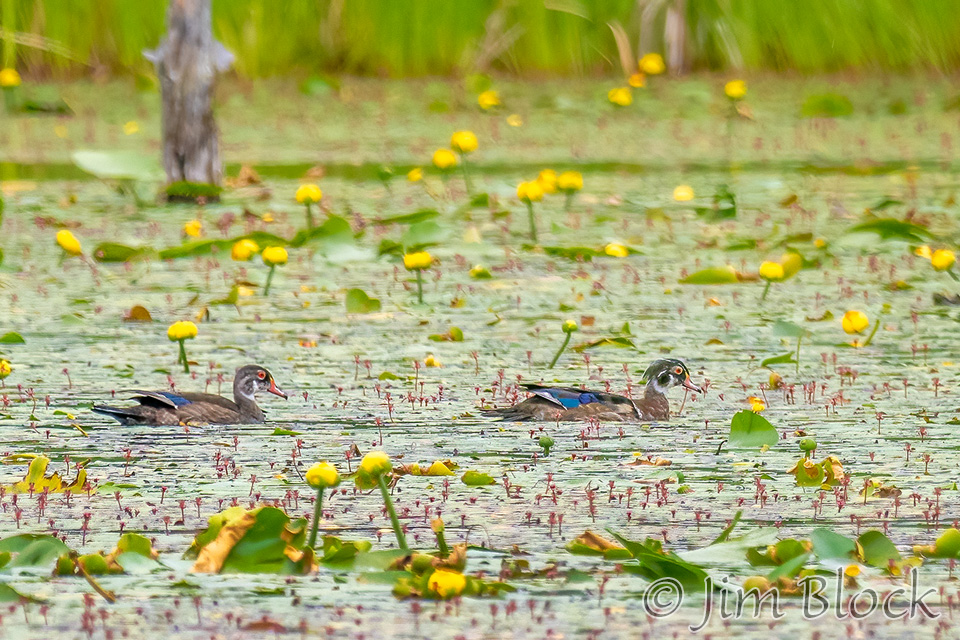
On another visit I photographed two different female Wood Ducks from the two blinds. One had three young following her.
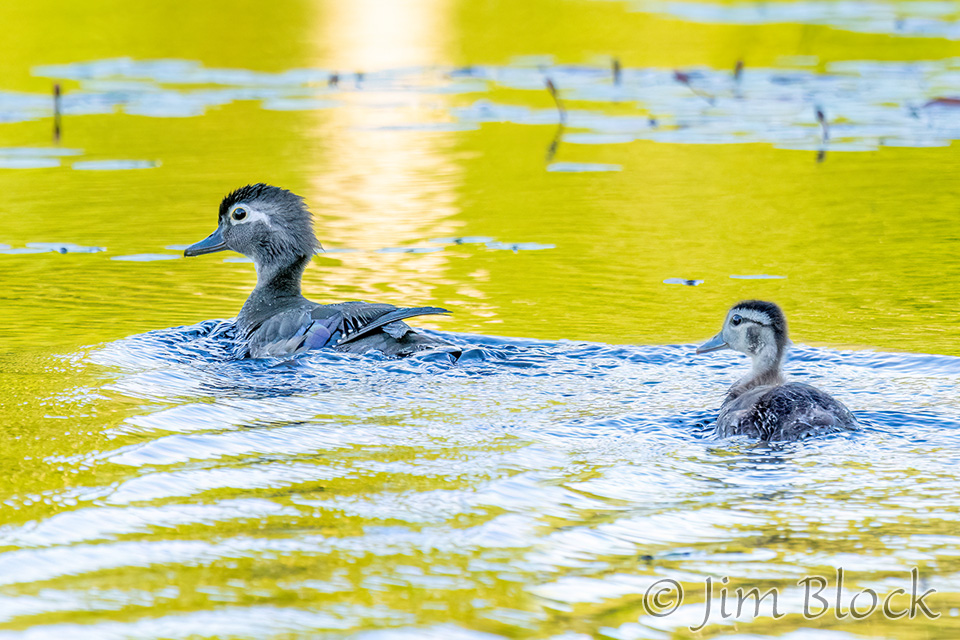
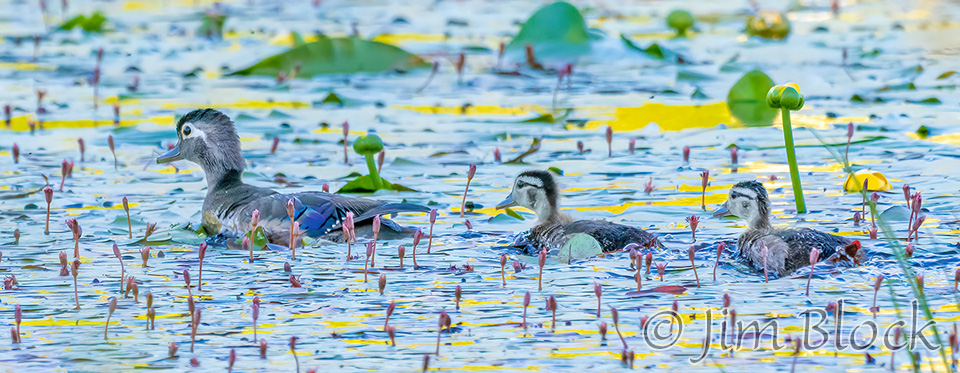
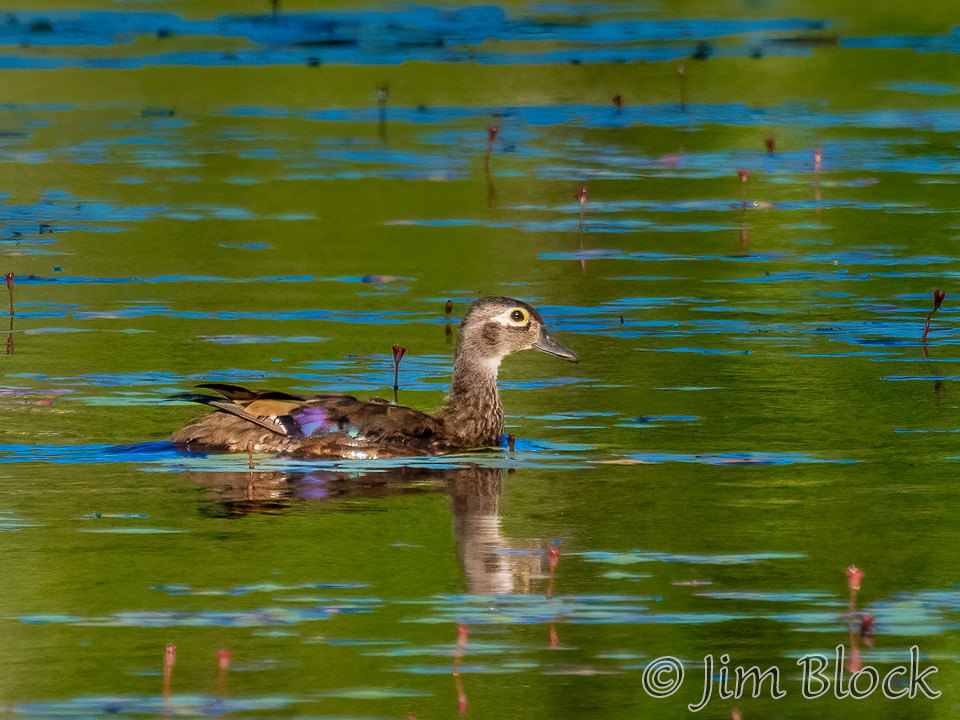
Green Heron
Jann and I visited Esther Currier WMA on July 4 and saw a Green Heron from the main viewing area. It was pretty far out, but there was a path I could take to get closer. I used a polarizing filter to tame the reflections off the lily pads.
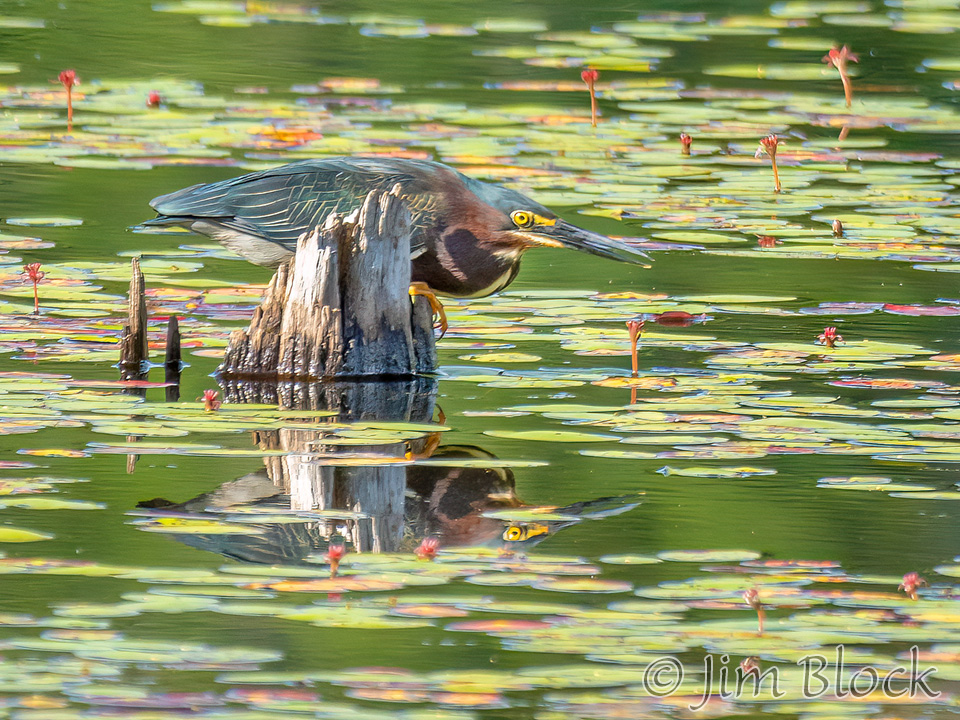
On another visit, I photographed a Green Heron from each of the blinds. It might have been the same one from both blinds and from the earlier visit.
Warblers
I found a number of warblers to photograph in early summer. Here are some of the photos I took.
Common Yellowthroats in Wilmot, Bradford, and Sunapee.
Chestnut-sided Warblers in Wilmot and Bradford.
Pine Warbler in Bradford.
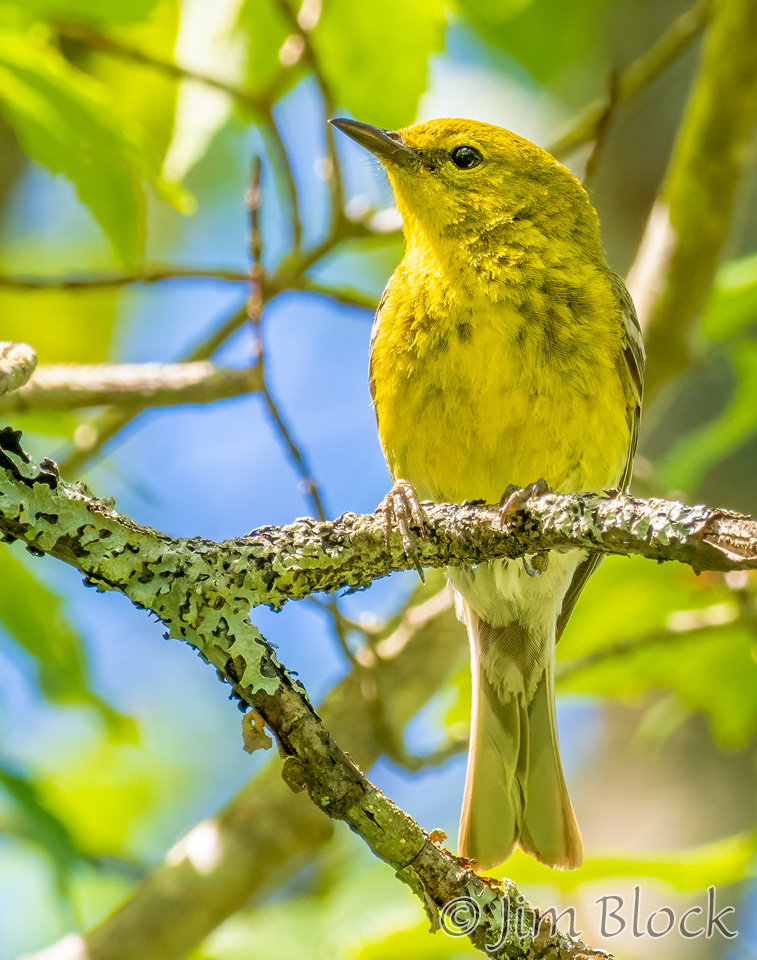
Ovenbird in Wilmot.
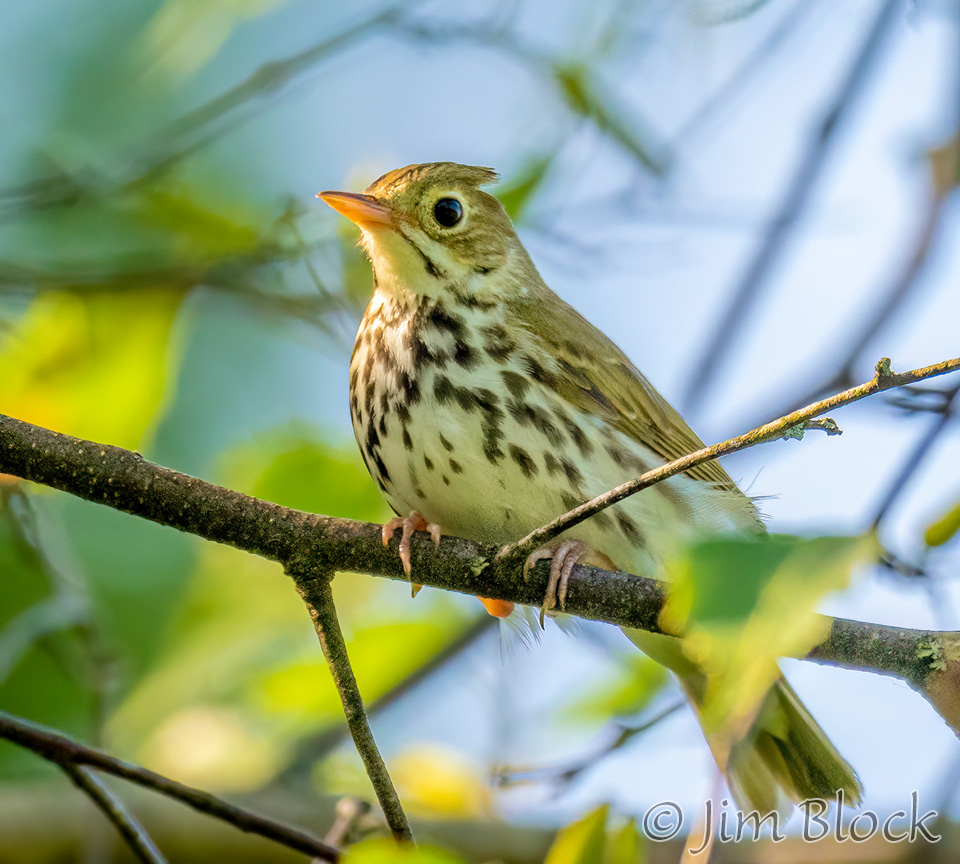
Male and female Yellow Warblers in Sutton followed by more Yellow Warblers including a second female — the one without stripes.
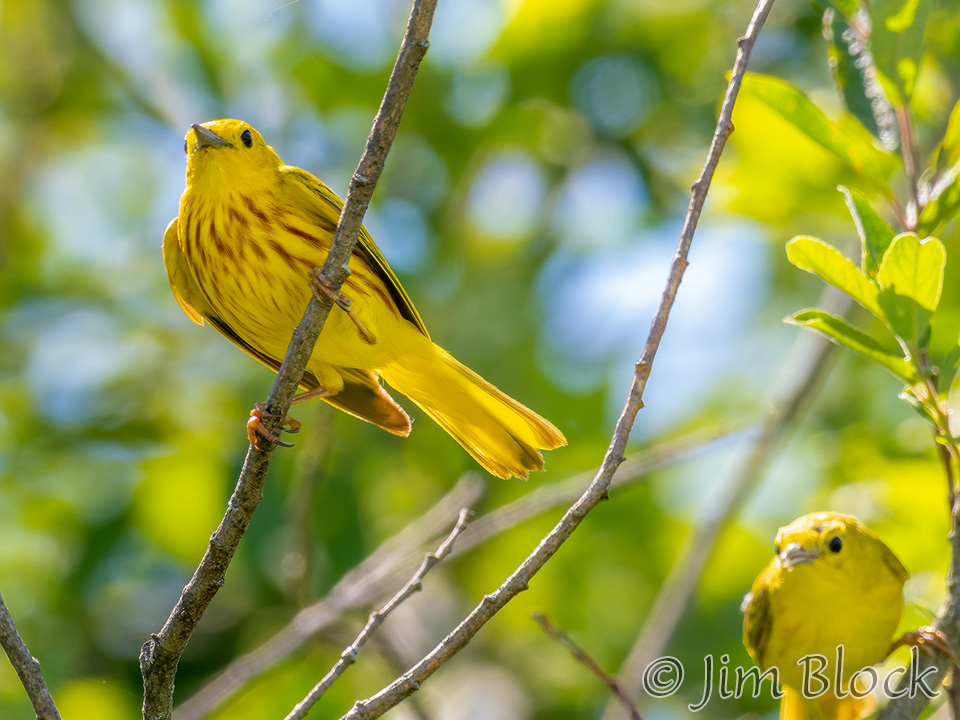
Black-throated Green Warbler in Sunapee.
Other Birds
Here is a slide show of other birds I photographed in early summer. In order they are: Ruby-throated Hummingbird, Common Merganser, Mallards, Cedar Waxwing, Gray Catbird, Canada Geese, Red-winged Blackbird, Common Loon (photographed from shore), and Veery.
Summit Trail on Mount Sunapee
On a beautiful summer day, four of us hiked the Summit Trail up and down Mount Sunapee. Here are a few photos. The mountains in three, in order, are Monadnock, Kearsarge, and Ascutney.
Mammals
At Langenau Forest in Wilmot, I photographed a beaver carrying some tasty (to it) leaves to its den. And on a rock wall in Sunapee, a chipmunk.
Scenes and Flowers
Lake Gunnison in Goshen is known as the “Goshen Ocean”. Here is a photo of the lake with Mount Sunapee in the background. There is a very nice three-mile trail around the lake.
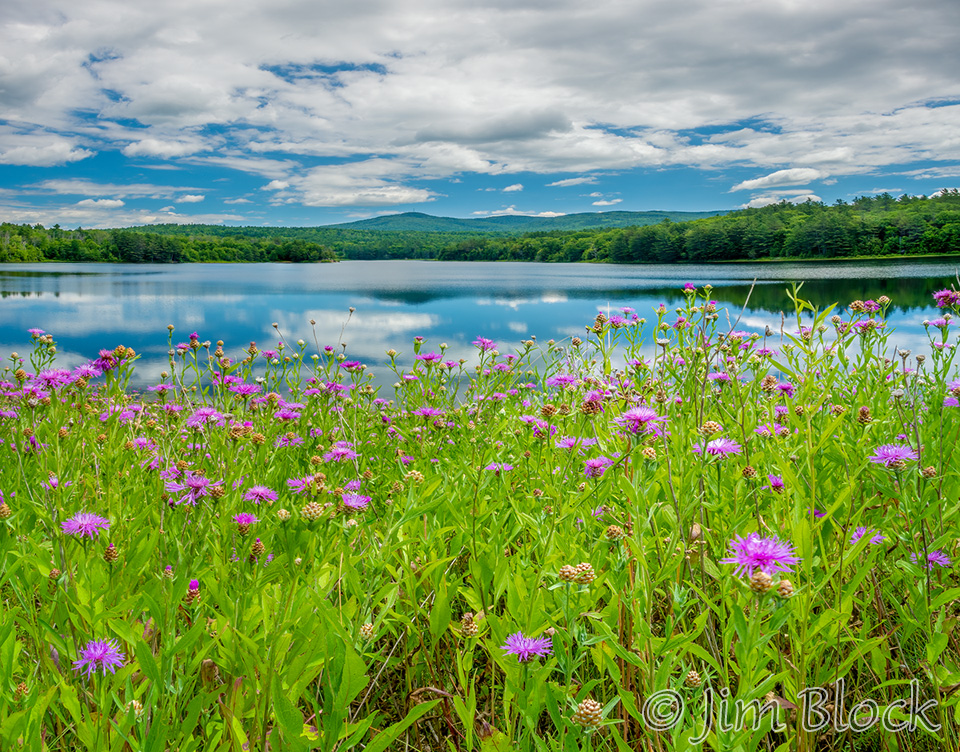
The flowers in the photo above are Brown Knapweed. There were almost 400 yards of them along the lake.
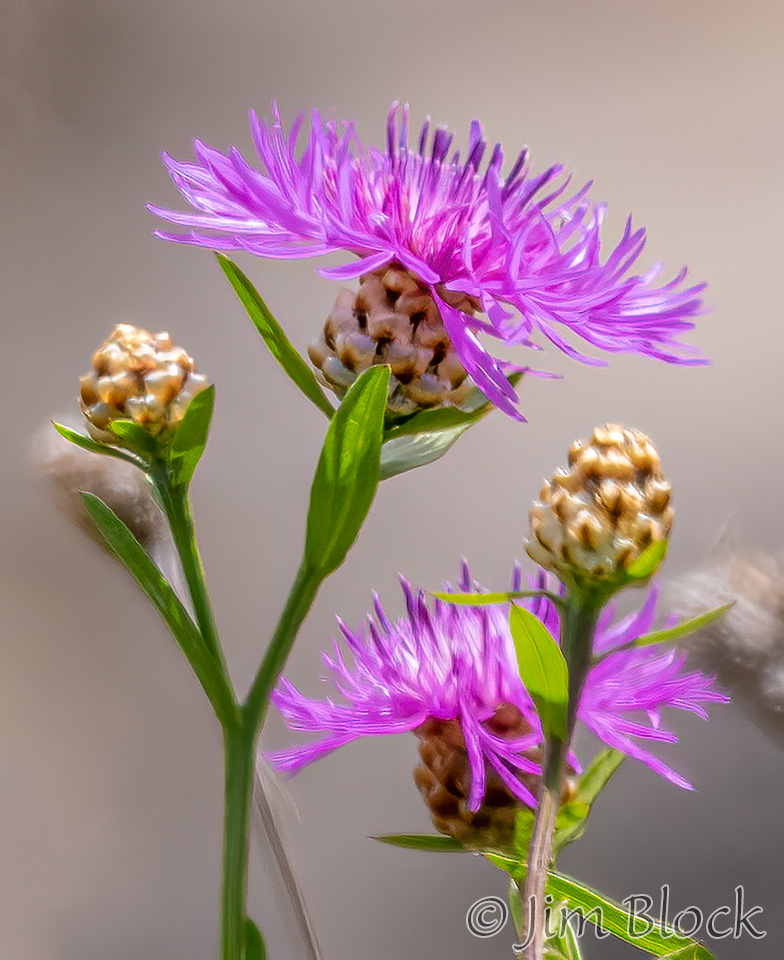
A farm in Bradford is being restored.
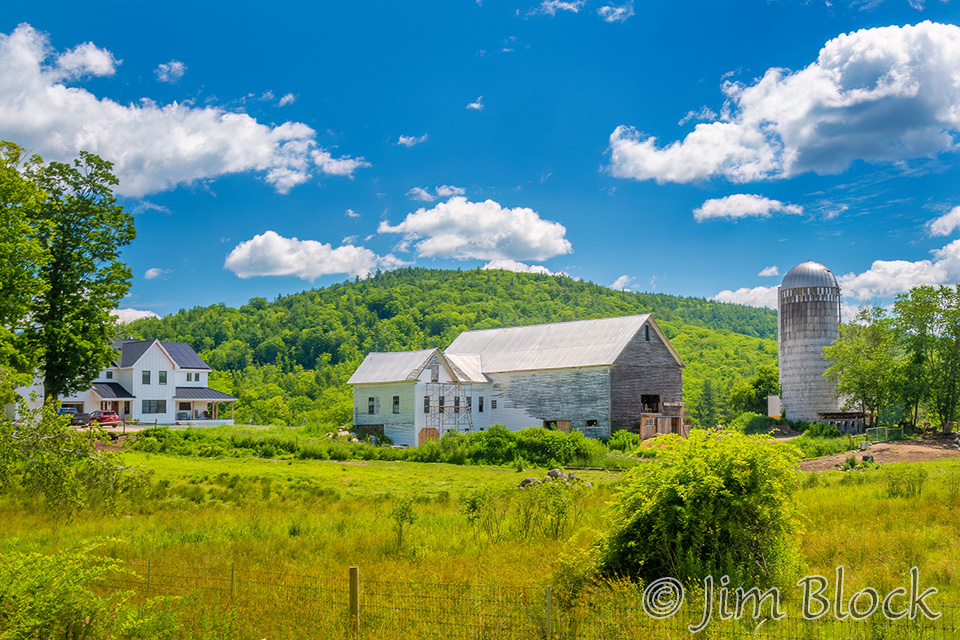
A field in Sunapee was soft in the early morning fog.
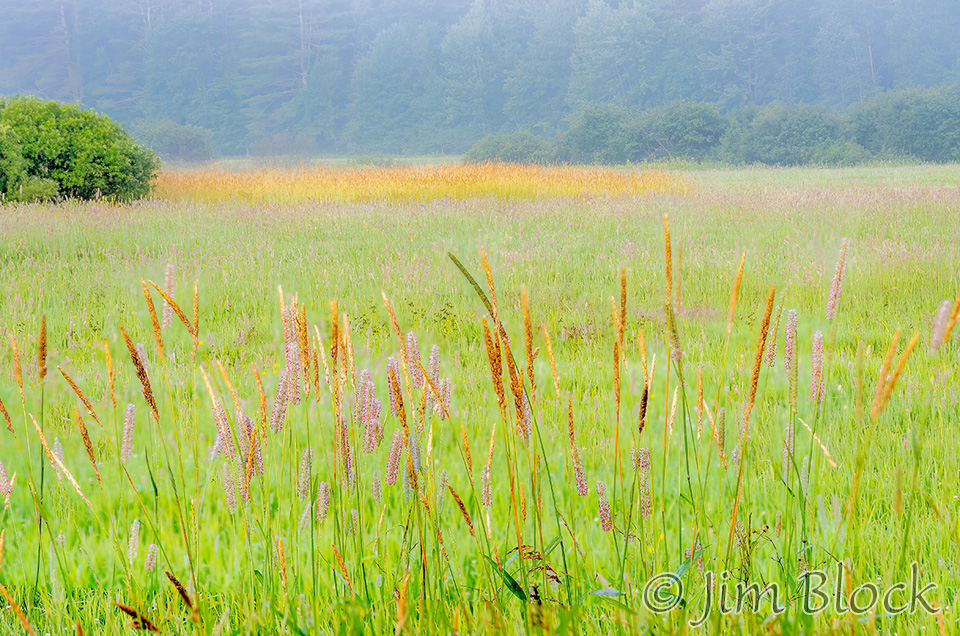
Mount Kearsarge from New London with the sun trying to burn through the clouds.
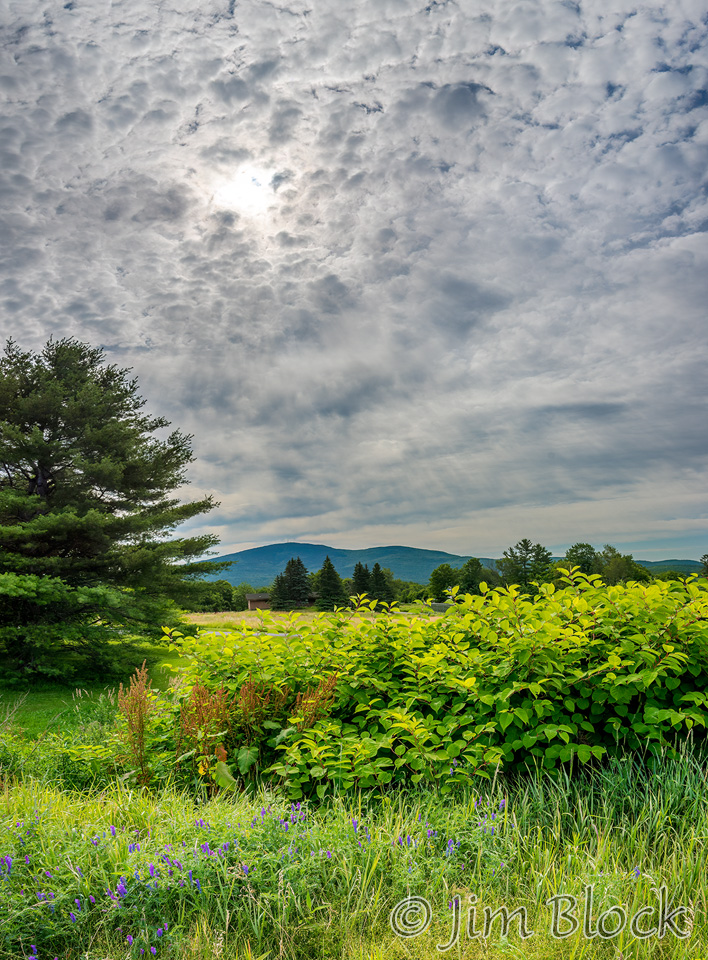
Cascade Marsh in Sutton with Mount Kearsarge in the distance.
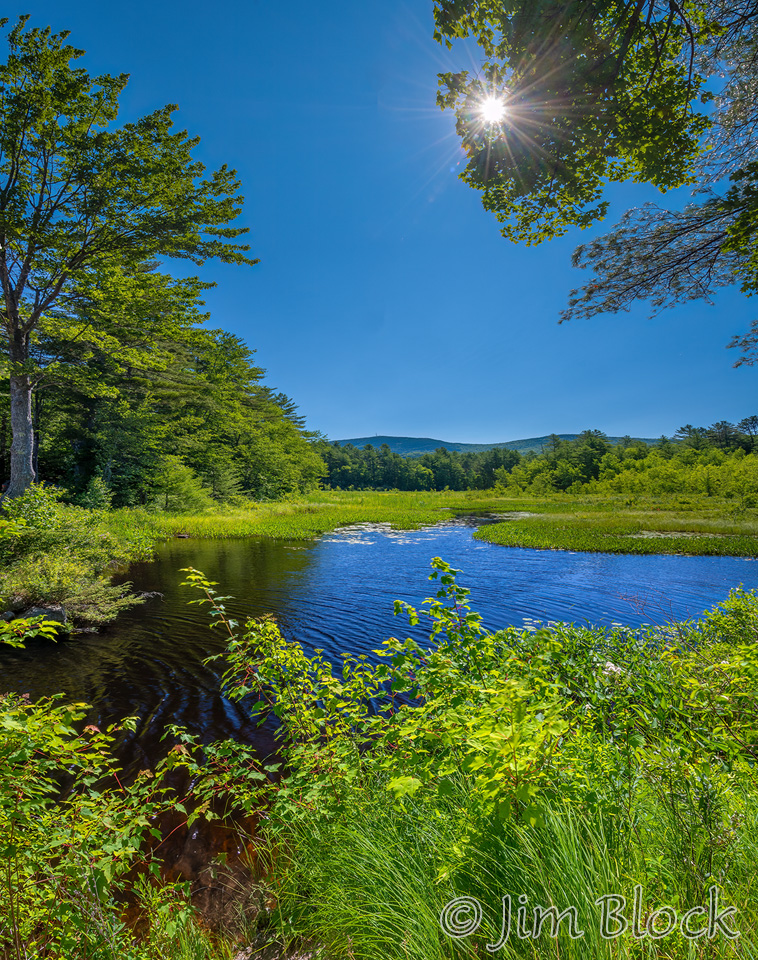
Mountain Laurel in Sunapee.
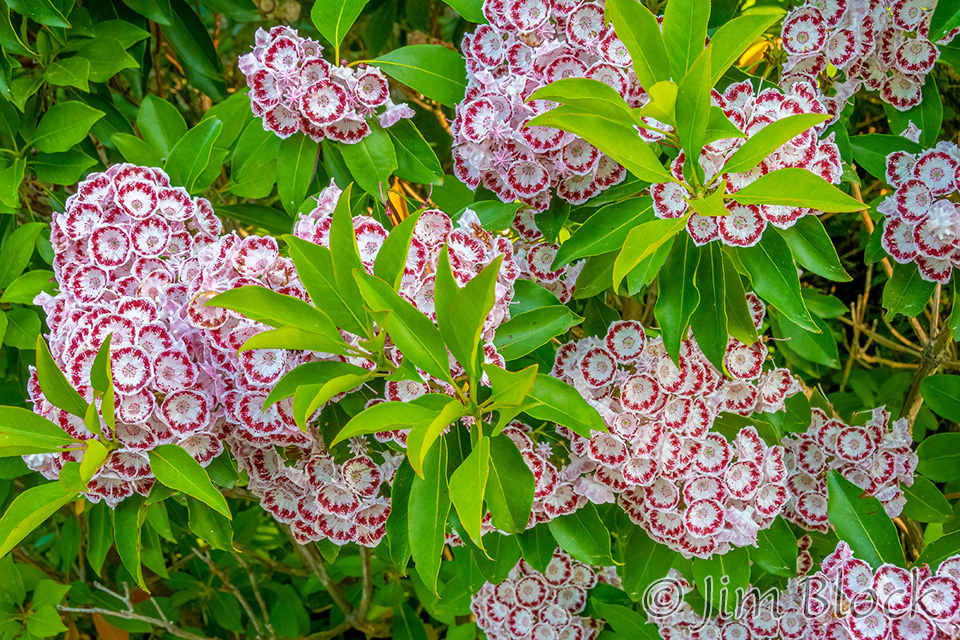
Rosa rugosa in Sunapee and Washington.
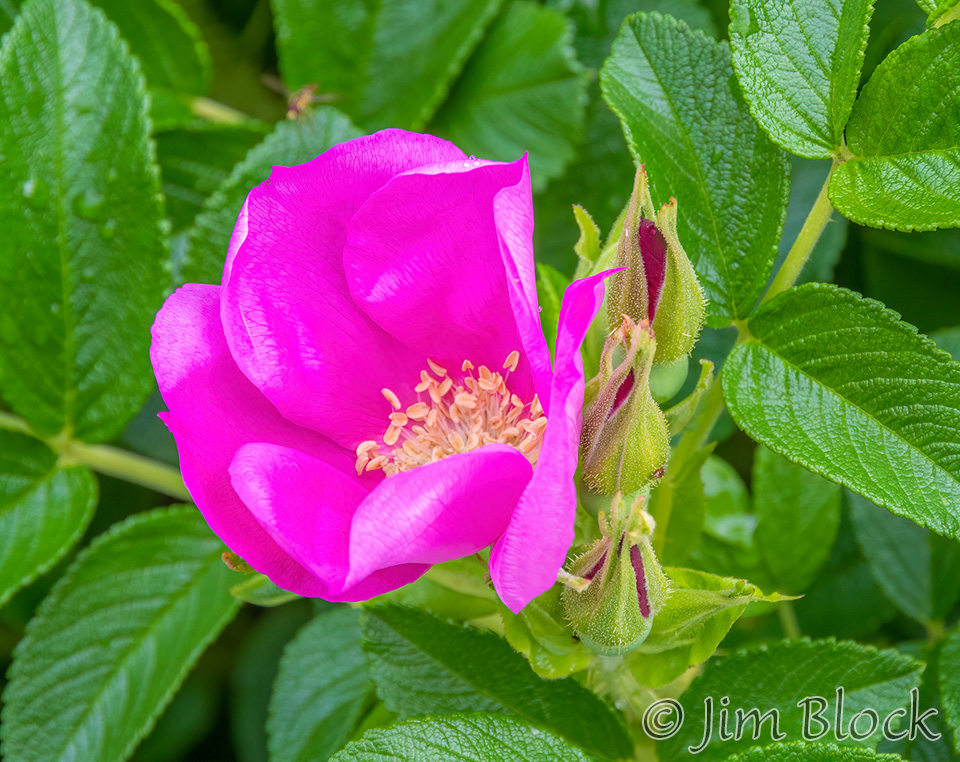
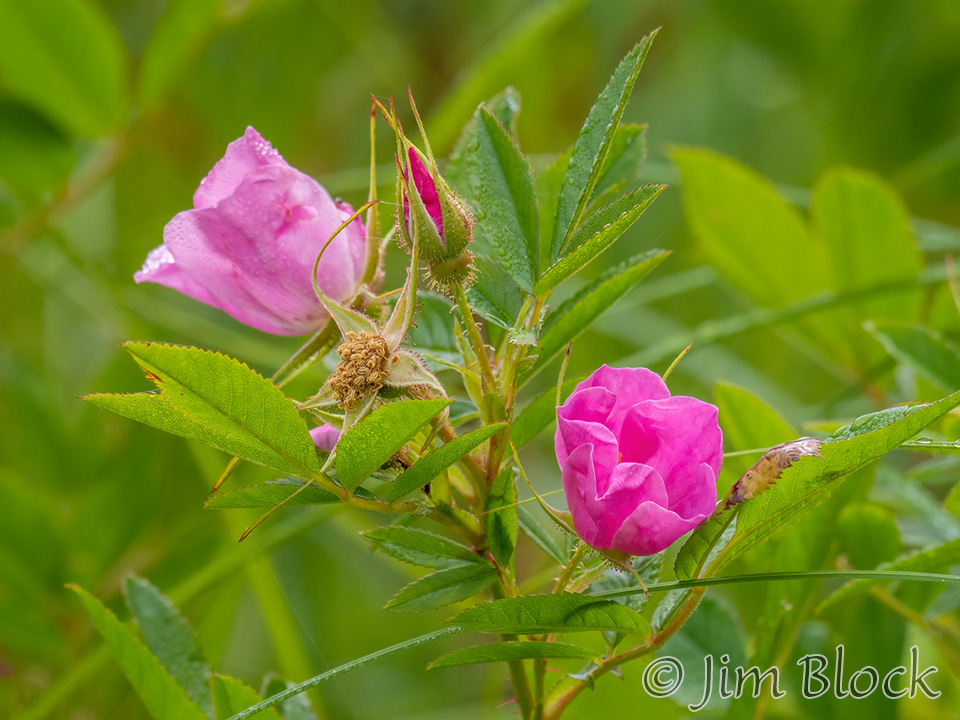
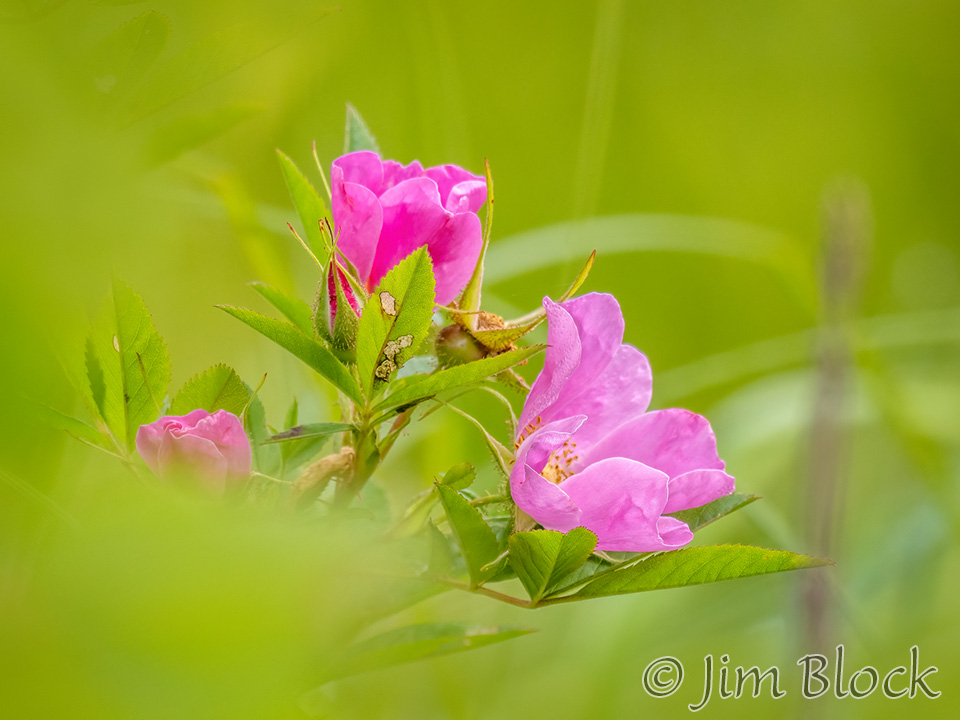
Finally, a few scenes from Sunapee.


